OUR ADVICE
The different types of mortgage for your property purchase
Are you looking for the right finance for your property investment and don't know which loan to take out to make your investment a success? MGM French Properties, as an expert in mountain property, will show you the advantages of the different types of mortgage and will help you choose the most suitable solution for your purchasing profile.
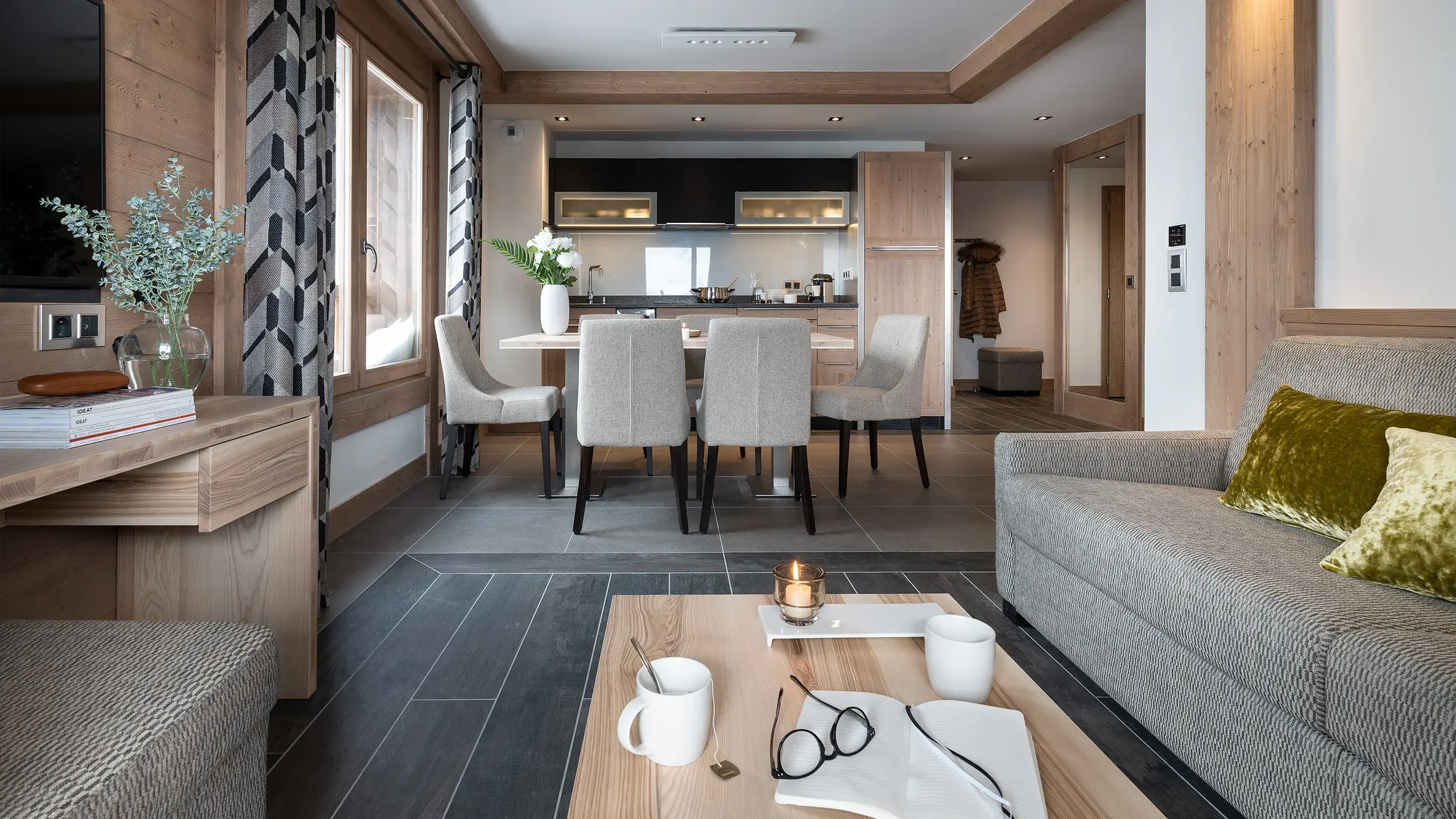
Purchasing in a tourist residence or a traditional property: The different types of mortgage loans
The amortising loan
Among the different types of mortgage, the amortising loan is the most frequently used financig in France. It allows you to finance your rental investment in a tourist residence or outright purchase.
An amortising loan is a loan where the capital is amortised over a set period of time. You repay part of the capital at each repayment date, as well as part of the interest. At the start of the loan, the interest payments are greater than the capital.
What are the advantages of an amortising loan?
- The amortising loan can be combined with other property loans.
- You can choose to pay higher or lower monthly instalments depending on the term of the loan taken out.
- The amount of interest is deducted from the rental income already received.
French mortgage rates for this loan? French mortgage rates for non residents?
When you take out an amortising loan, you have to choose between two types of interest rate:
- The fixed interest rate, which is fixed when you take out the loan. This rate will not change throughout the term of the loan.
- The variable rate: this may rise or fall throughout the term of the loan, depending on decisions taken by the European Central Bank. This rate can be capped, meaning that a certain percentage variation is defined in advance. An example: for a rate of 3.5%, the rate can be capped at plus or minus 1 percentage point (the rate will never rise above 4.5% but will never fall below 2.5%).
The bullet loan
The bullet loan allows you to defer repayment of the capital: you only repay the interest on the capital (and insurance premiums) for the duration of the loan. The bullet loan is non-amortising. The capital is repaid in one single instalment at the end of the term.
Generally, banks require you to build up capital in the form of savings (known as a backed investment). These savings may take the form of a capitalisation bond or life insurance, for example. The savings will be used as collateral to repay the capital borrowed. Other guarantees are often required by the lending institution; these vary according to the bank and the borrower's financial situation.
What are the advantages of a bullet loan?
- Significantly lower monthly repayments compared with a conventional amortising loan.
- The interest is deducted from the rental income already received.
Need more information?
What are the differents types of loans? There are others to discover
The bridging loan
Why should you take out a bridging loan?
A non-amortising bridging loan is used to finance your new home if you haven't yet sold the property you want in order to finance the new purchase (or if you don't have any immediate plans to sell).
The bank offers you an advanced payment until the property is sold, enabling you to obtain the funds you need to buy the property you want.
With a bridging loan, the lending institution advances between 50% and 80% of the value of the property. The bridging loan usually has a term of 1 to 2 years, although you can ask for a further 12 months if the first property has still not been sold. Once the first property has been sold, you can use it to repay the capital you have invested in your new purchase.
Similar to a bullet loan, you repay the interest throughout the entire term of the loan, so the capital is repaid at the end of the term (known as a partial grace period).
The loan can also be repaid in a single instalment (capital + interest) at the time of sale (only the insurance premiums are paid monthly).
What are the advantages and guarantees of a bridging loan?
Because there is no initial capital, the lending institution requires guarantees (deposit, lender's lien, mortgage). These guarantees must cover the total amount of the bridging loan and any other outstanding loans.
There are a number of ways to arrange a bridging loan:
- Dry bridging loan: The bridging loan is sufficient to finance the home; To take advantage of this option, the price of the property to be financed must be less than 80% of the price of the property for sale.
- A bridging loan combined with an amortising loan; if the value of the new property is more than 80% of the value of the property for sale, you must take out an additional amortising mortgage. The rate on both loans is often indexed to the rate on the bridging loan.
- You can buy a property with no deposit and benefit from the funds without having to wait for the previous property to be sold.
Loans to support first-time buyers
Loans to assist first-time buyers are mainly reserved for households wishing to buy a primary residence. This financing solution can also help you with your property rental investment plans.
Conventional loan
There are no income requirements for this loan, which enables you to finance the purchase of a home or rental property on condition that the tenant makes it their principal residence. This loan is available regardless of income. When you decide to rent out your flat, you can deduct the interest paid on the loan when you declare your rental income. This is also the case when you buy an MGM property as a residence.
Discover our property developments
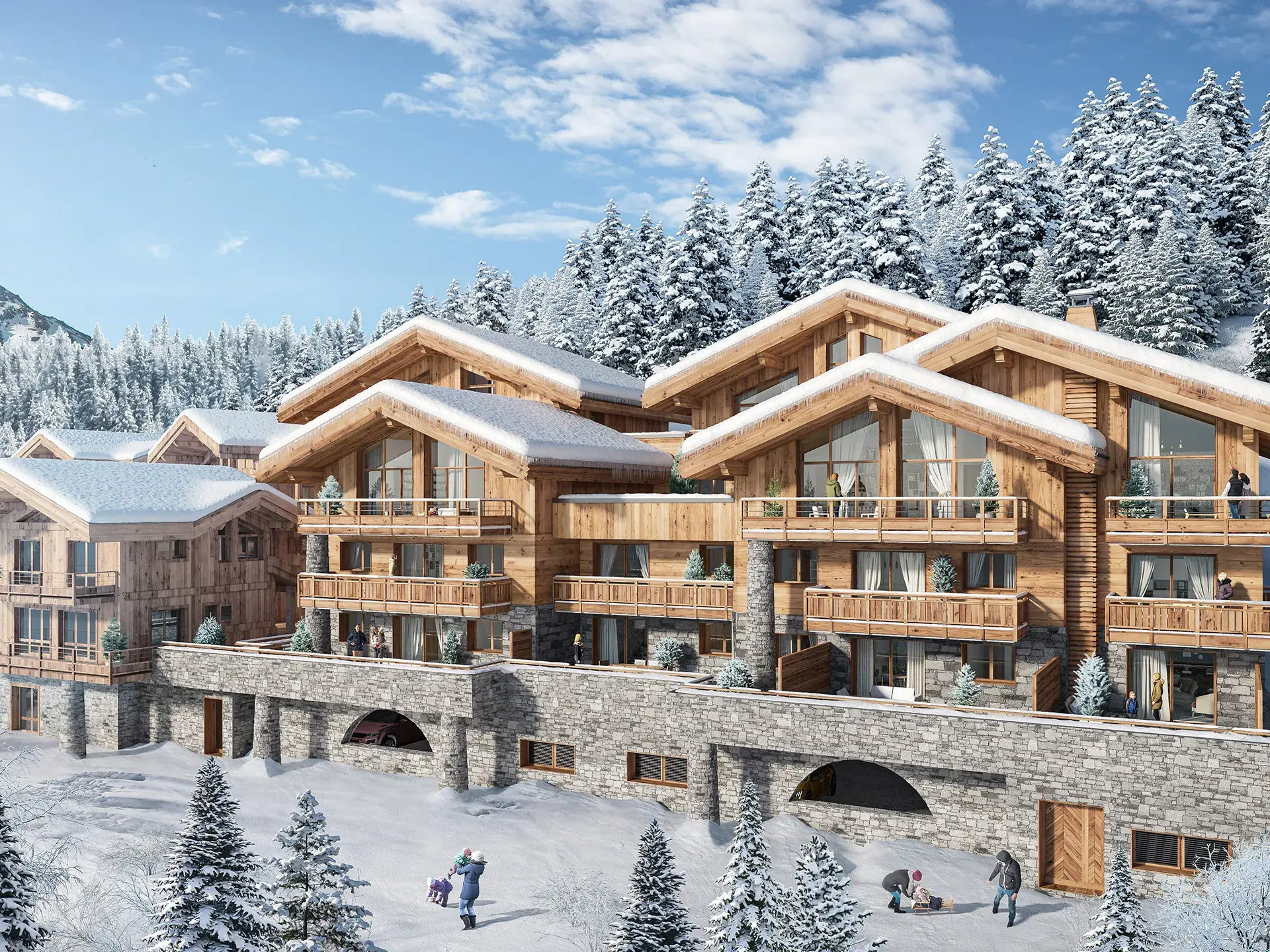
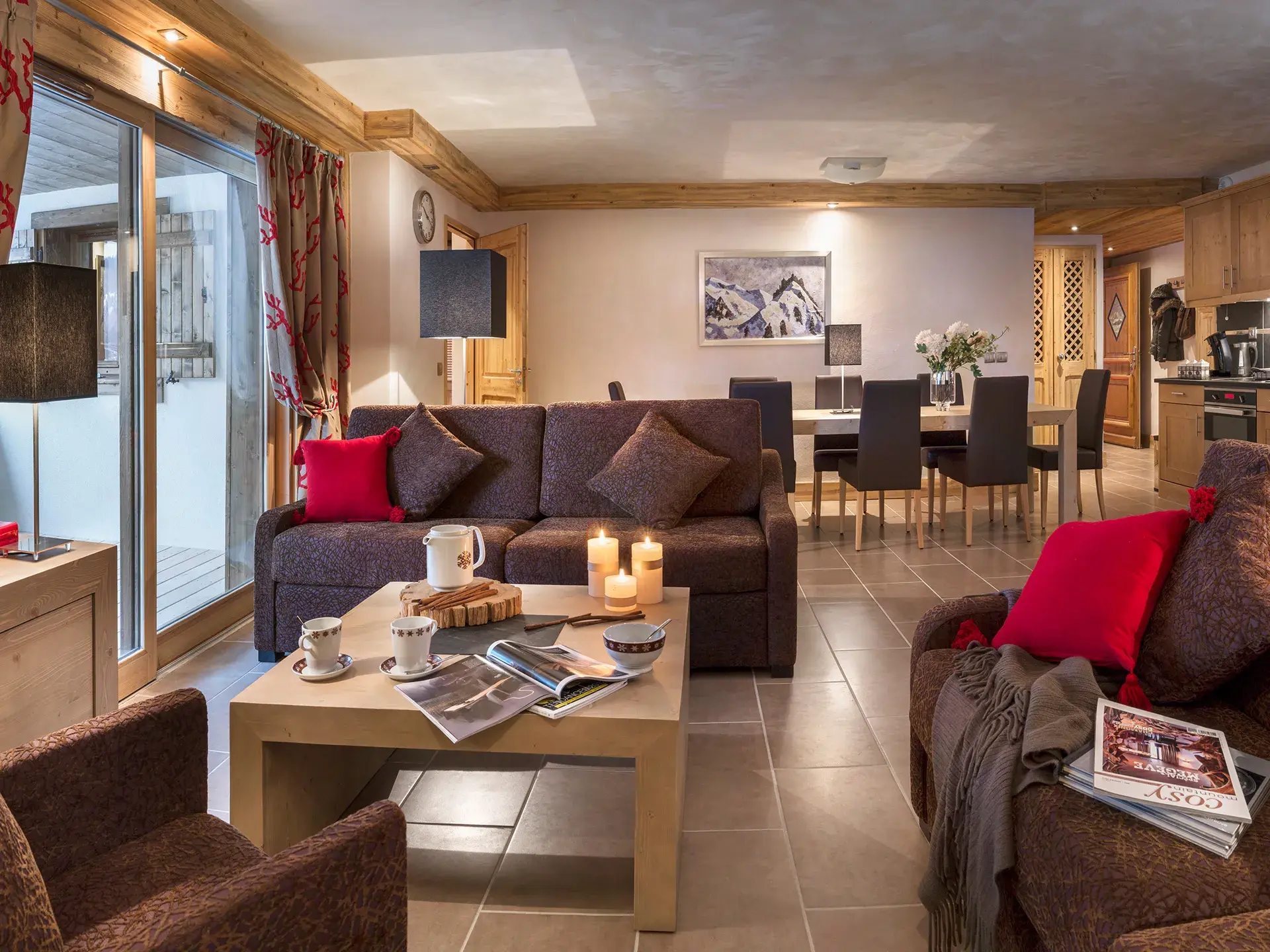
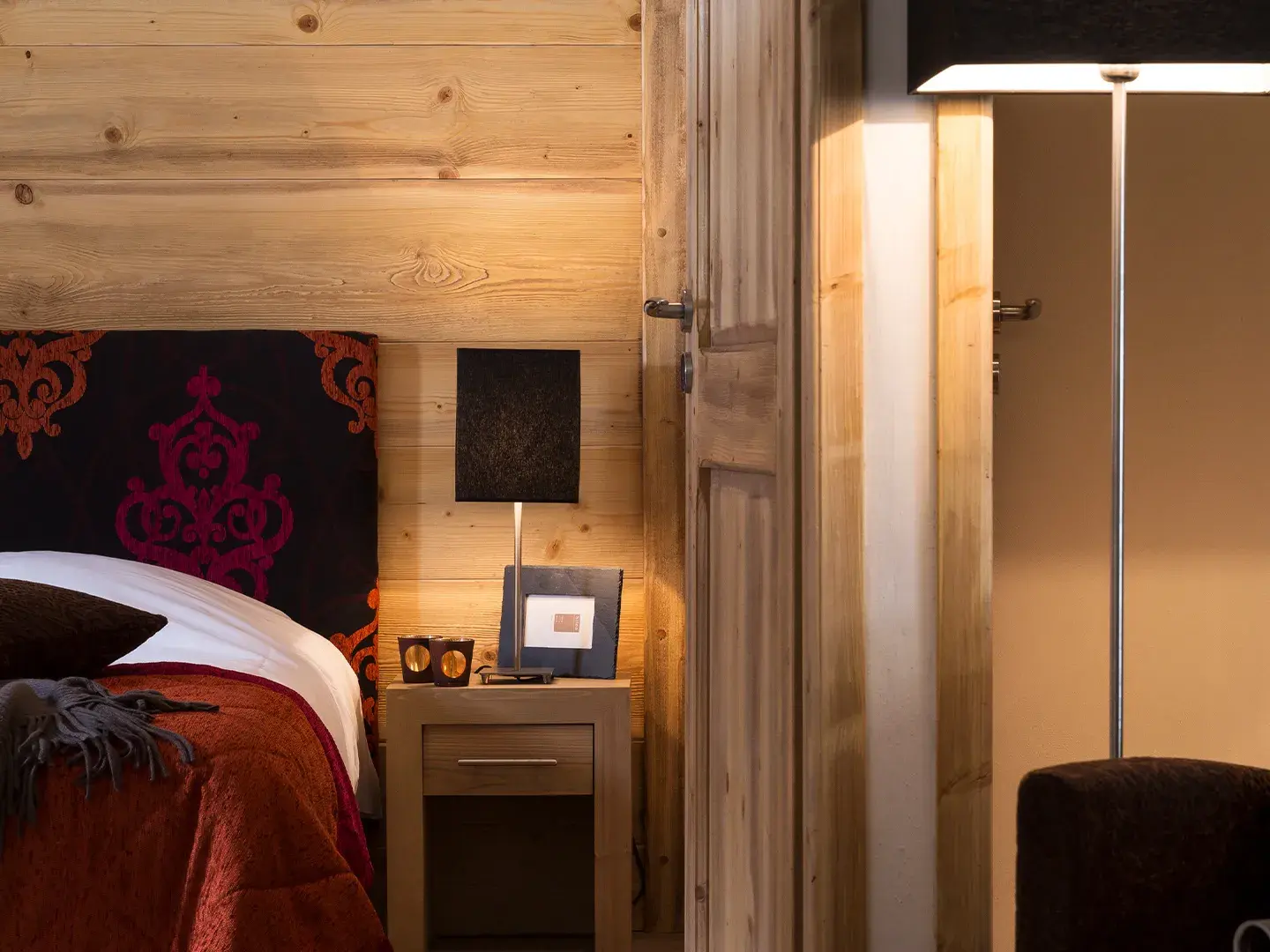
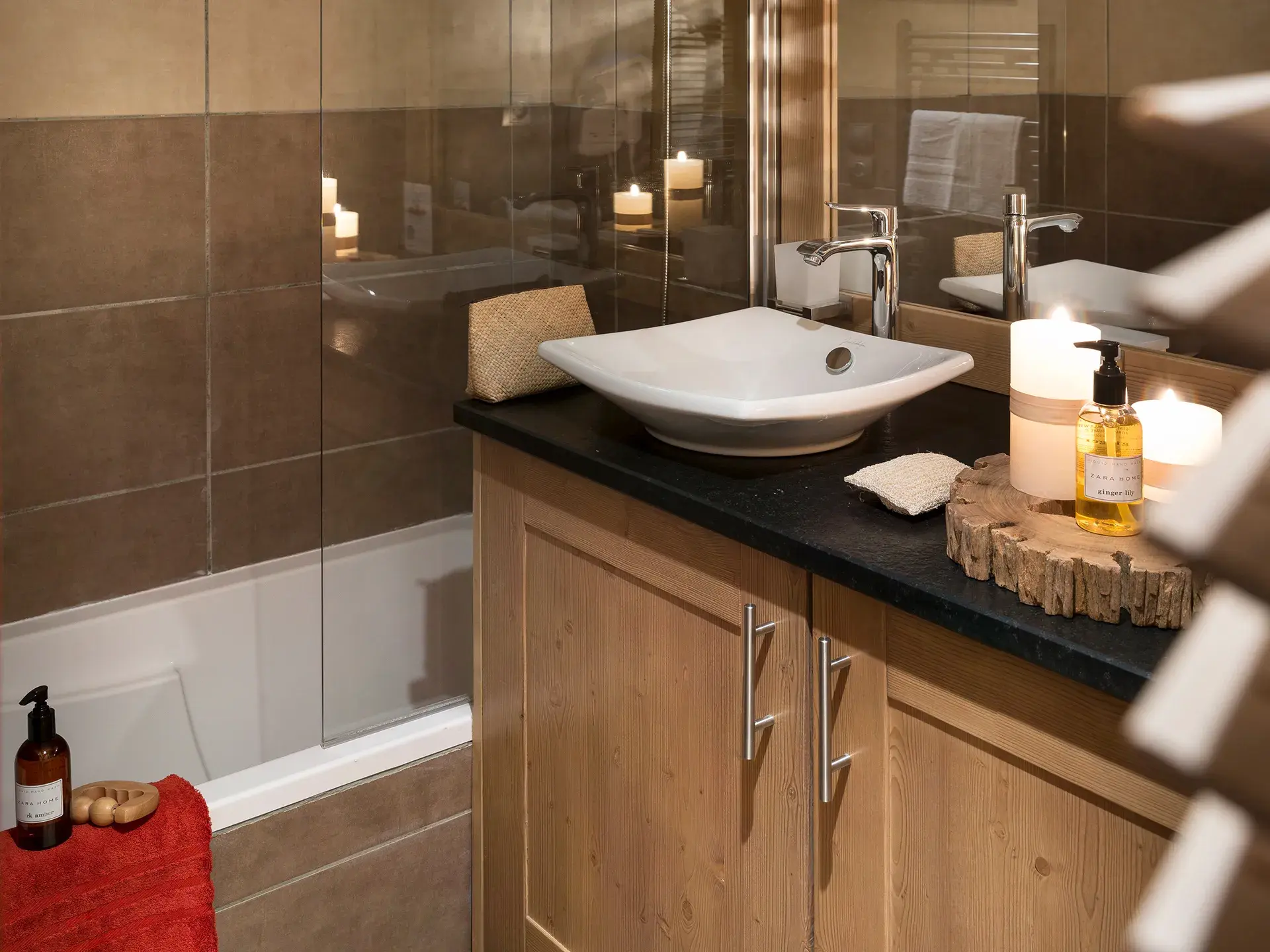
Sainte-Foy-Tarentaise (73)
Chalet Anaé
From 2-bedroom to 5-bedroom Duplex
From 535 000 € incl. VAT
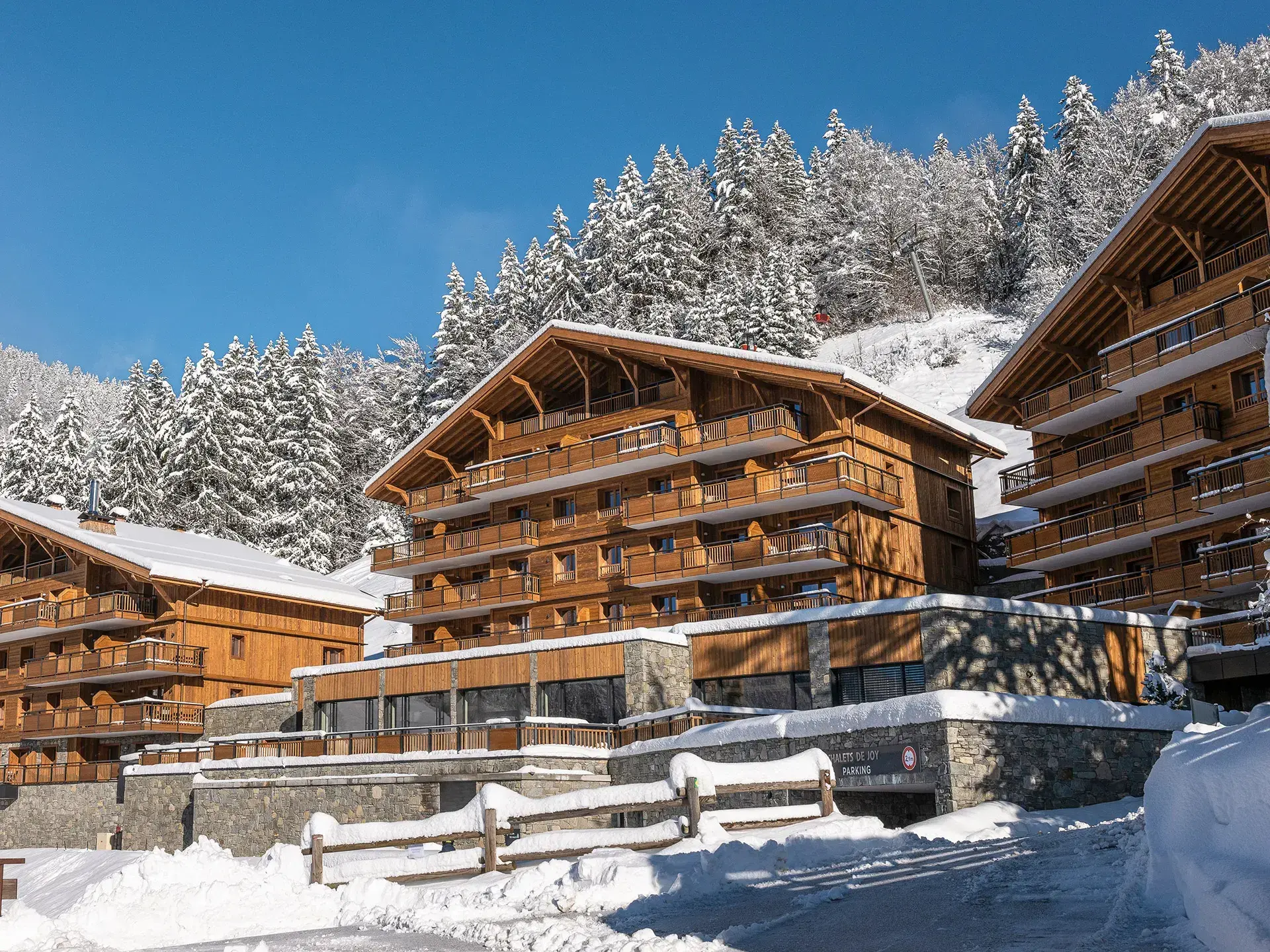
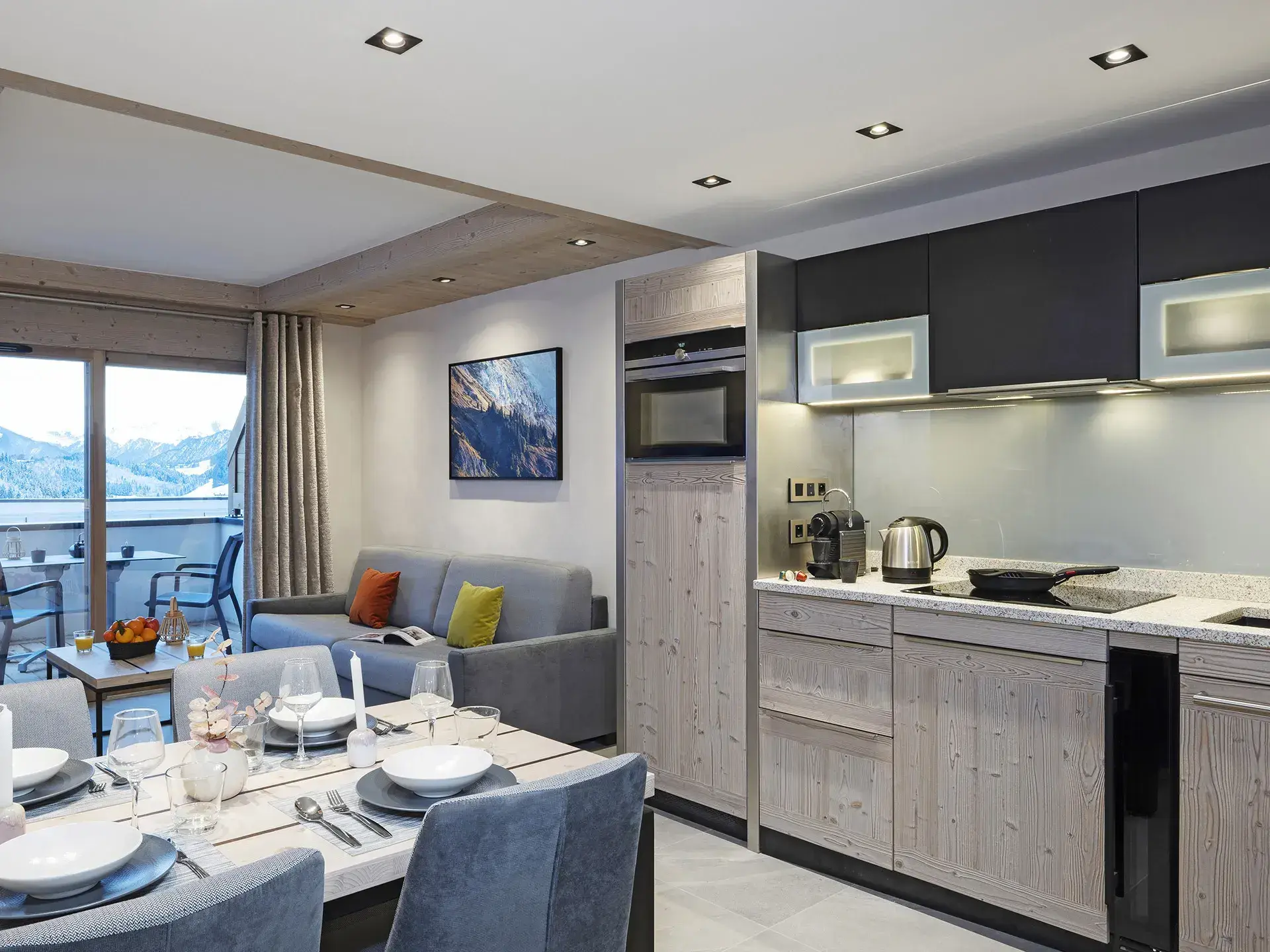
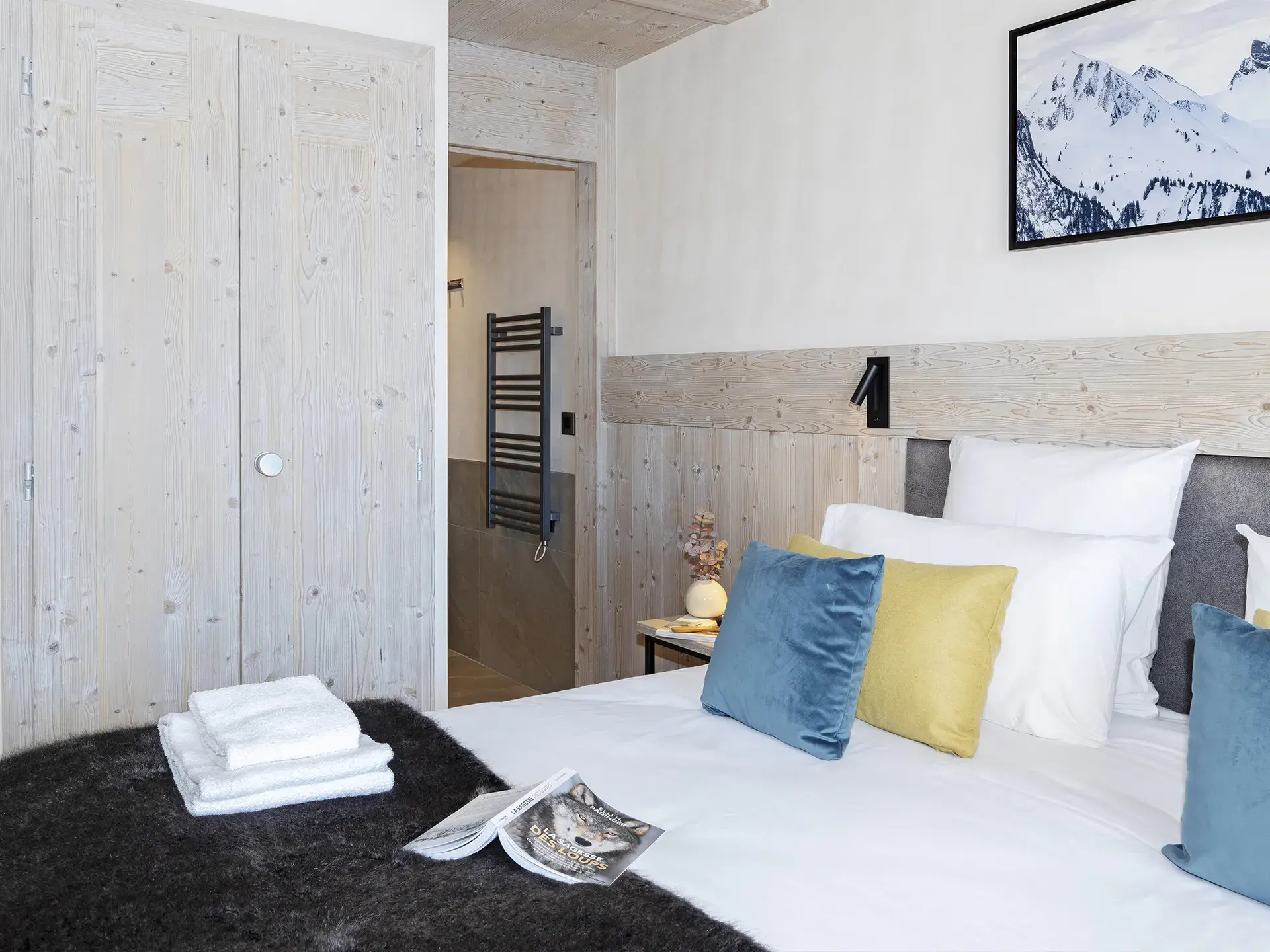
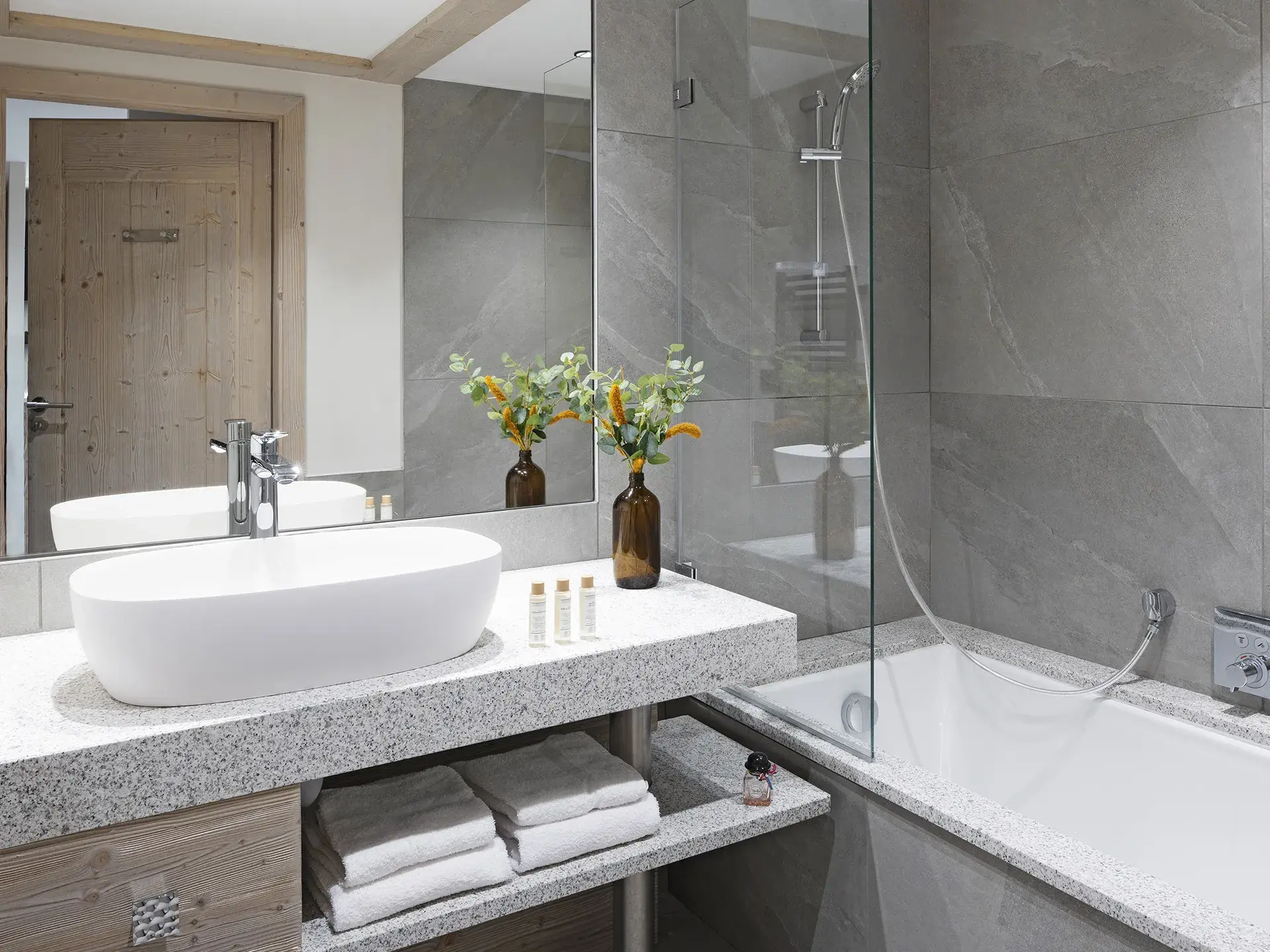
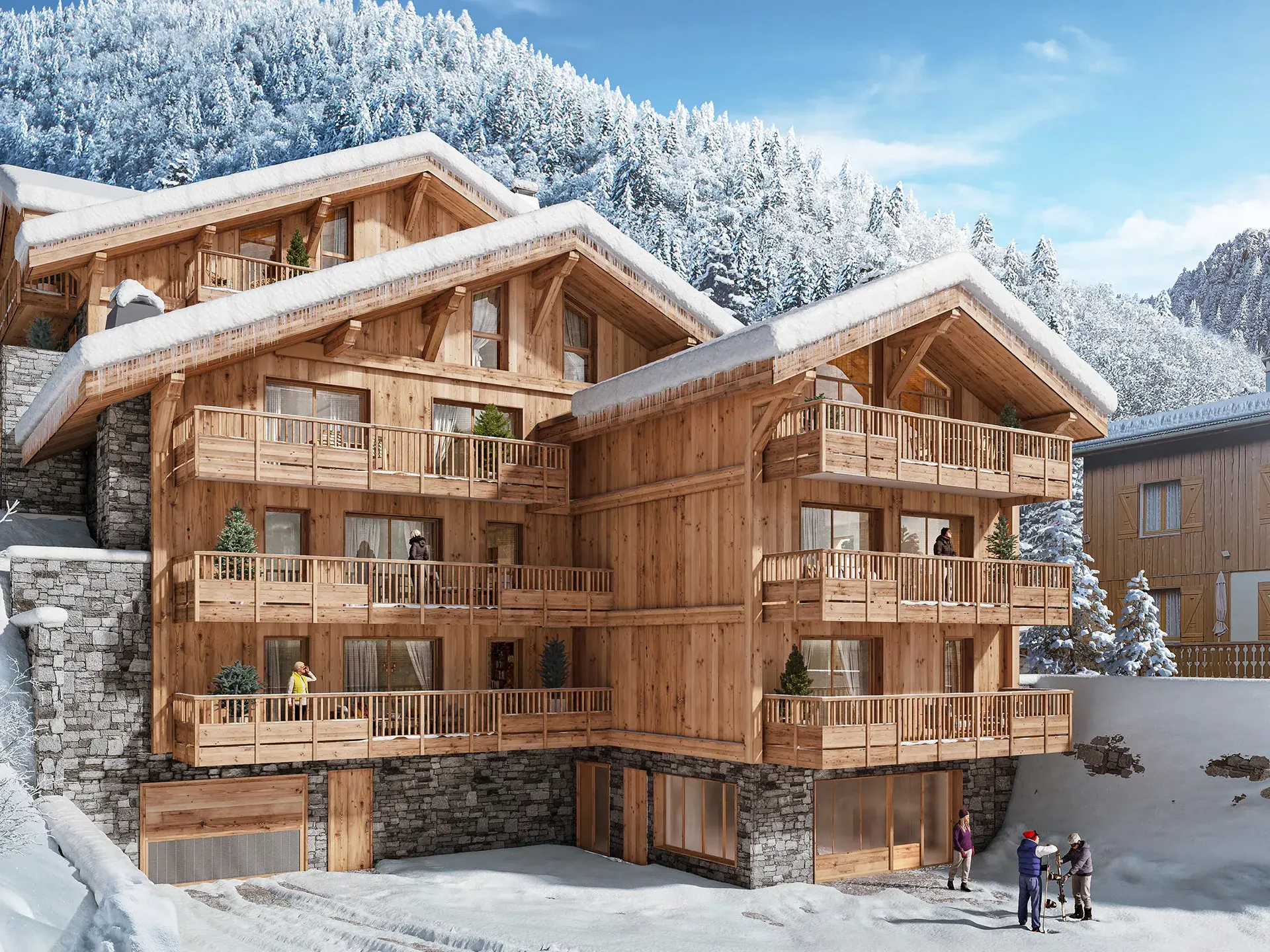
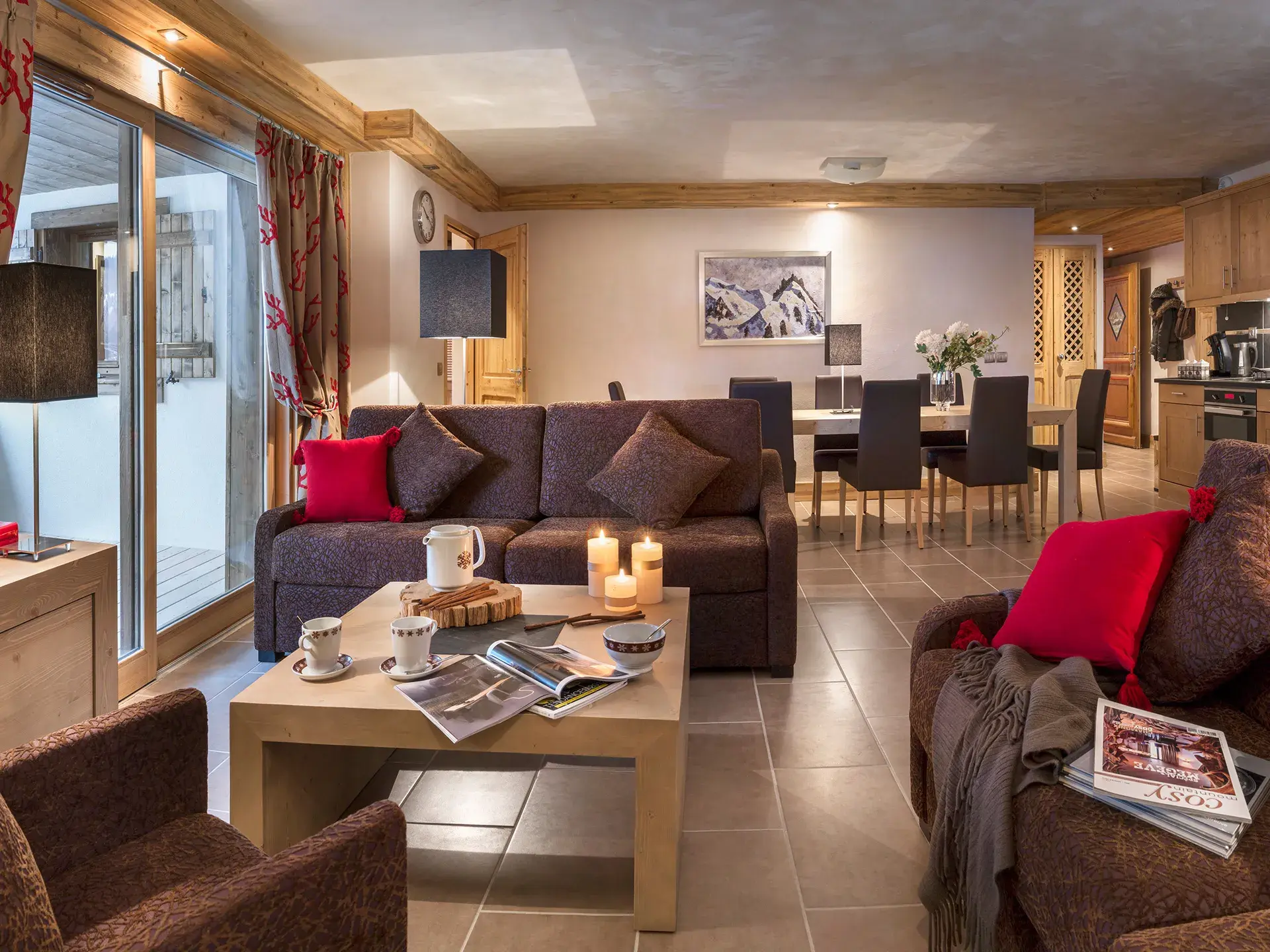
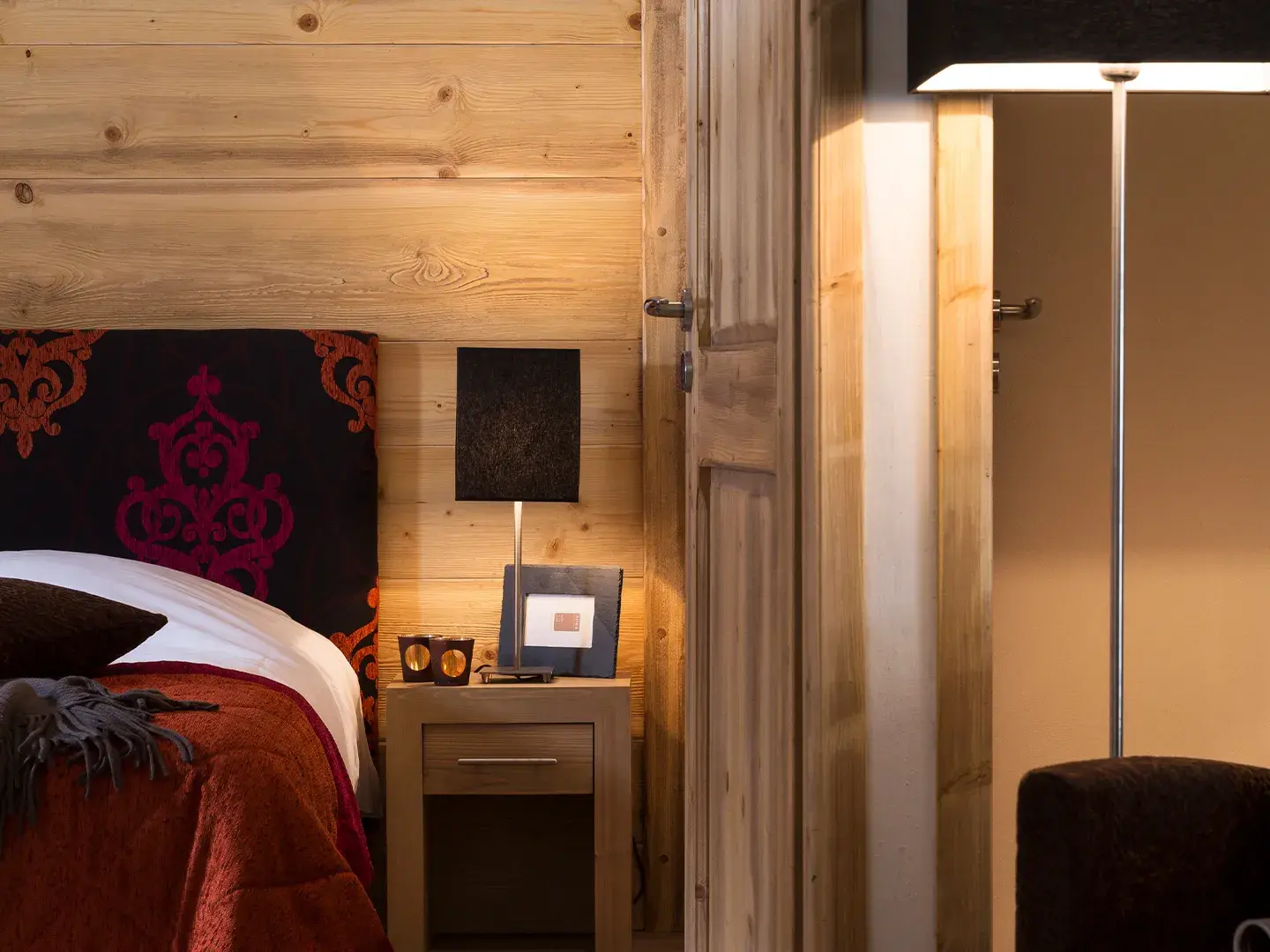
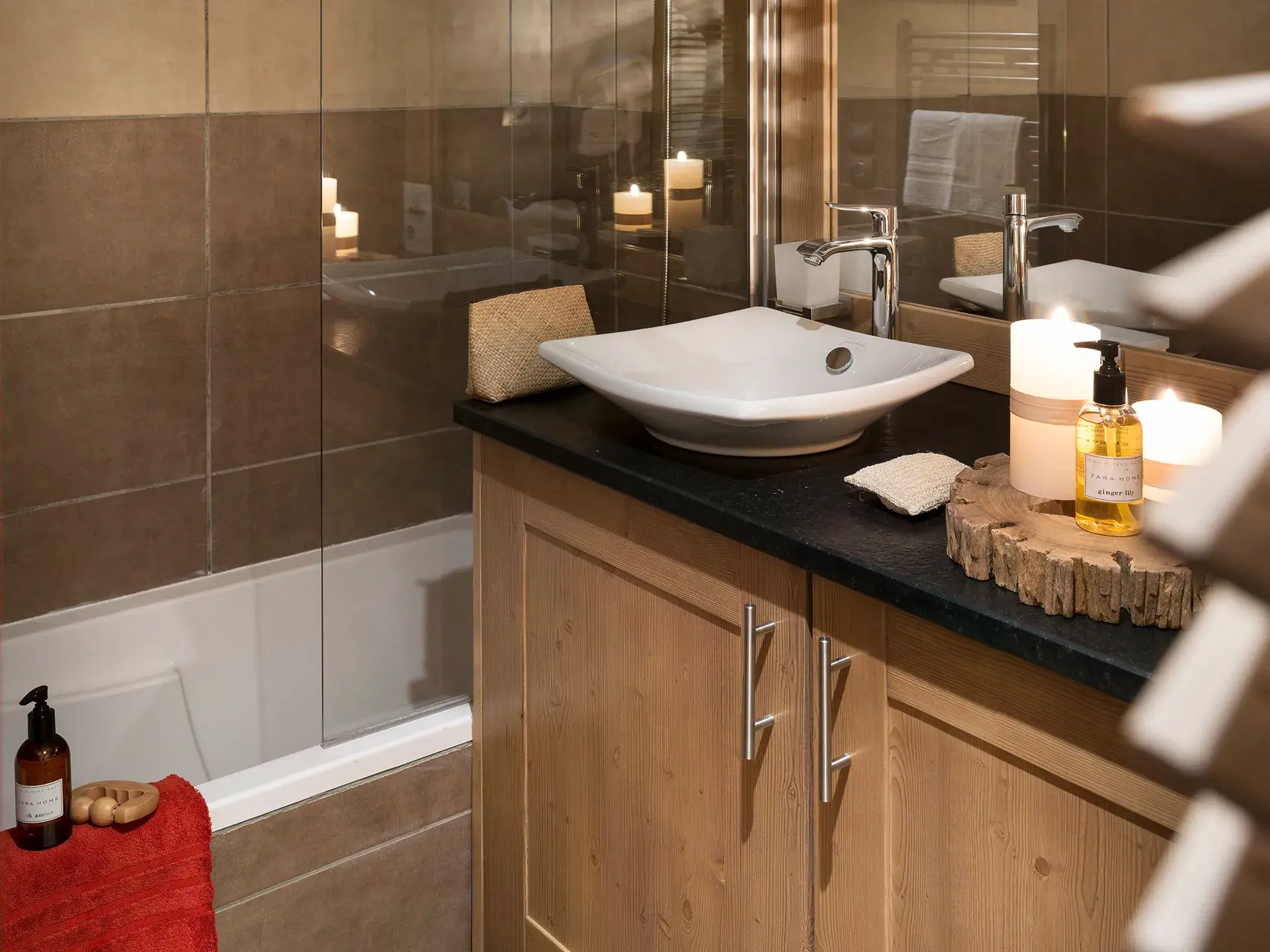
Champagny-en-Vanoise (73)
Chalet Naya
From 2-bedroom to 4-bedroom
From 635 000 € incl. VAT
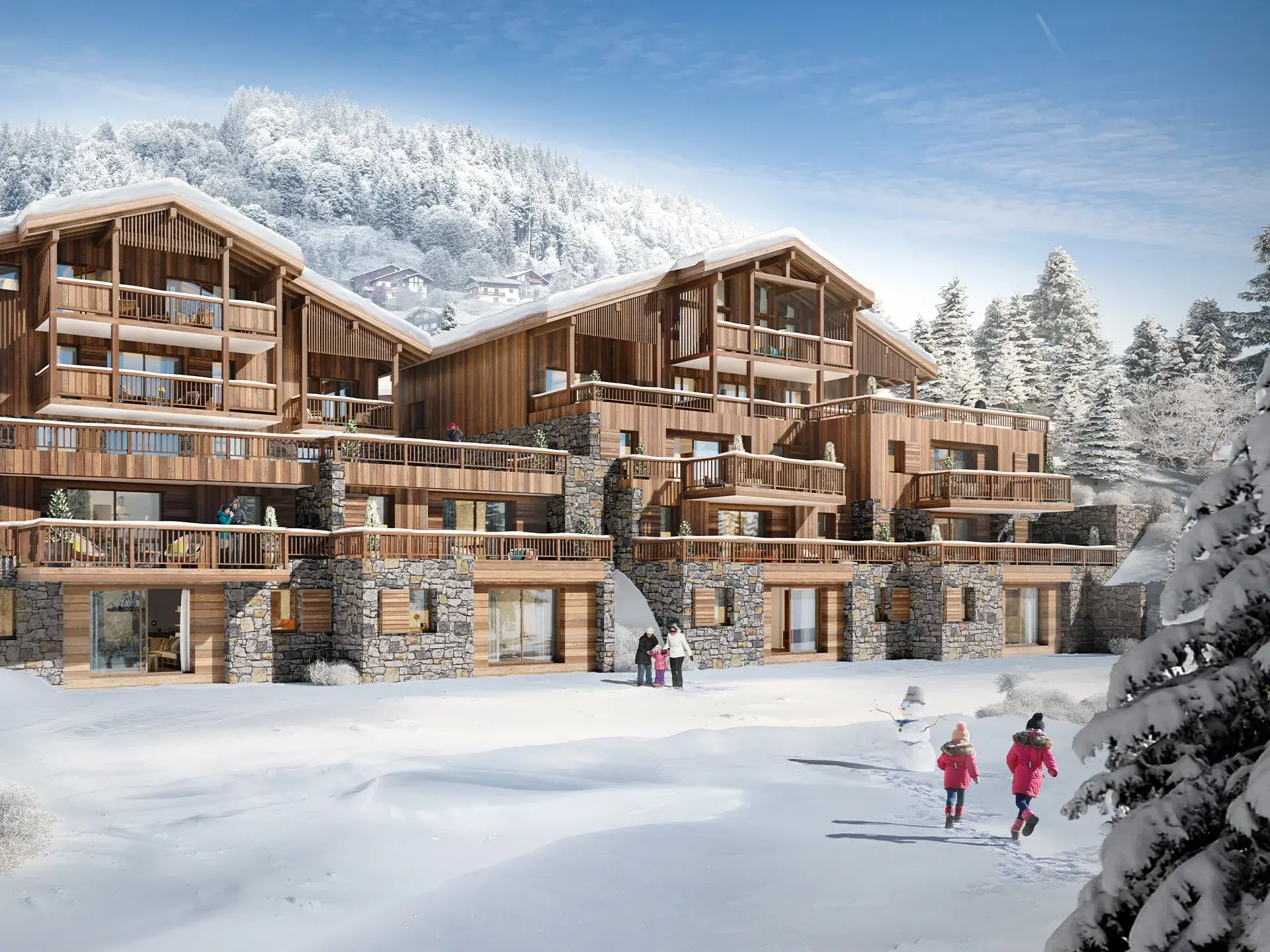
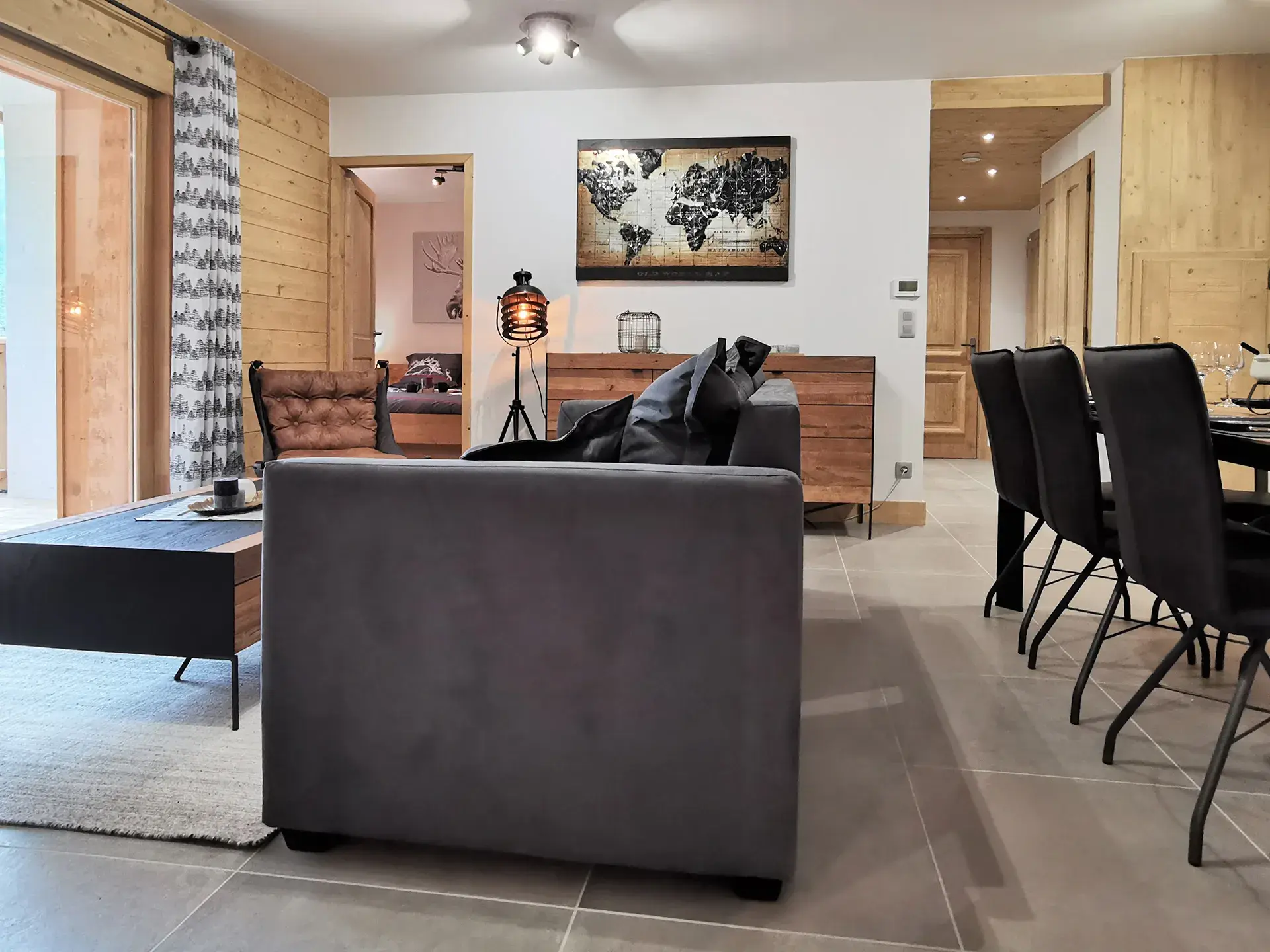
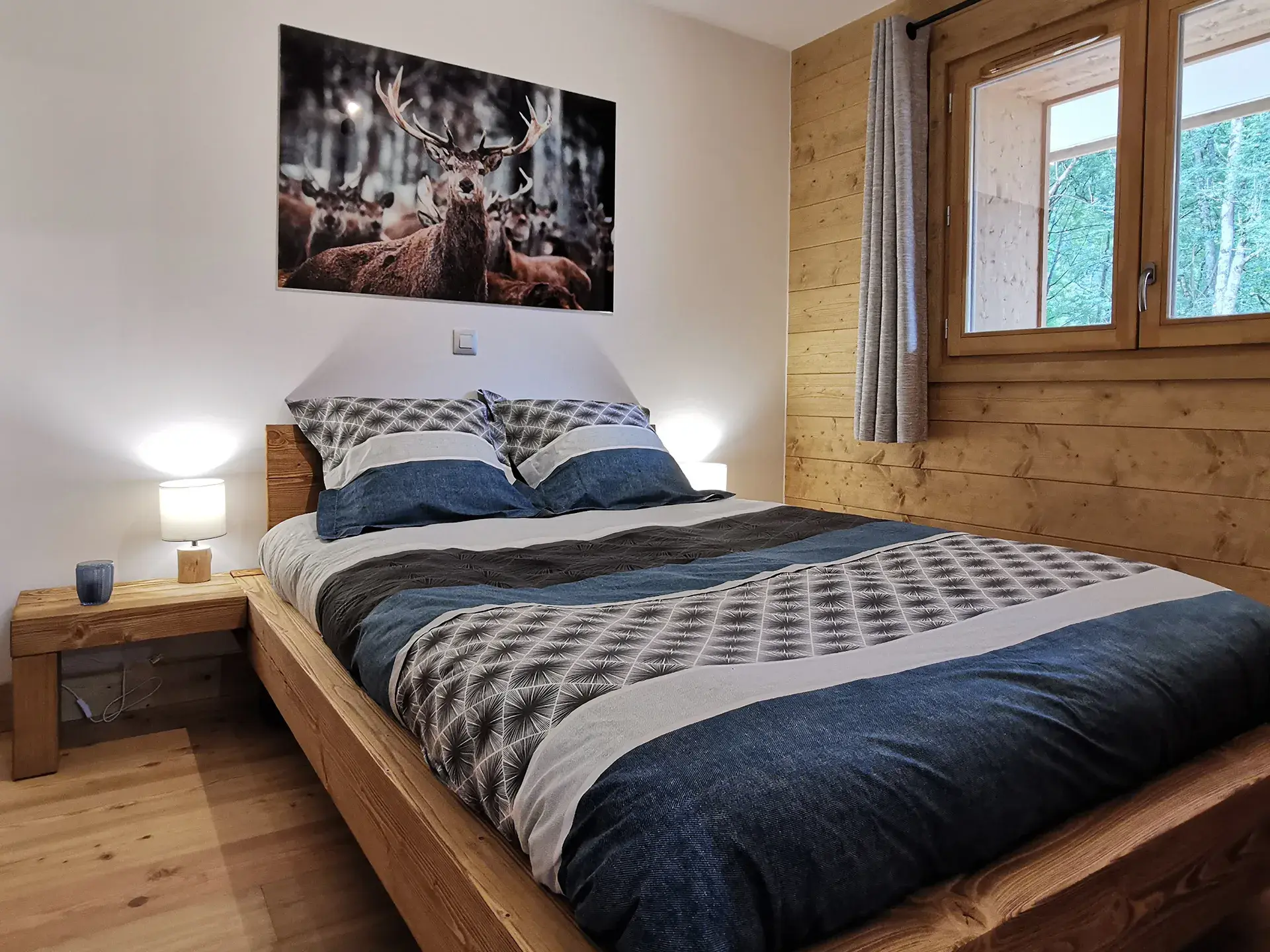
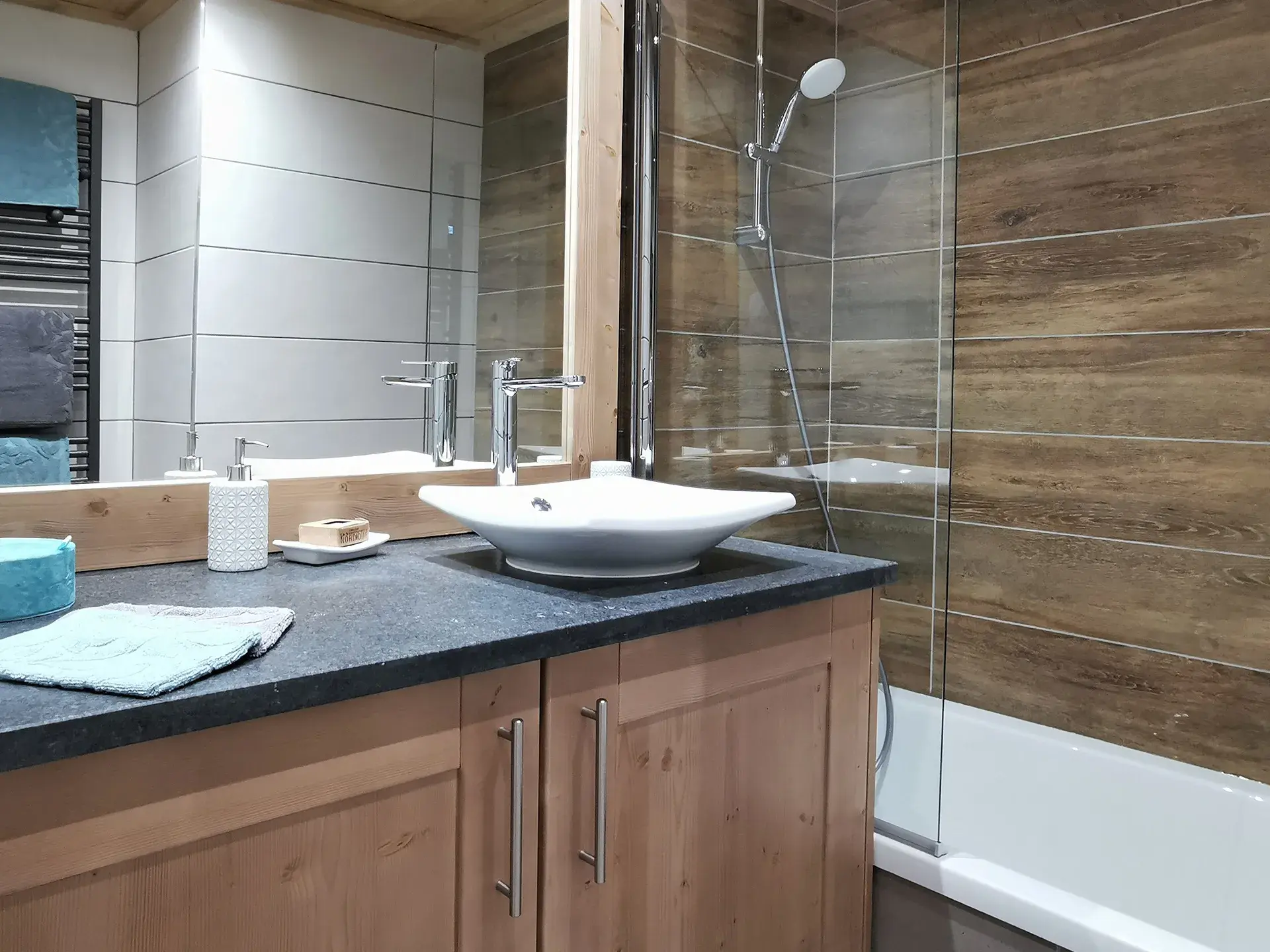
Les Gets (74)
Chalets Séléna
From 2-bedroom to 4/5 bedroom
From 530 000 € incl. VAT
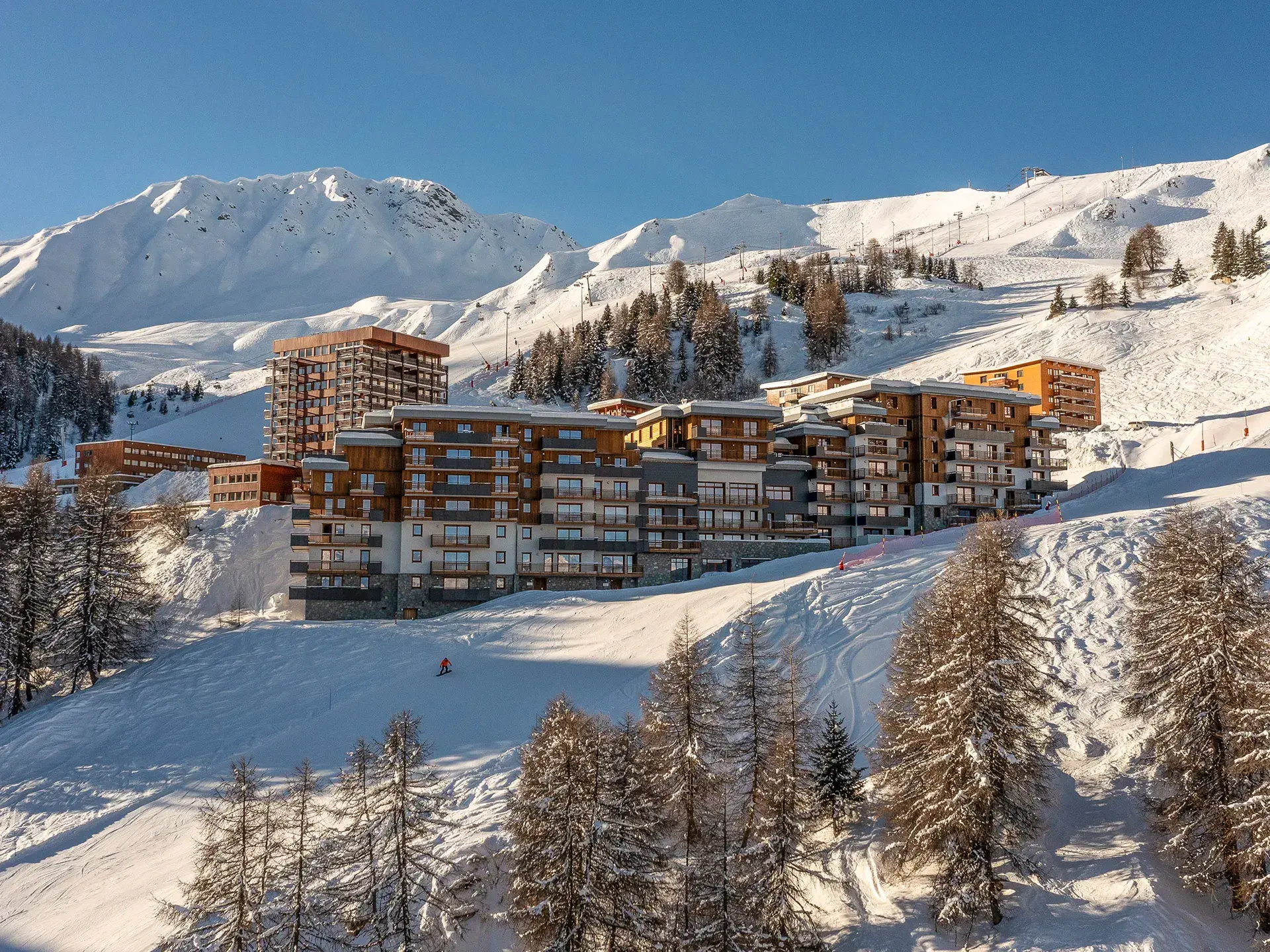
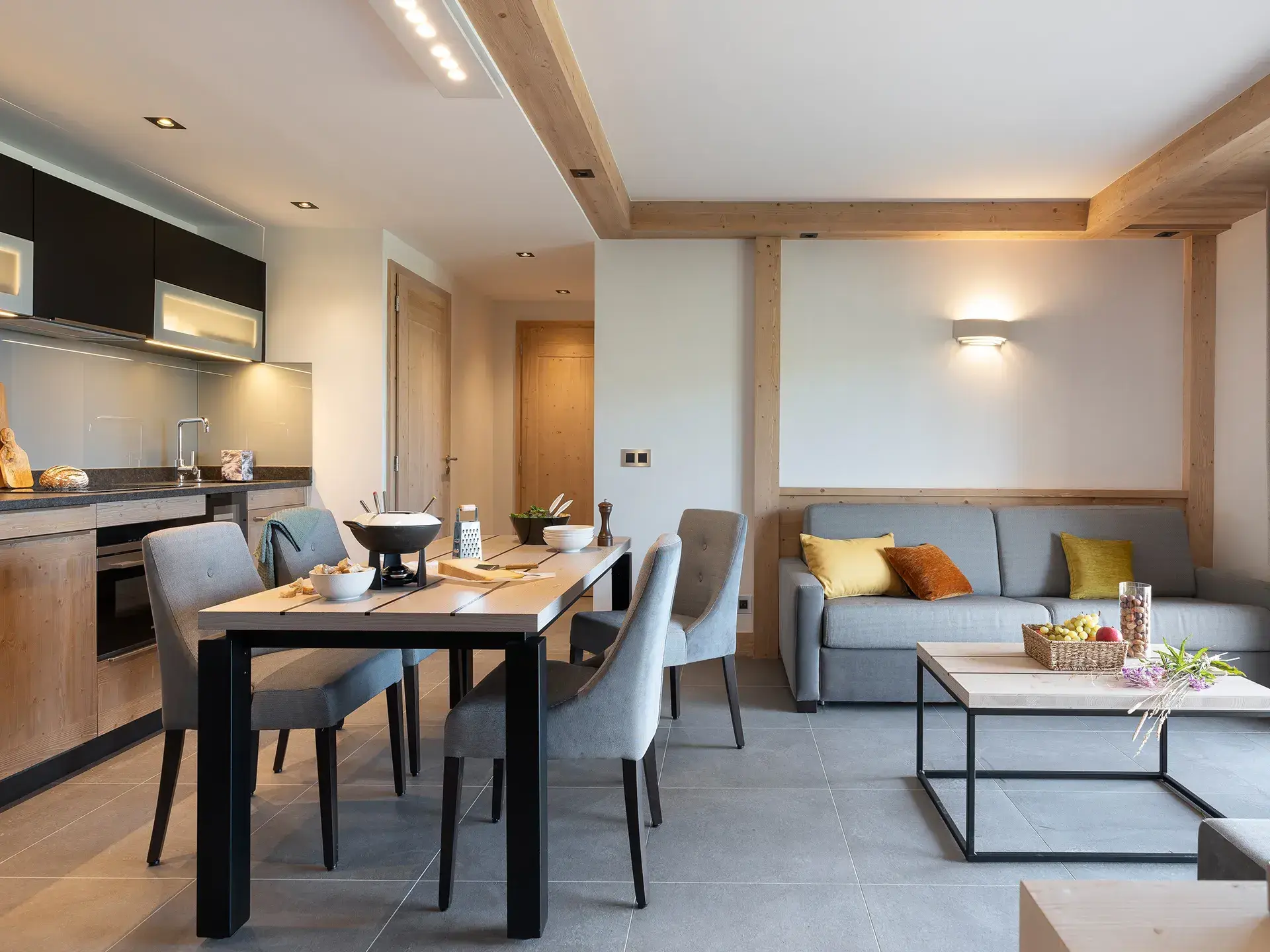
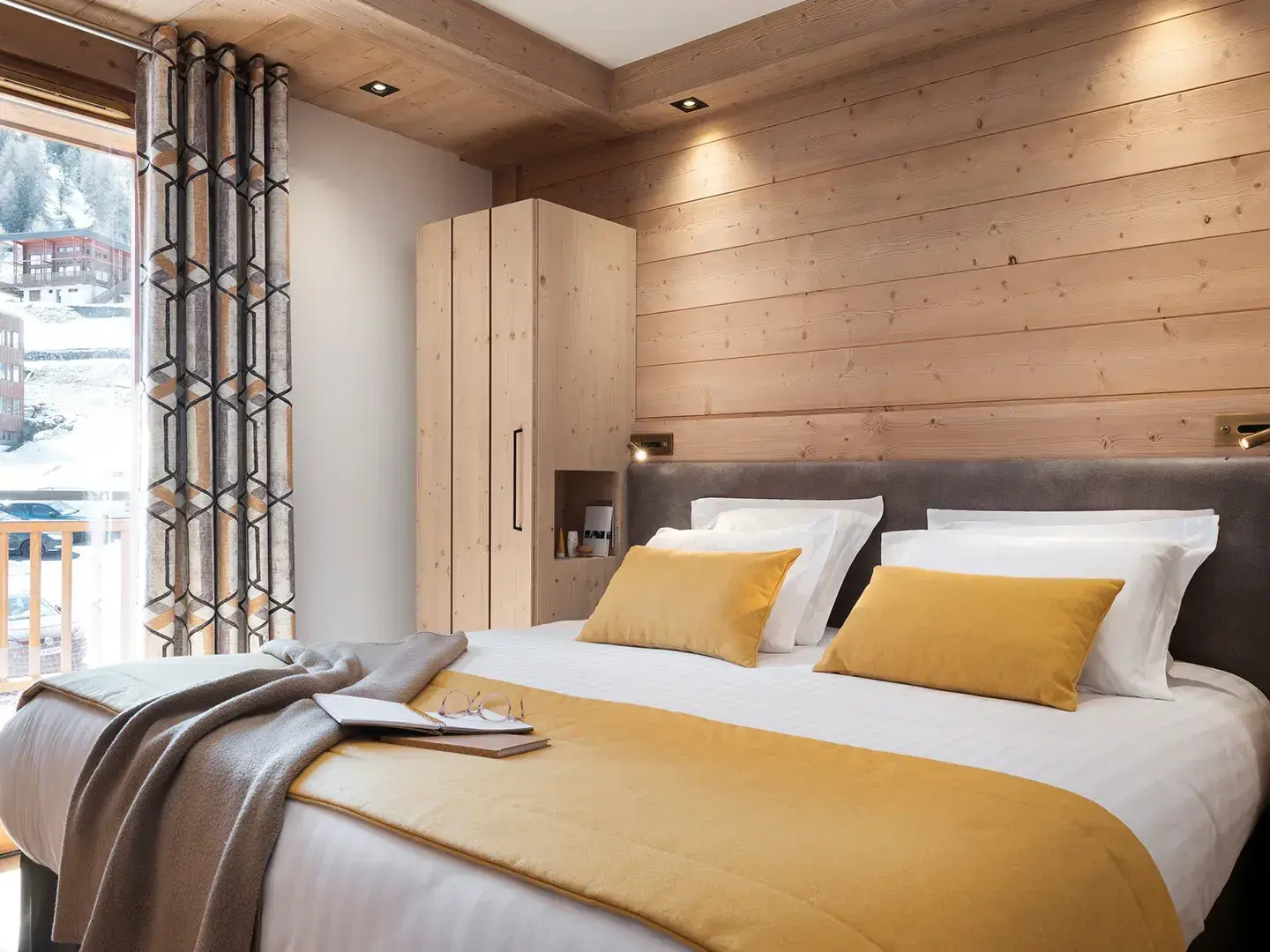
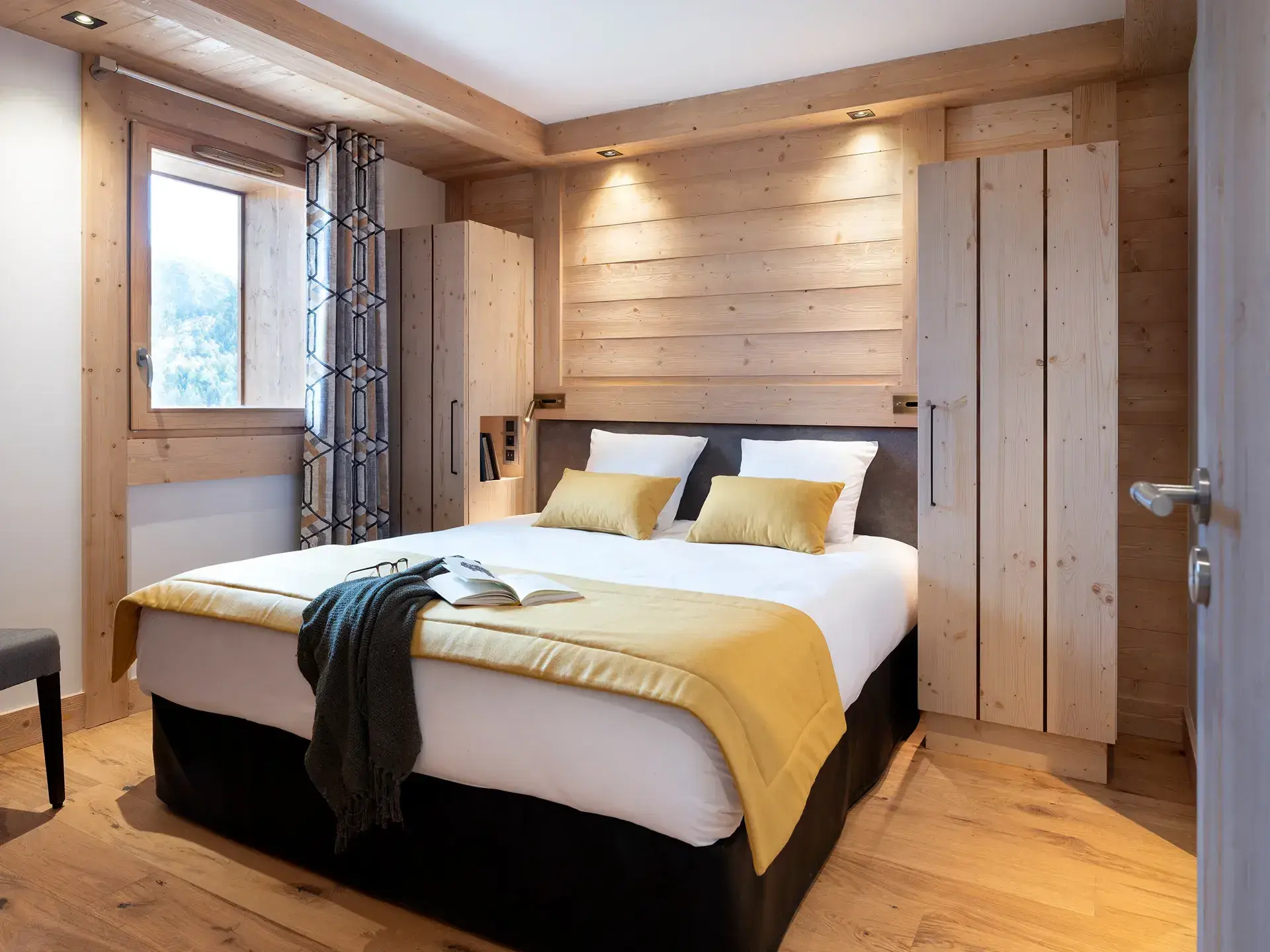
La Plagne (73)
Residence Manaka
From 1-bedroom to 3-bedroom
From 345 834 € excl. VAT


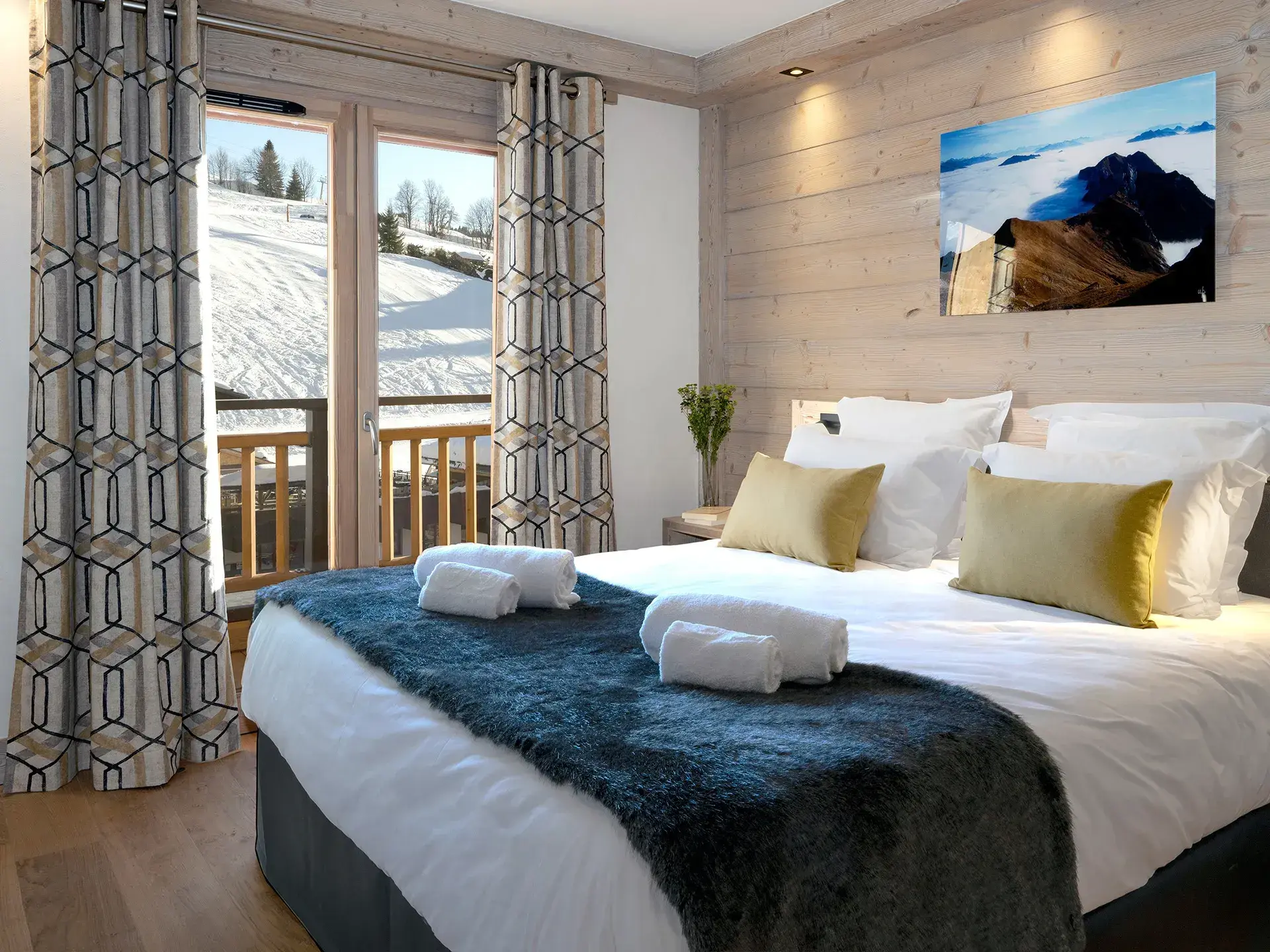
Le Grand-Bornand (74)
Le Roc des Tours
From 2-bedroom to 4-bedroom Duplex
From 420 834 € excl. VAT
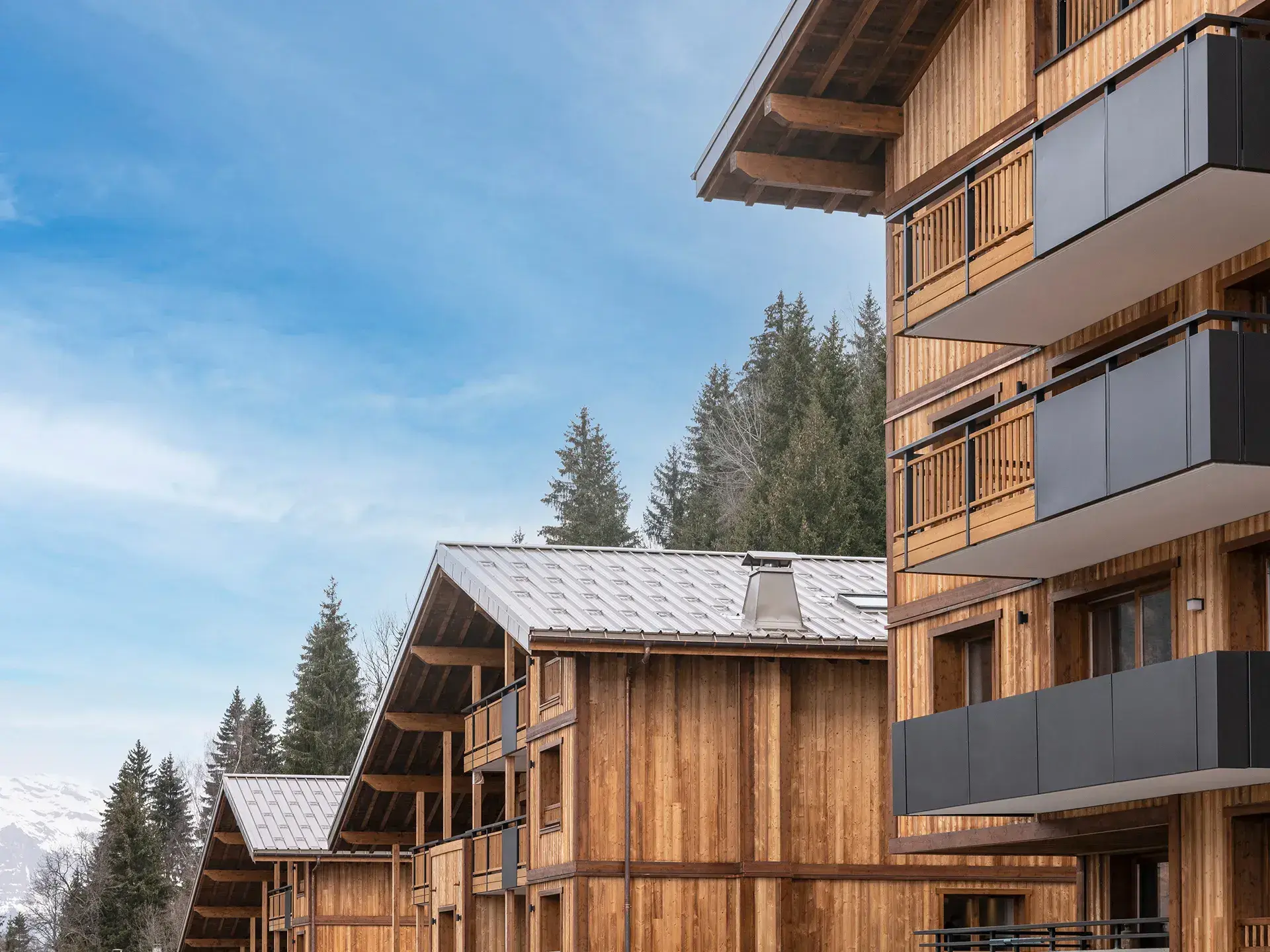
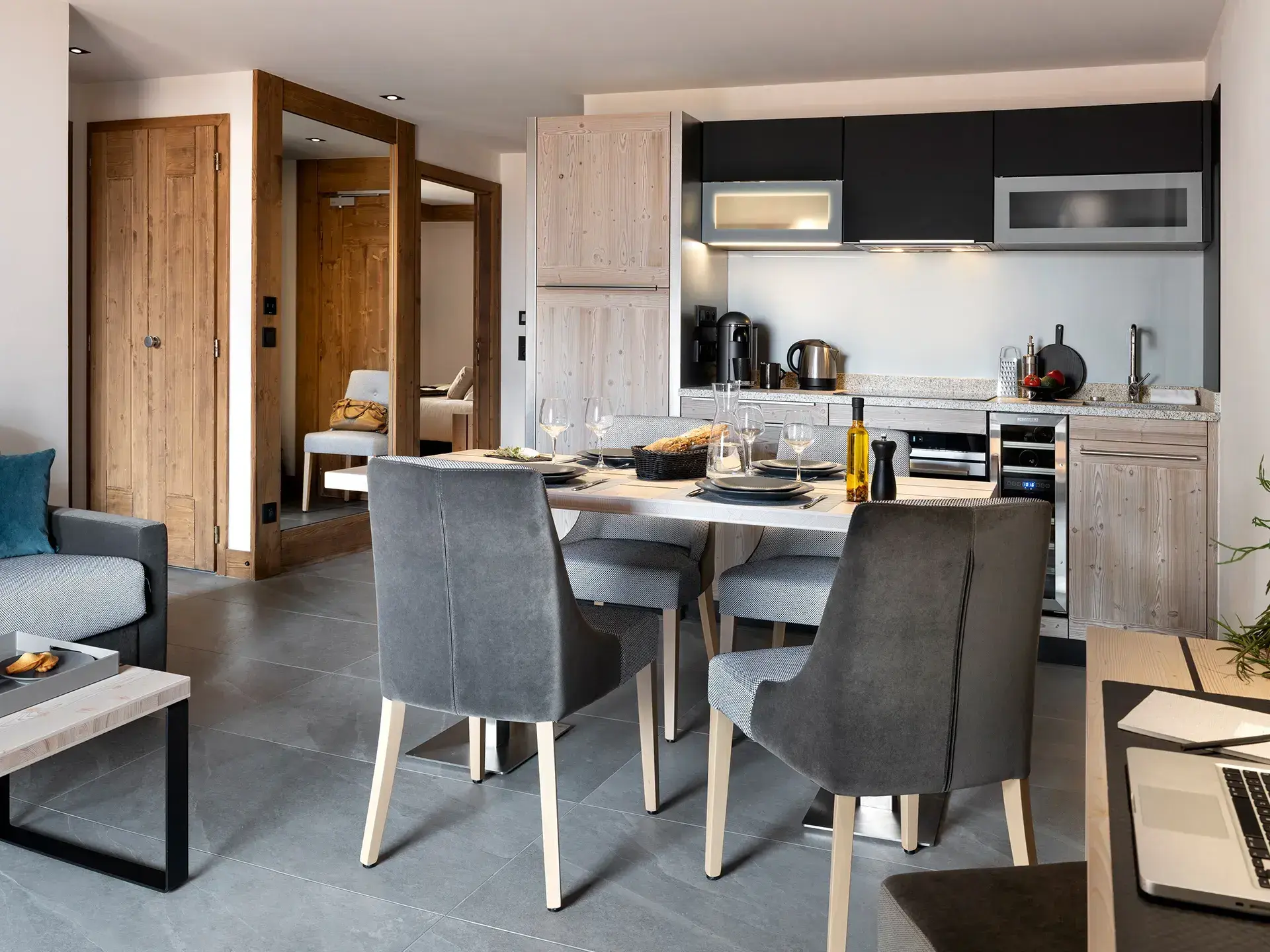
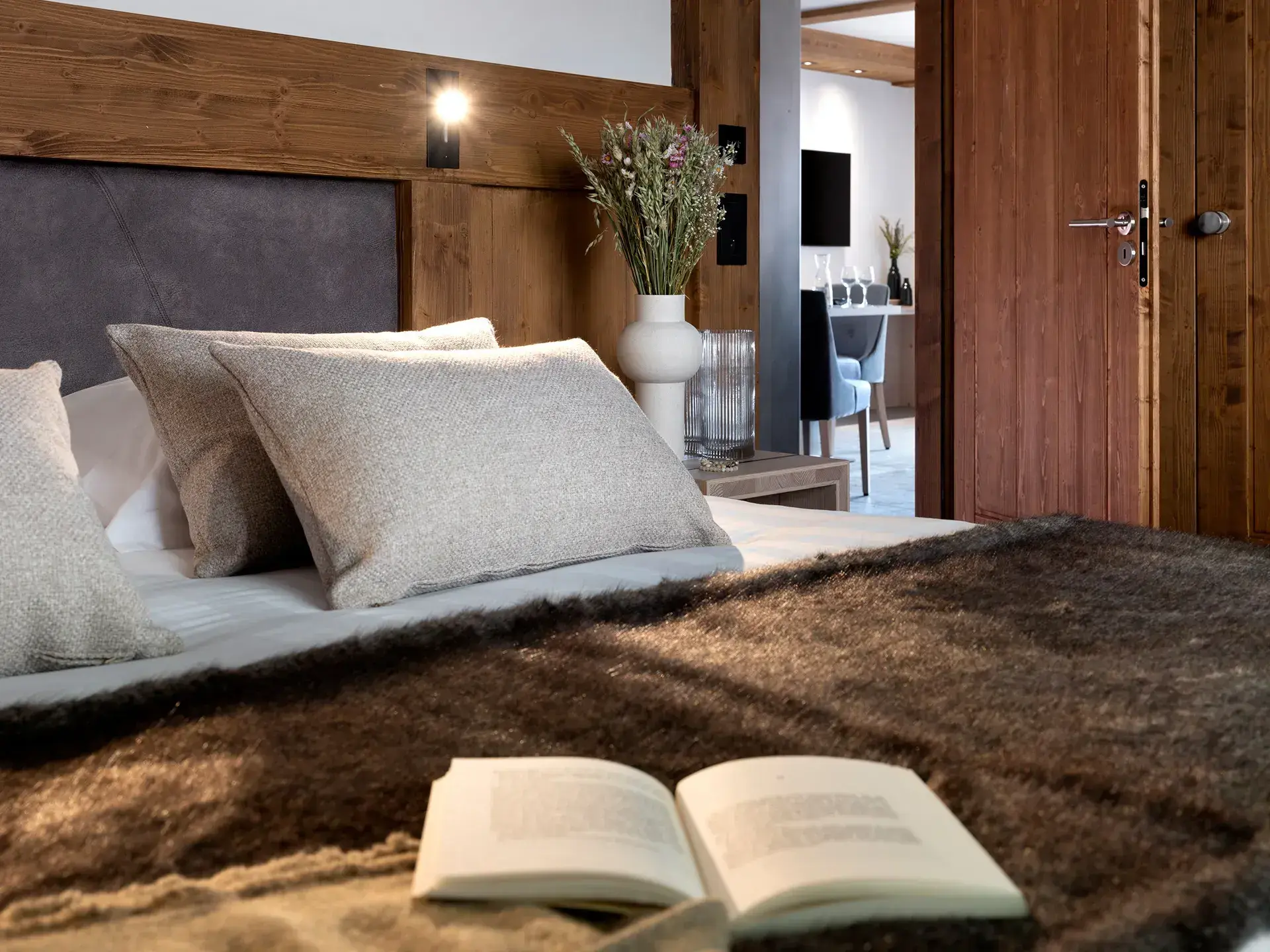
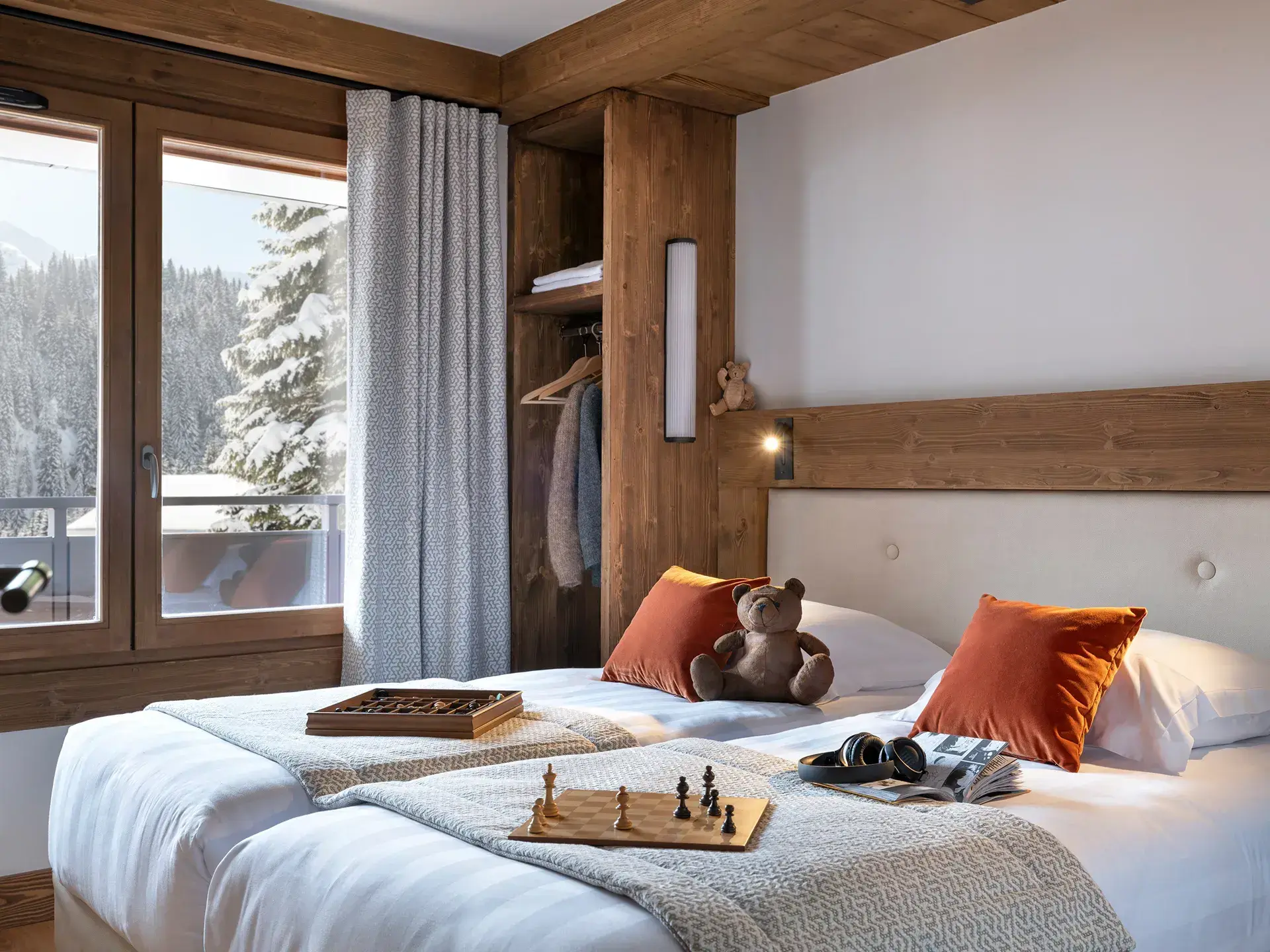
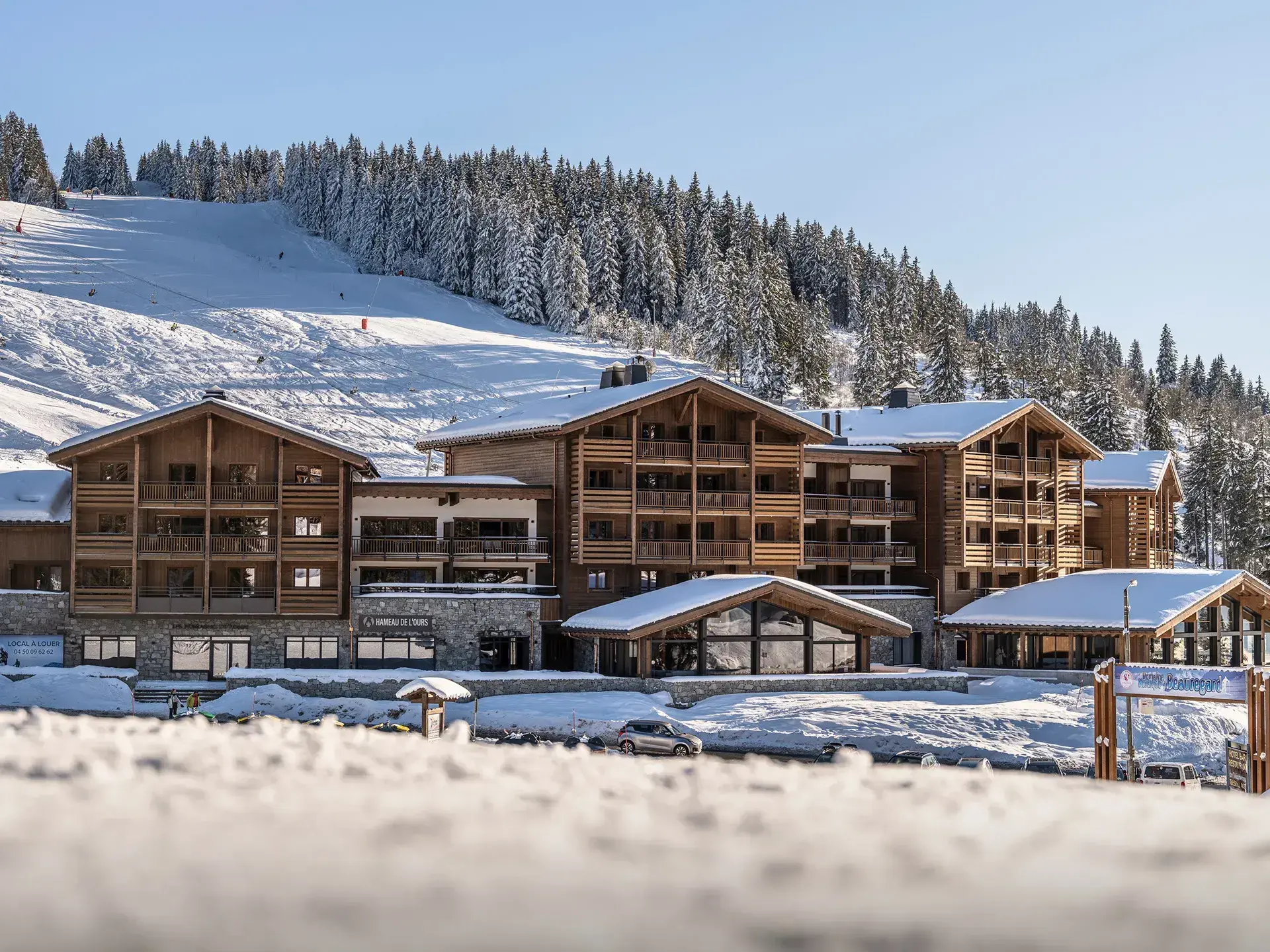
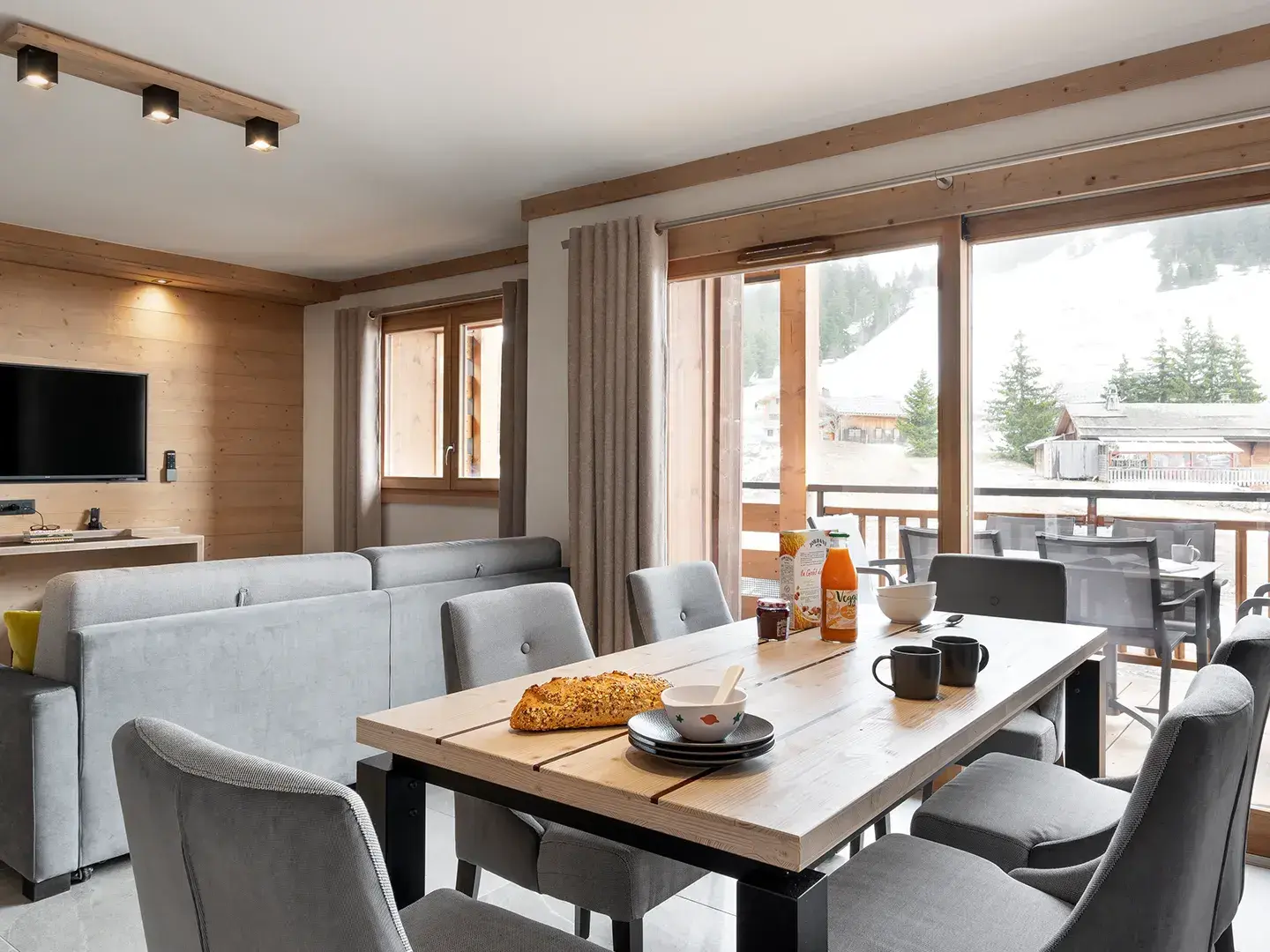

Manigod La Croix-Fry (74)
Hameau de l'Ours
From 2-bedroom to 2-bedroom Duplex
From 409 167 € excl. VAT

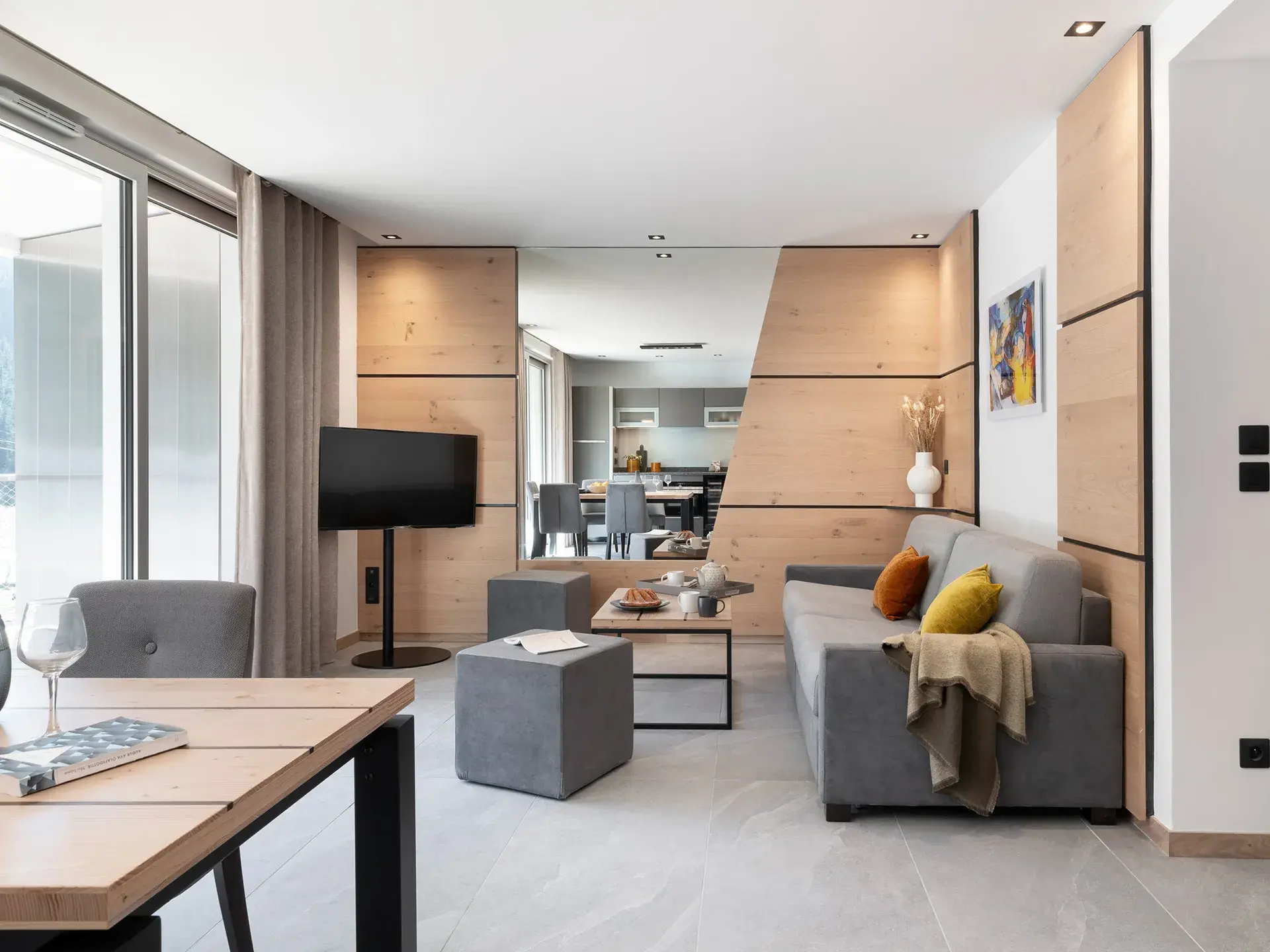
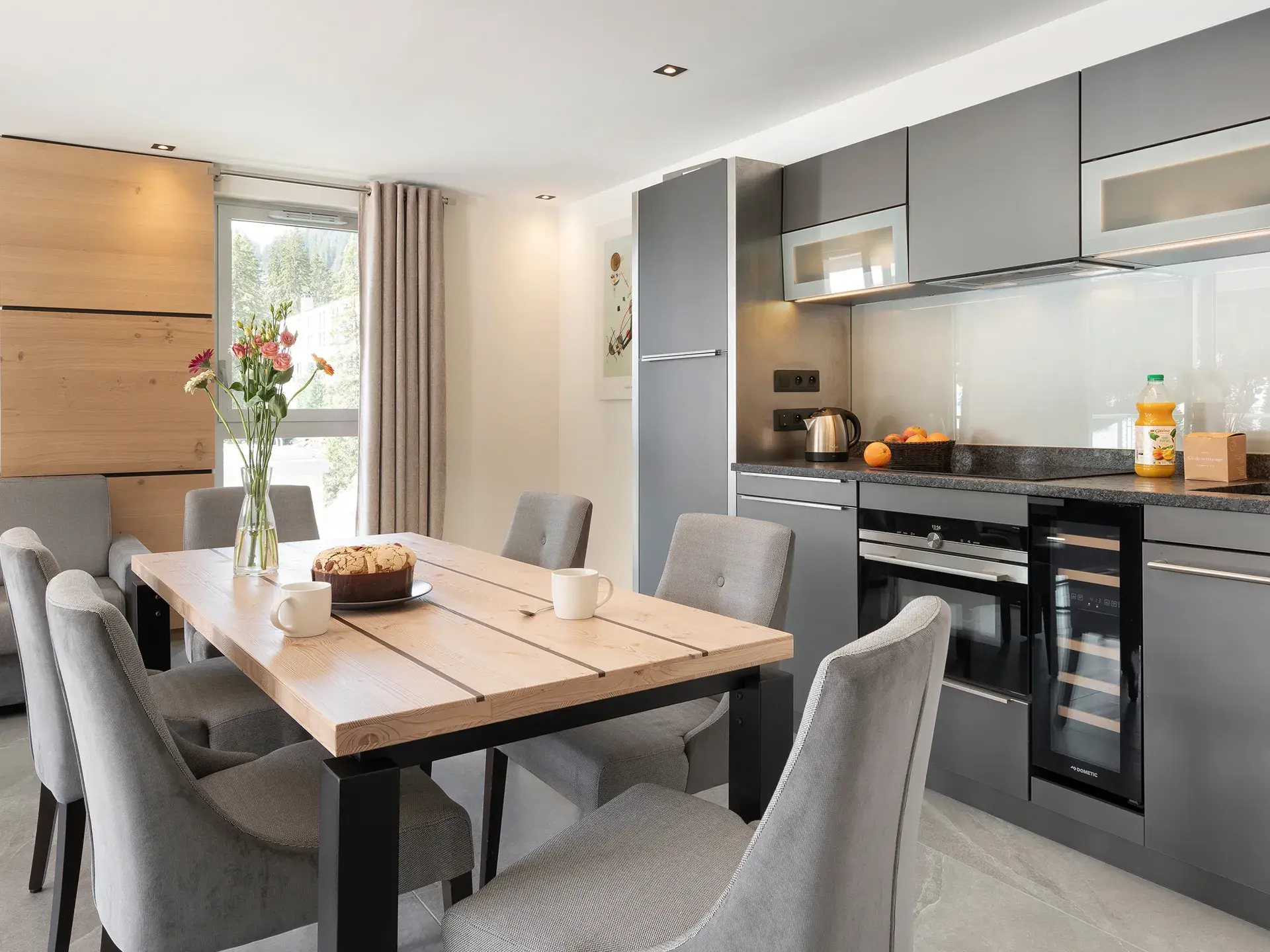

Flaine (74)
Residence Alhéna
From 2-bedroom to 3-bedroom
From 385 000 € excl. VAT
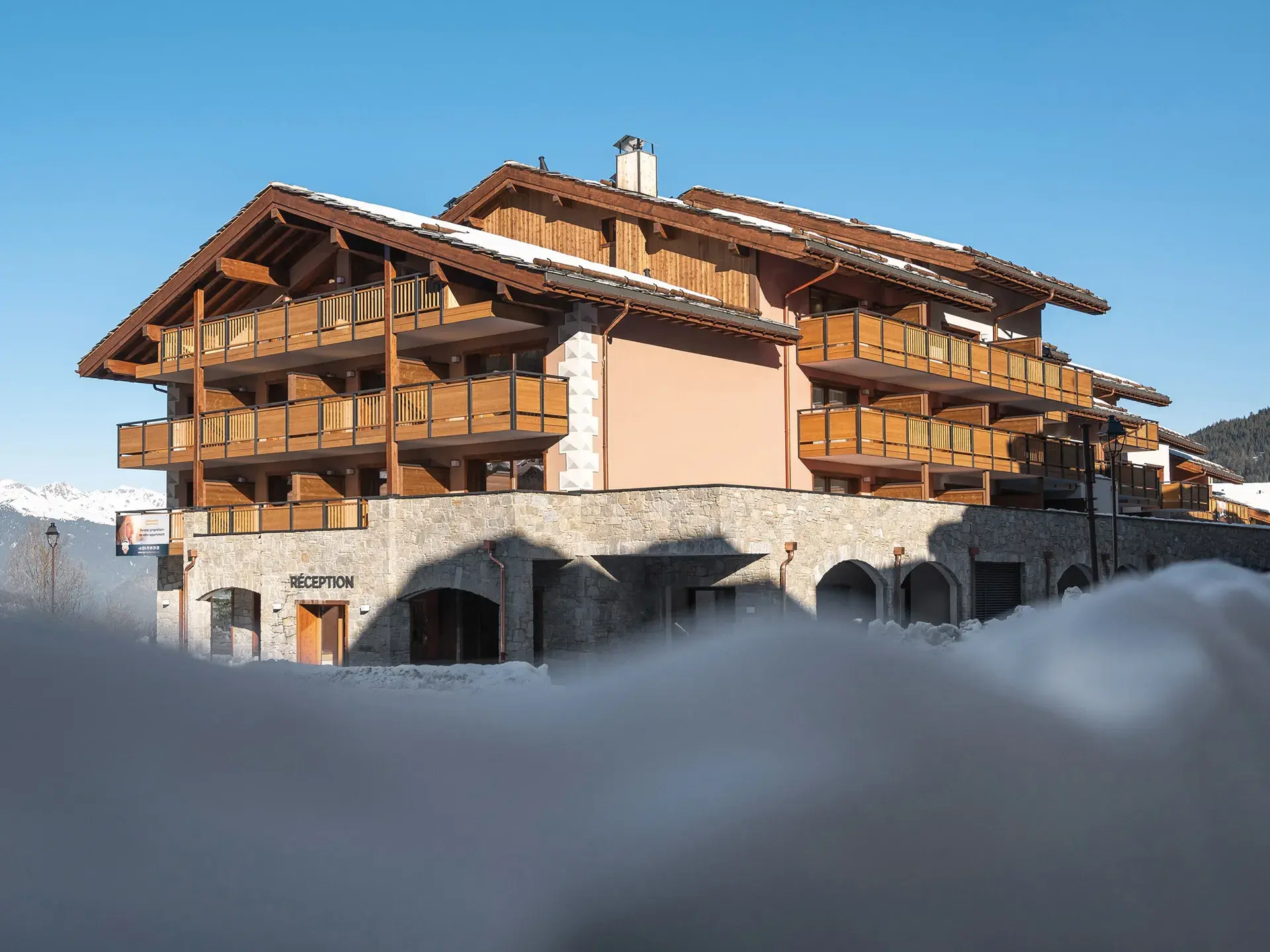
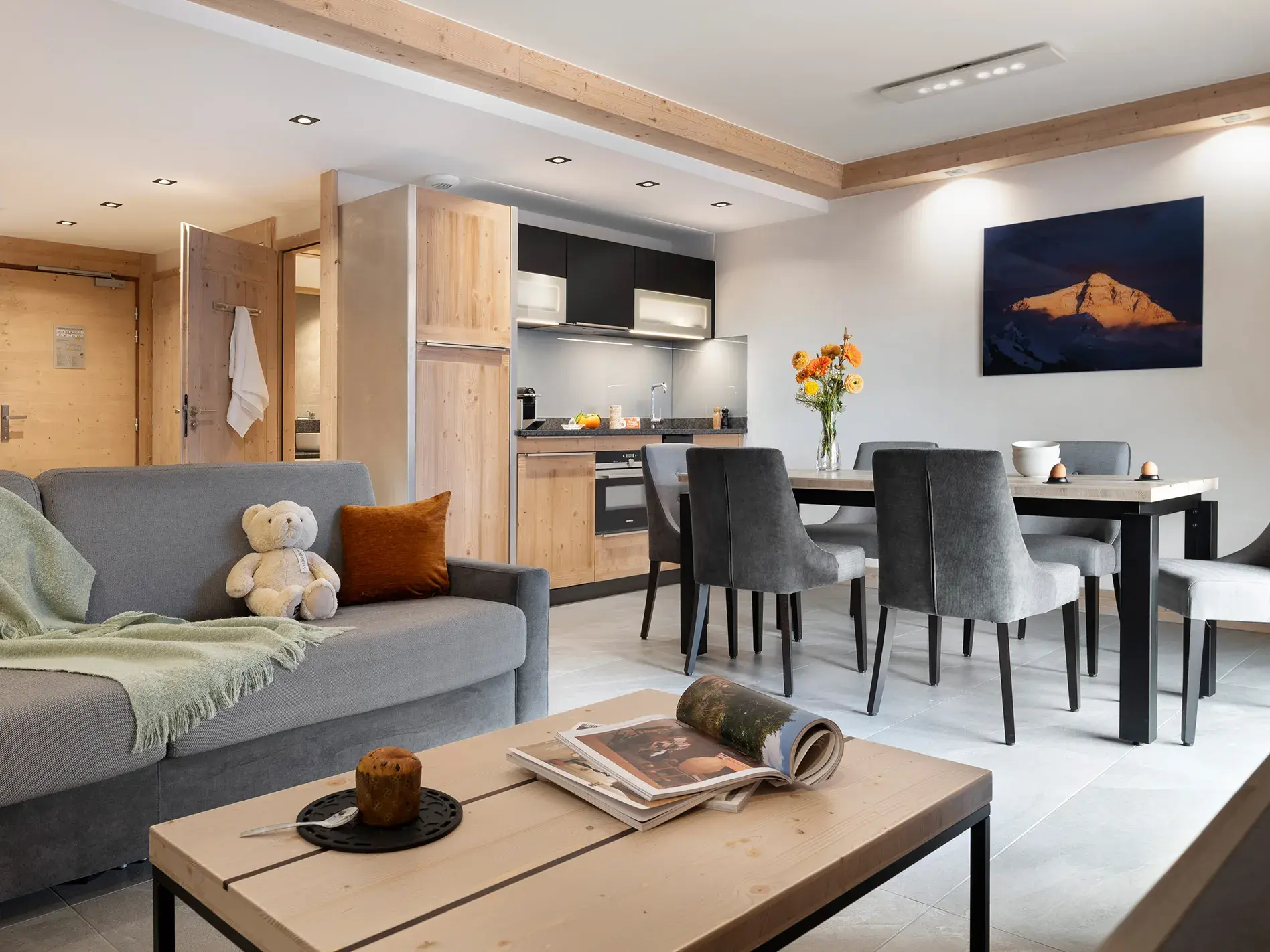
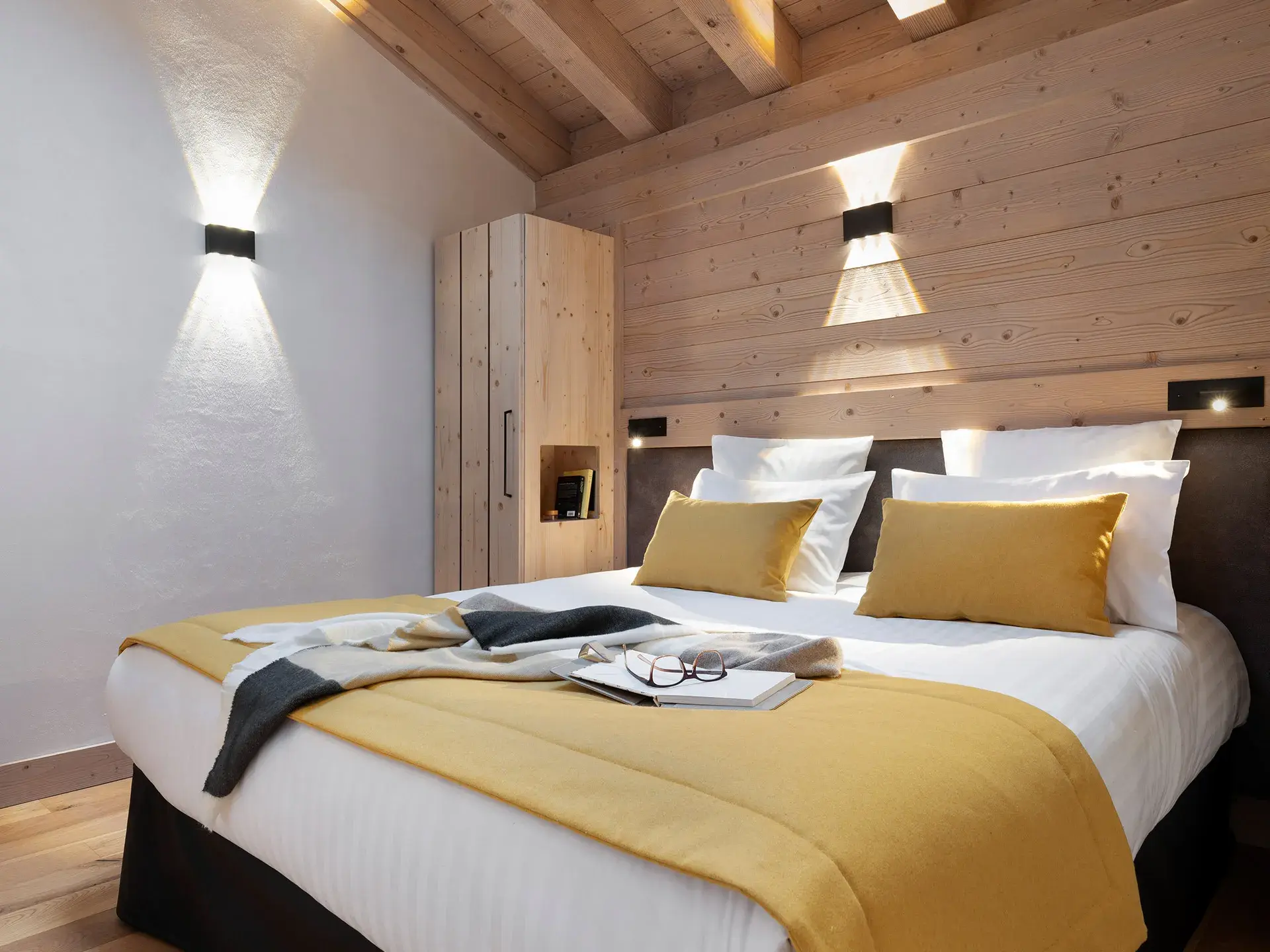
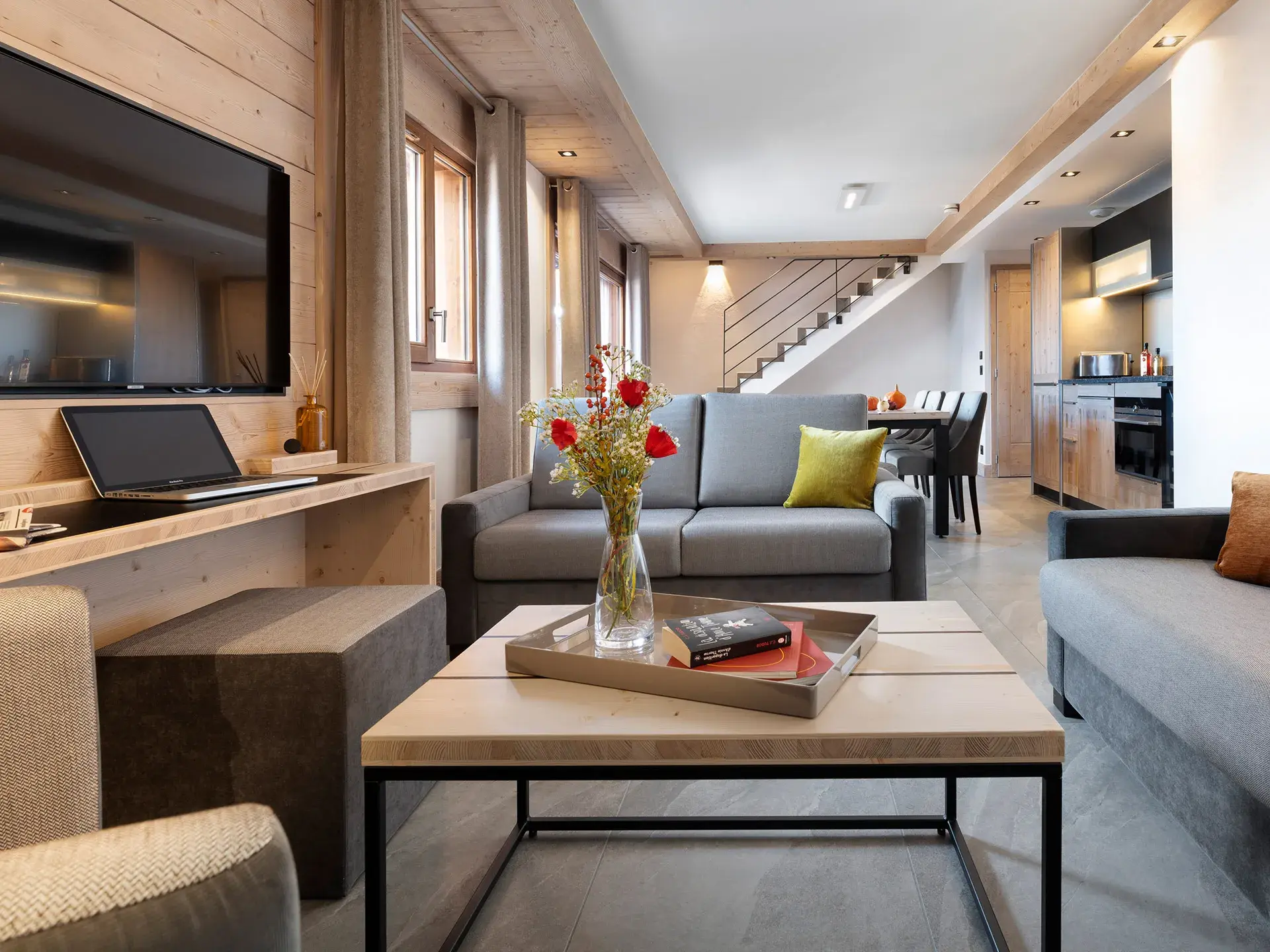
Valmorel (73)
Residence Akoya
From 2-bedroom to 4-bedroom Duplex
From 381 667 € excl. VAT
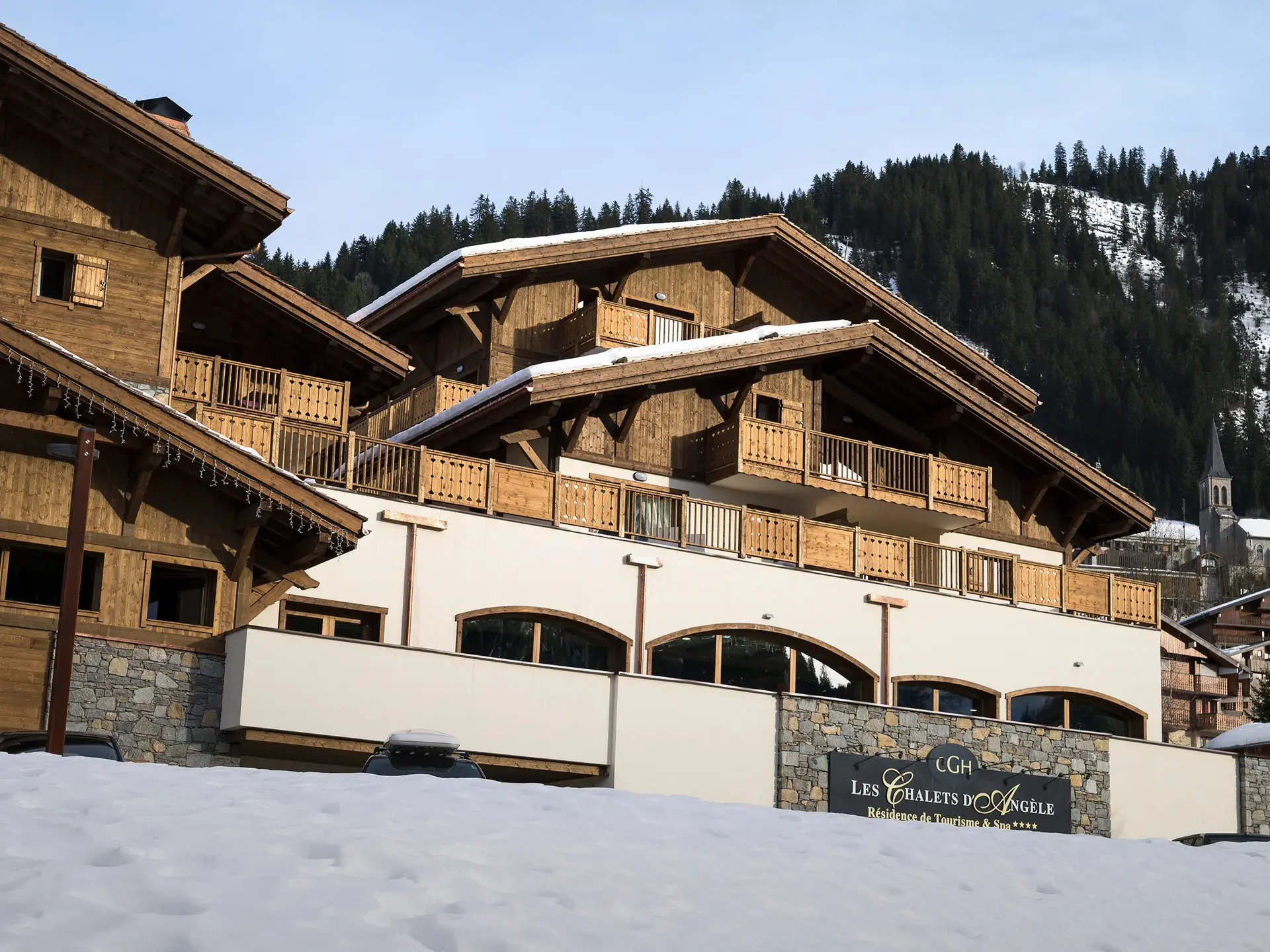

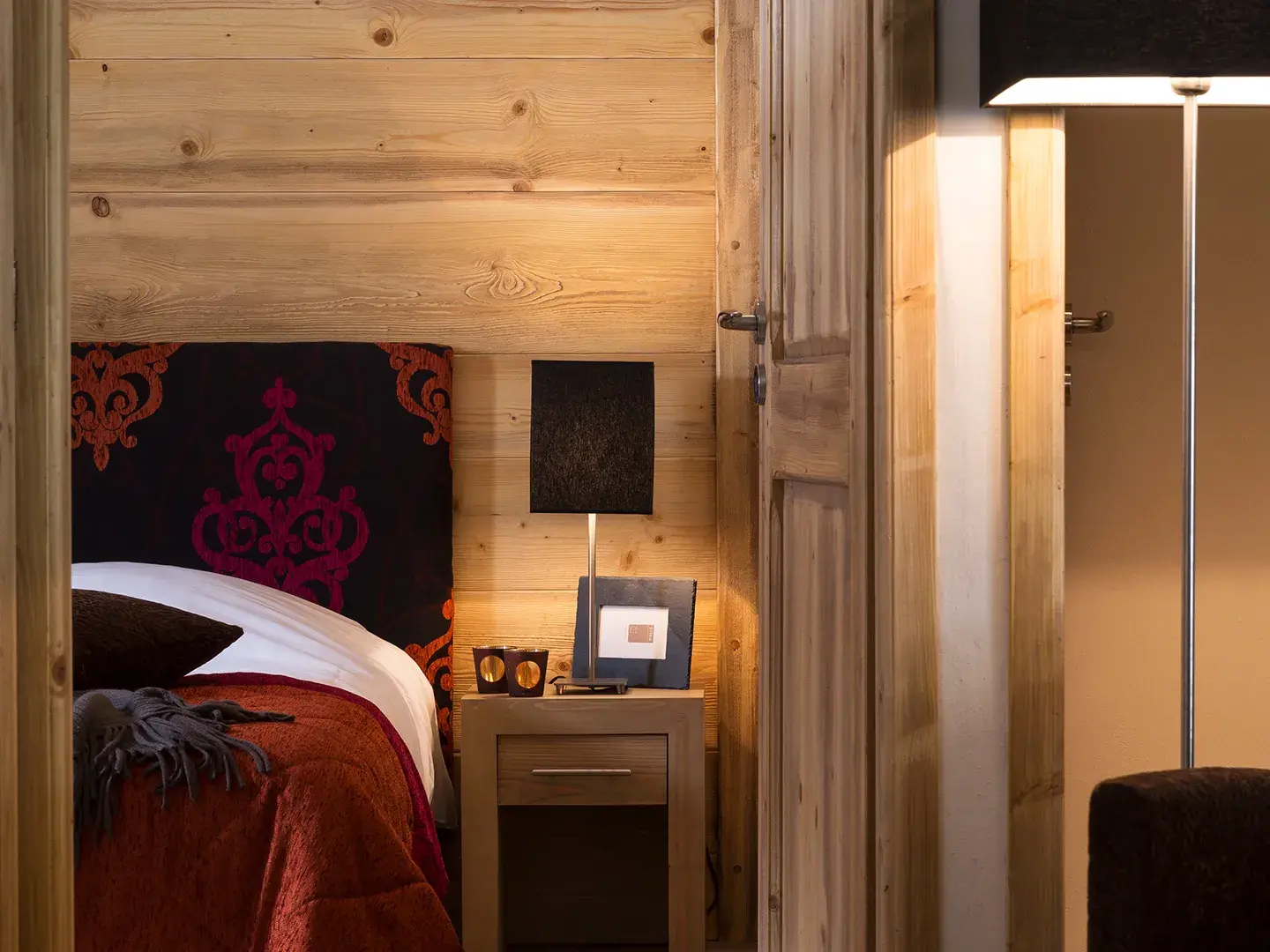


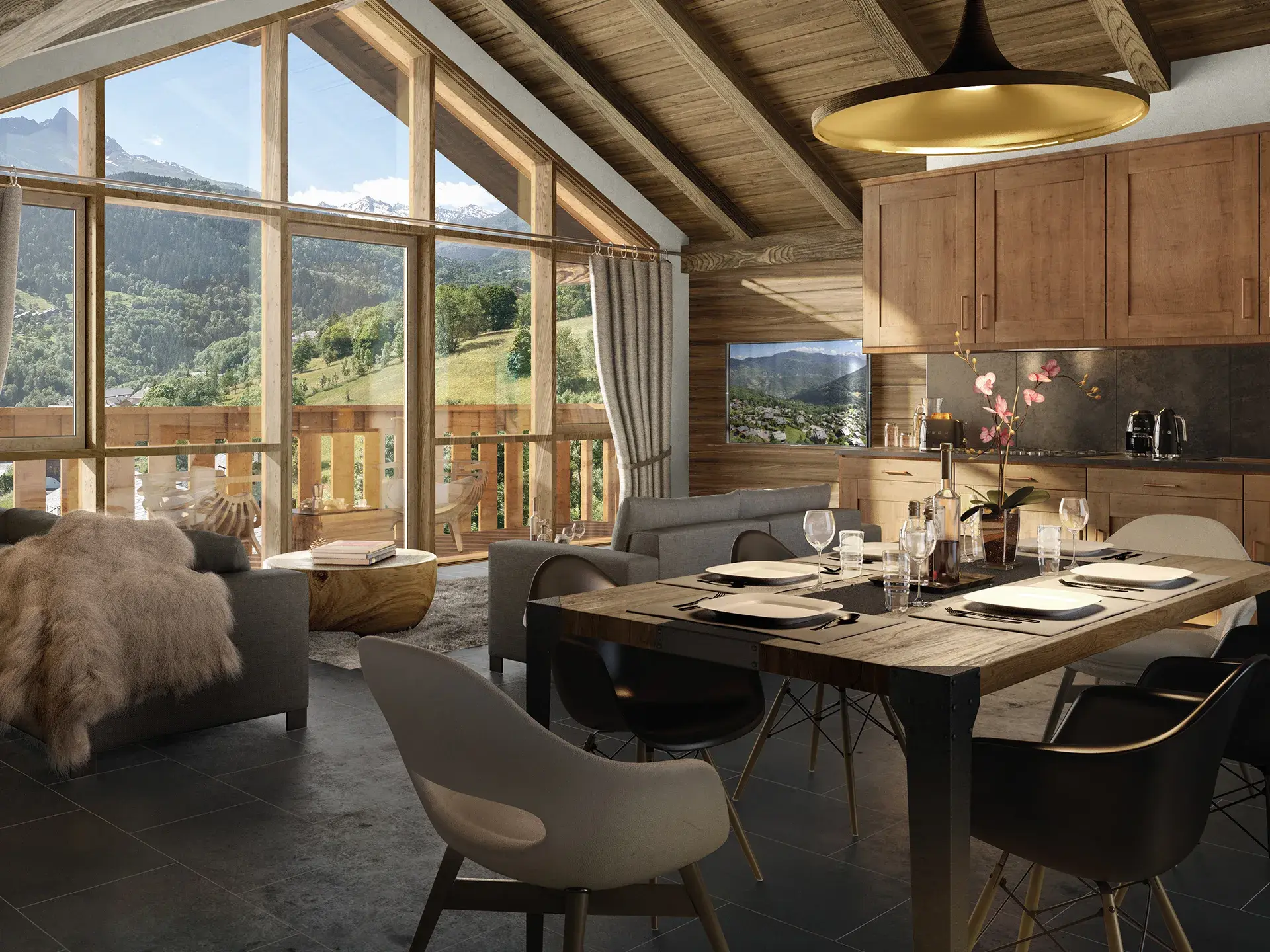
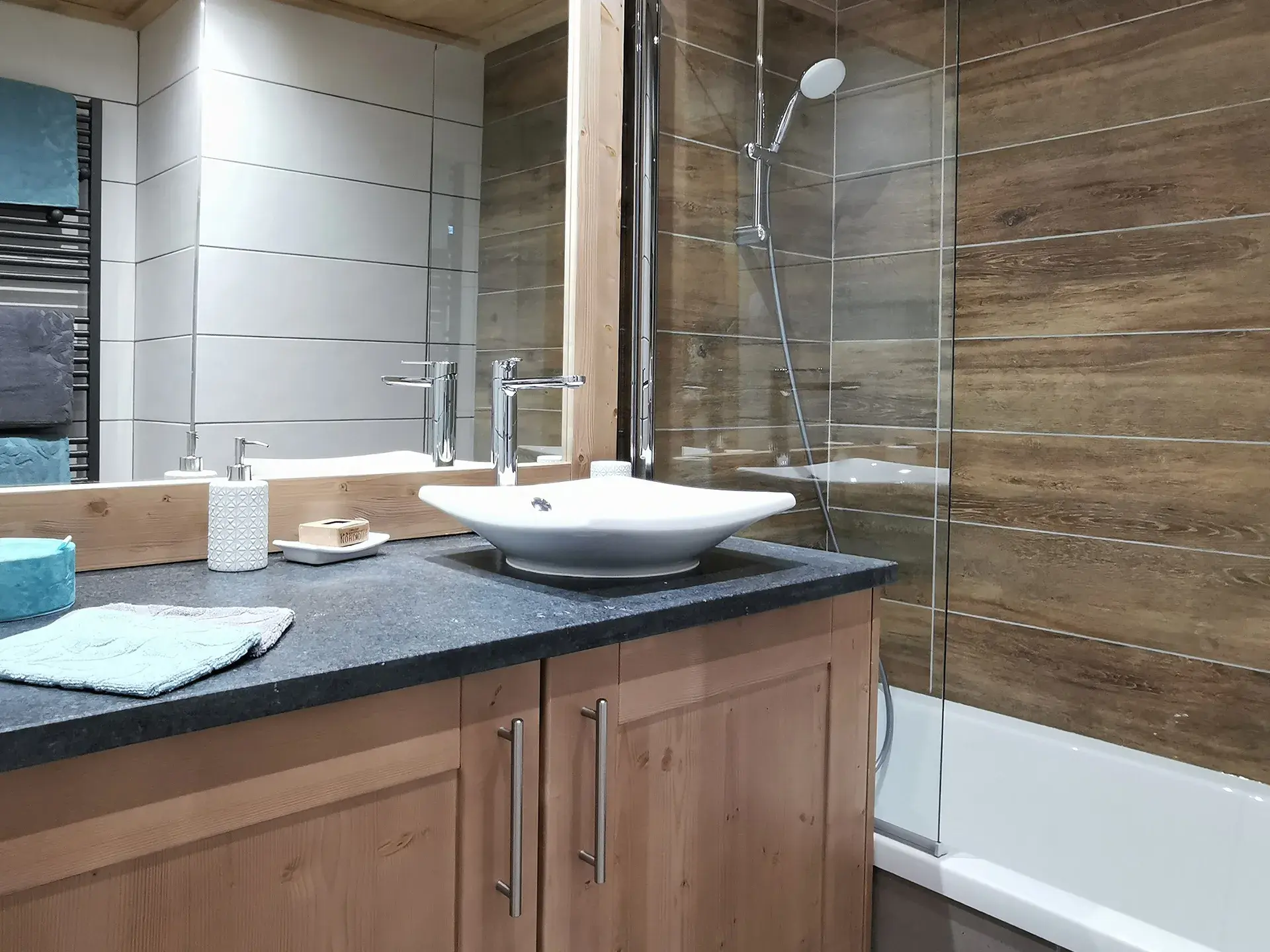

Méribel (73)
Chalet Apsara
From 2-bedroom to 4-bedroom Duplex
From 527 000 € incl. VAT
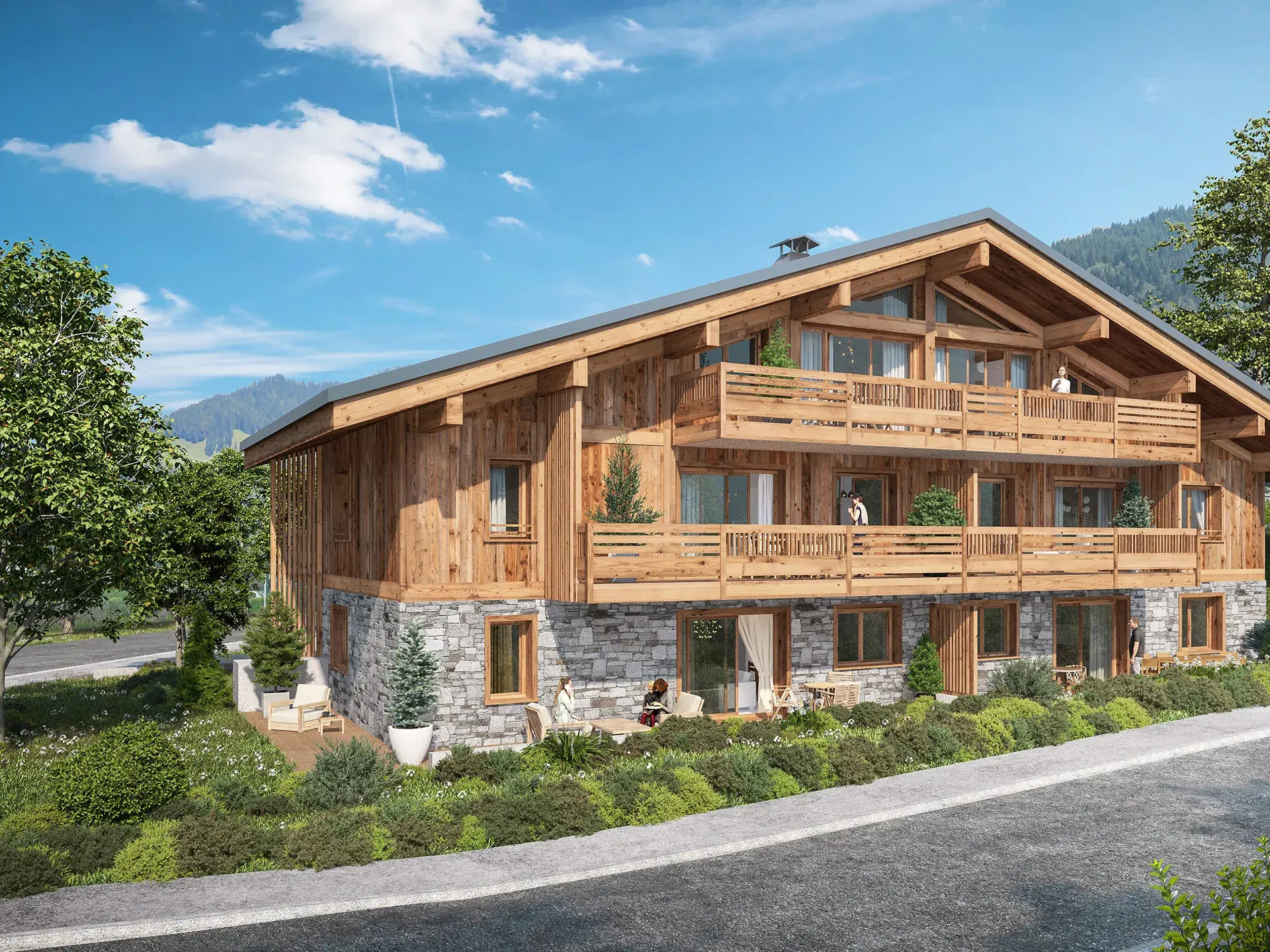
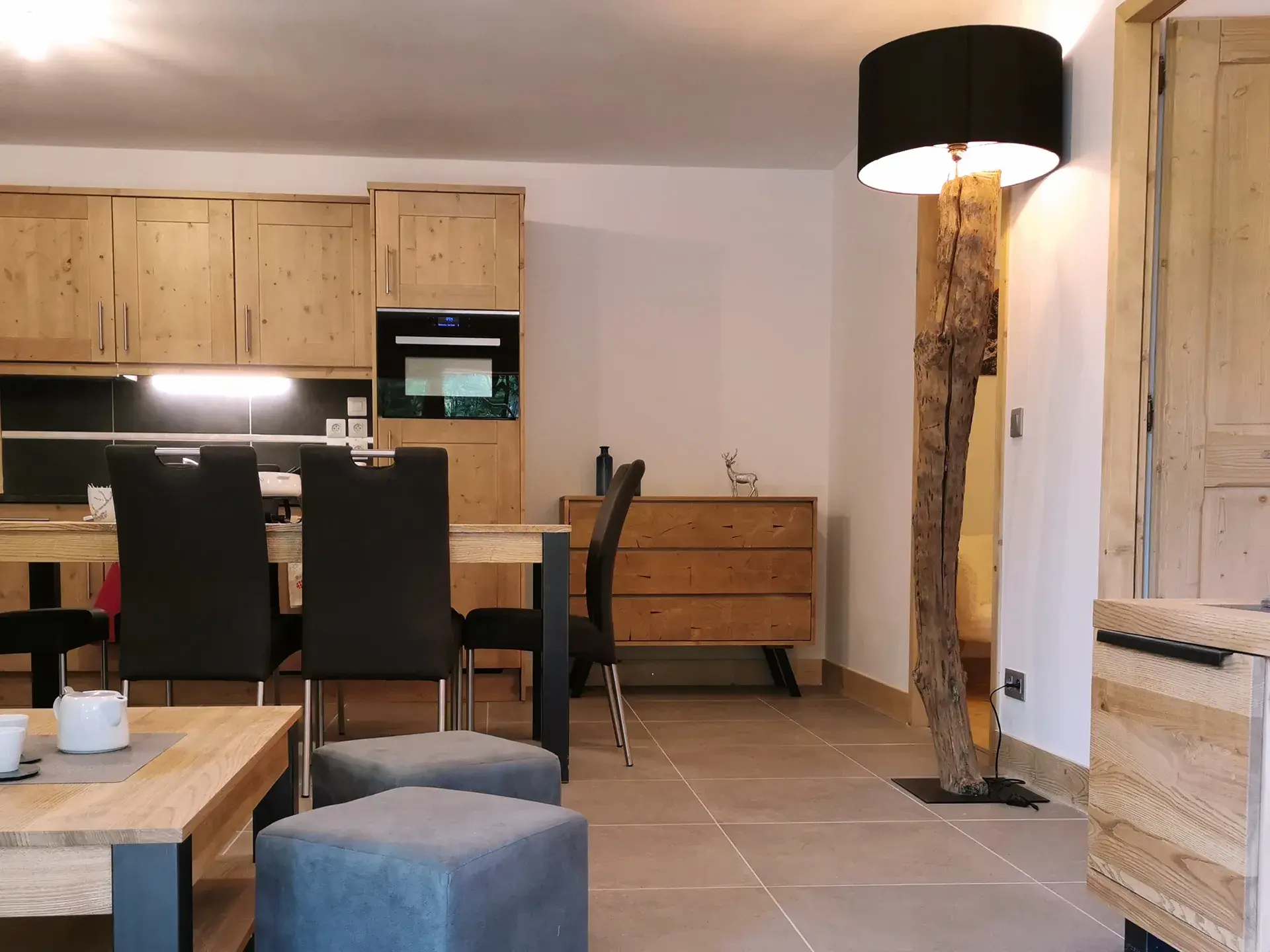
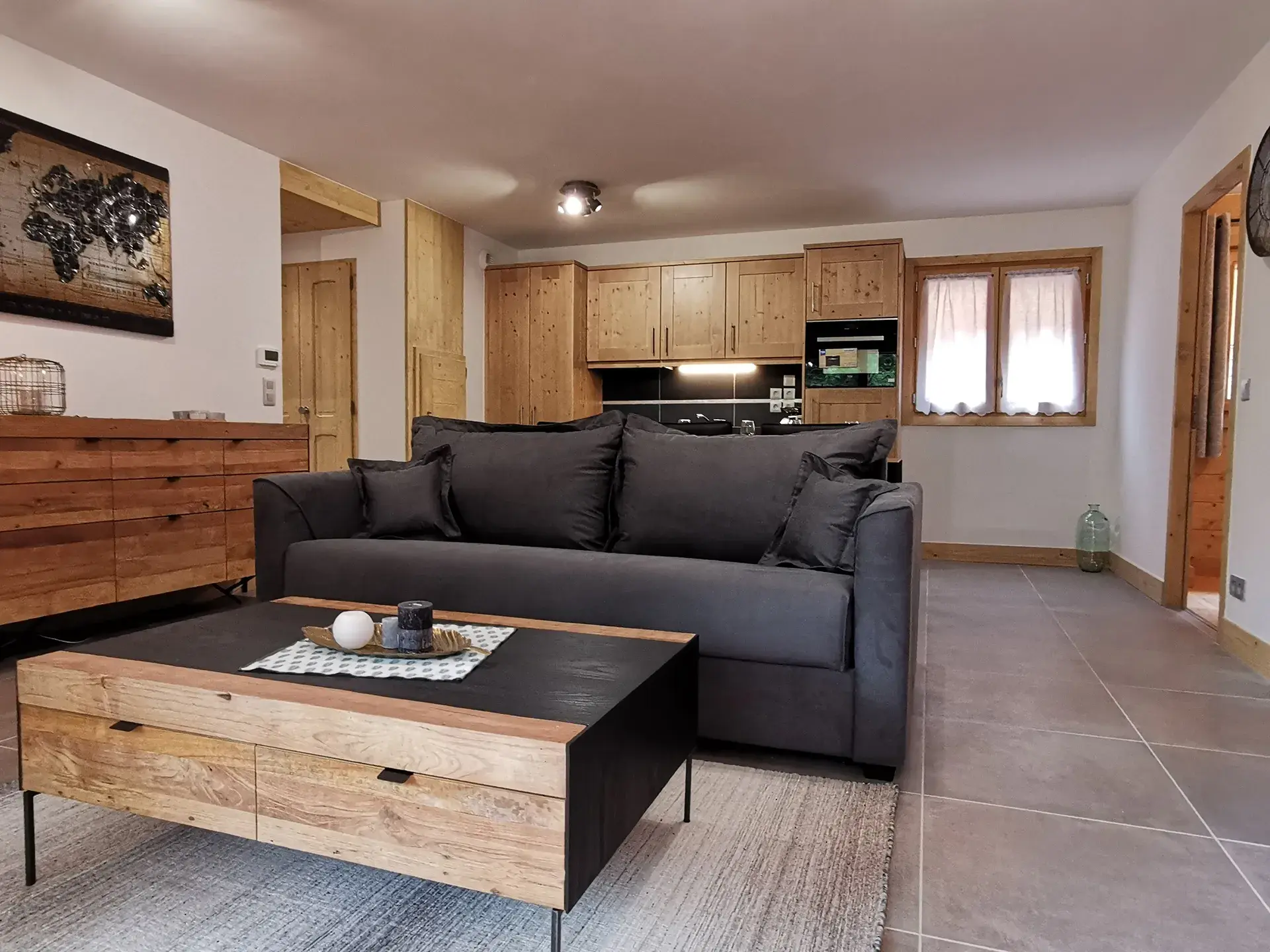
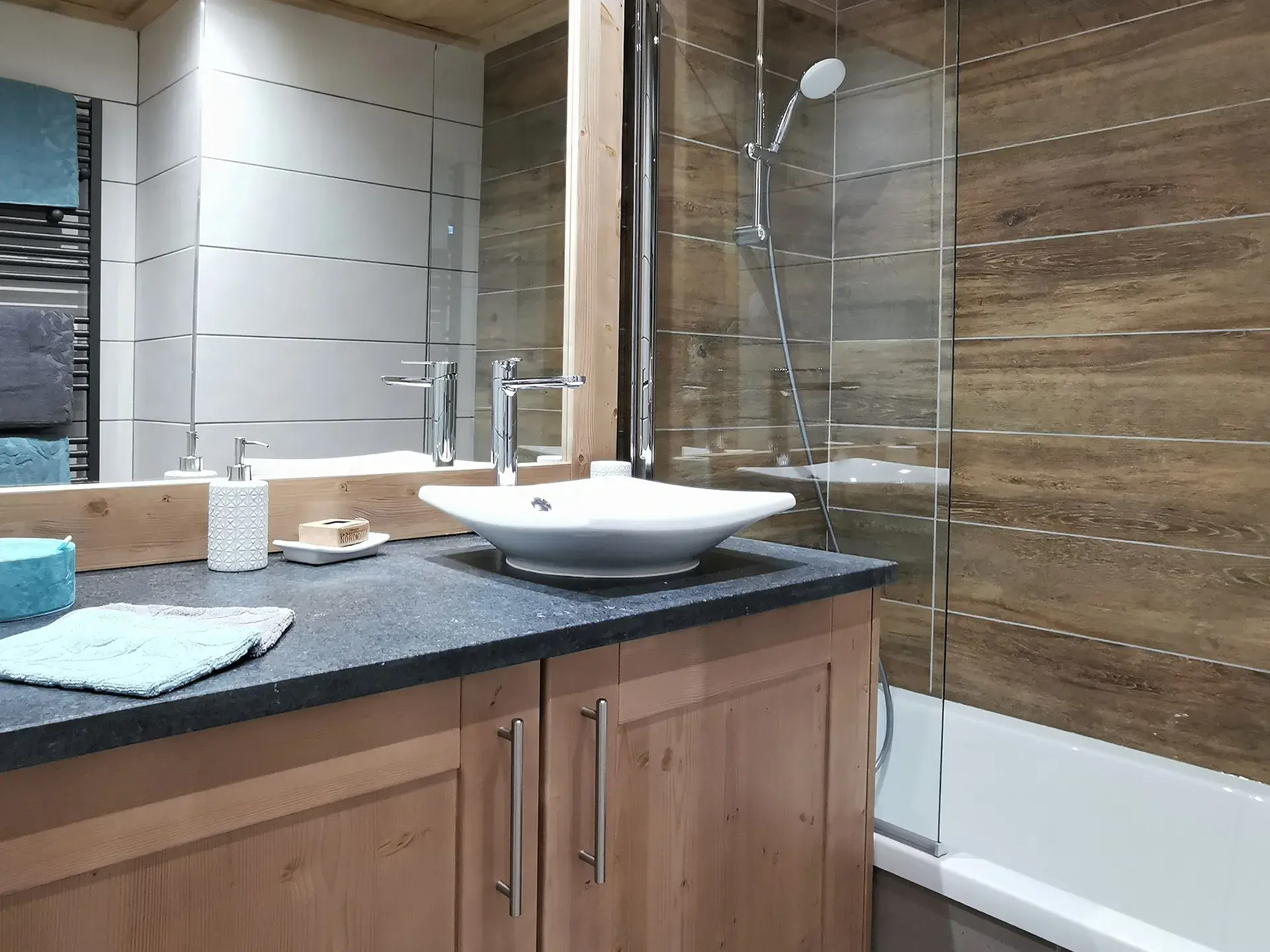
Les Carroz d'Arâches (74)
Chalet Victorine
From 1-bedroom to 4-bedroom
From 390 000 € incl. VAT

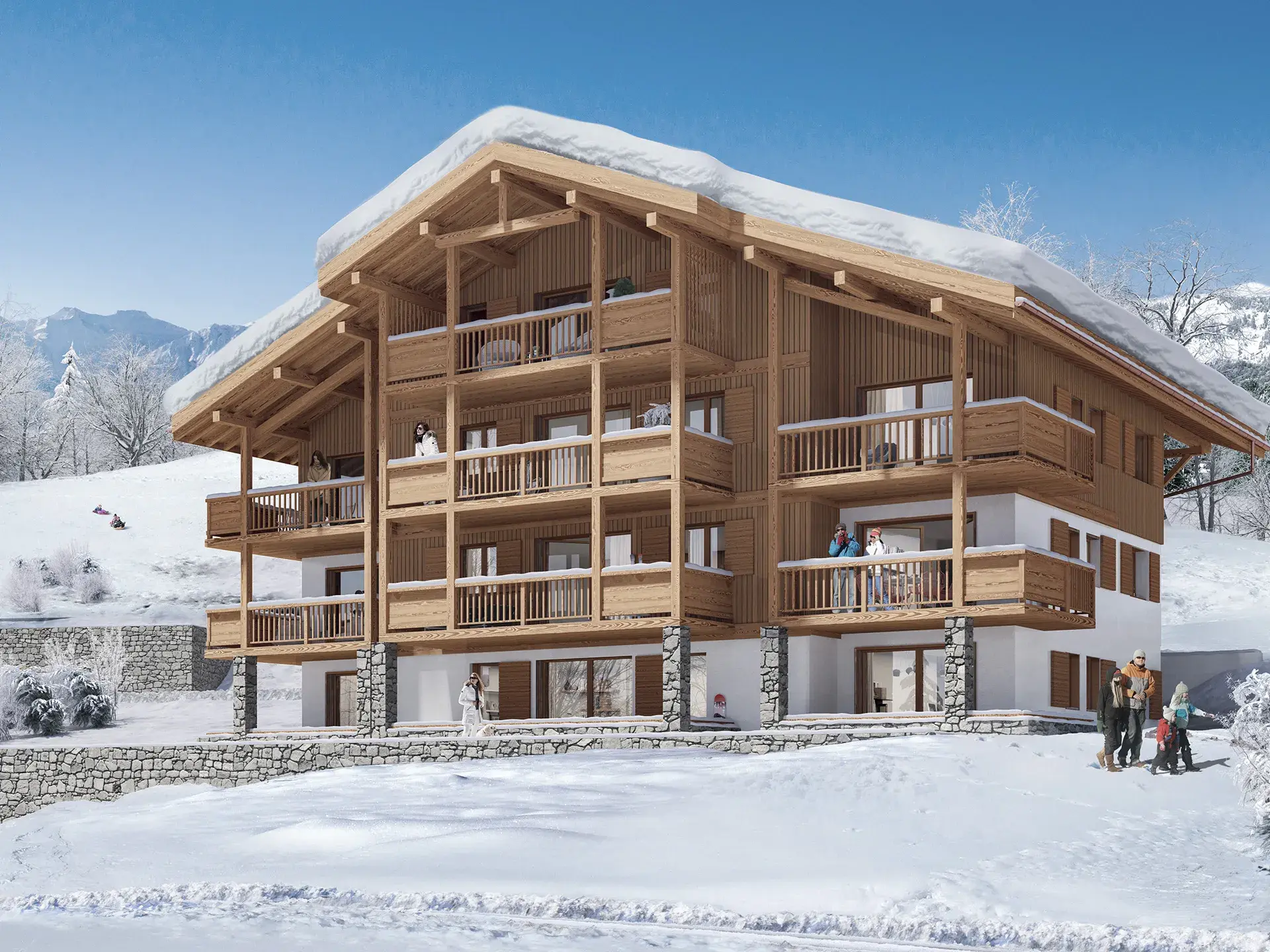
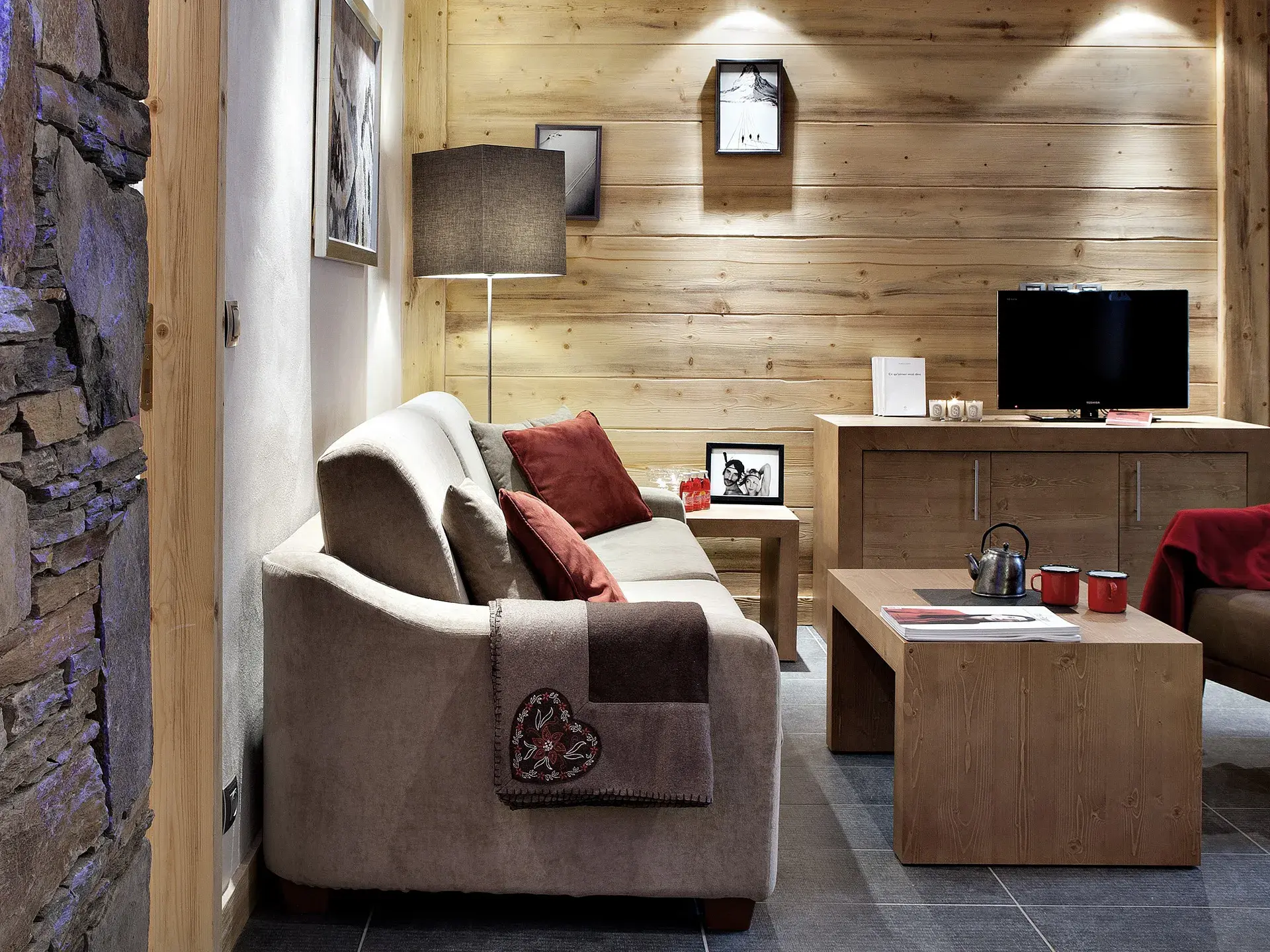
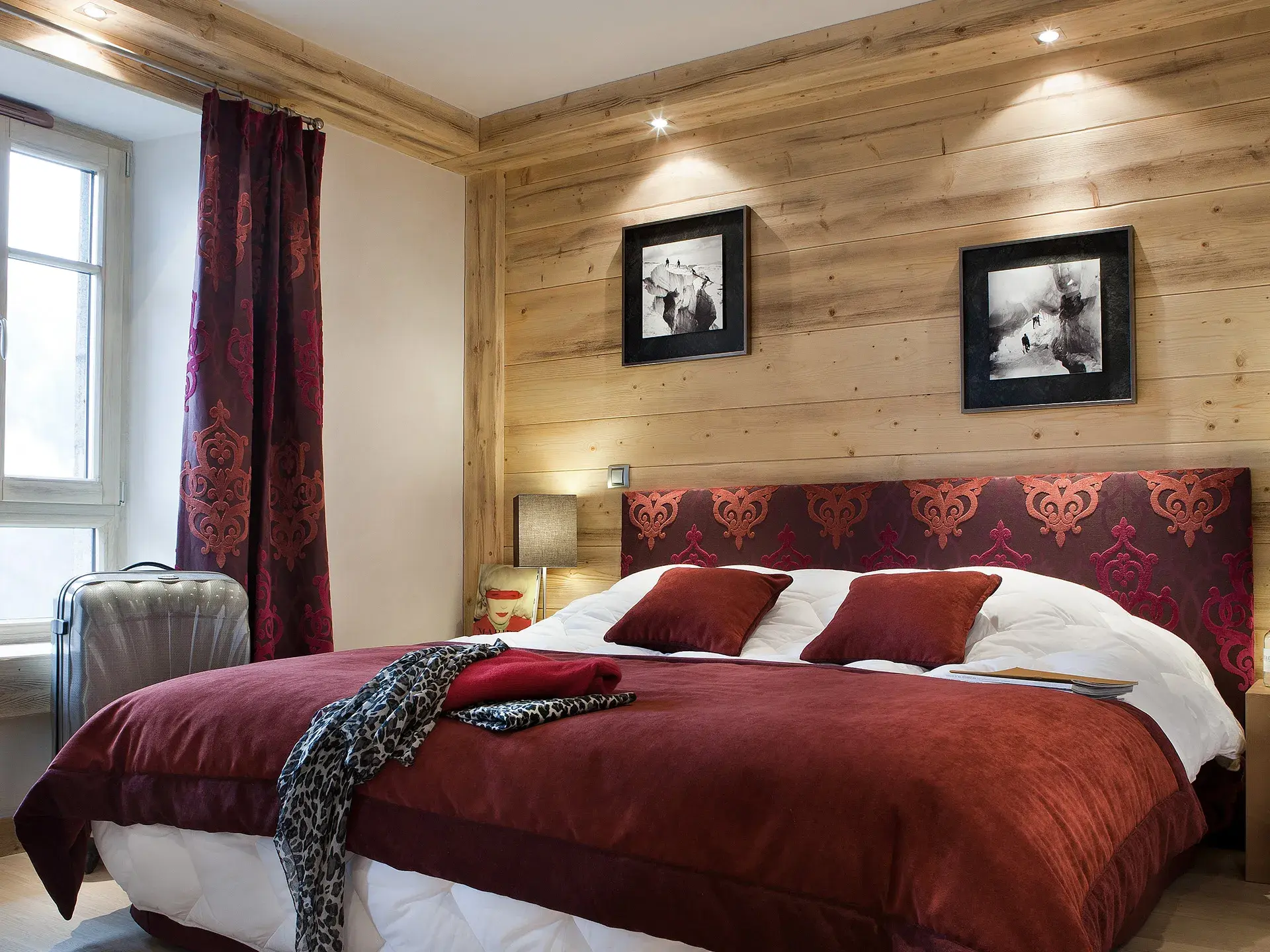
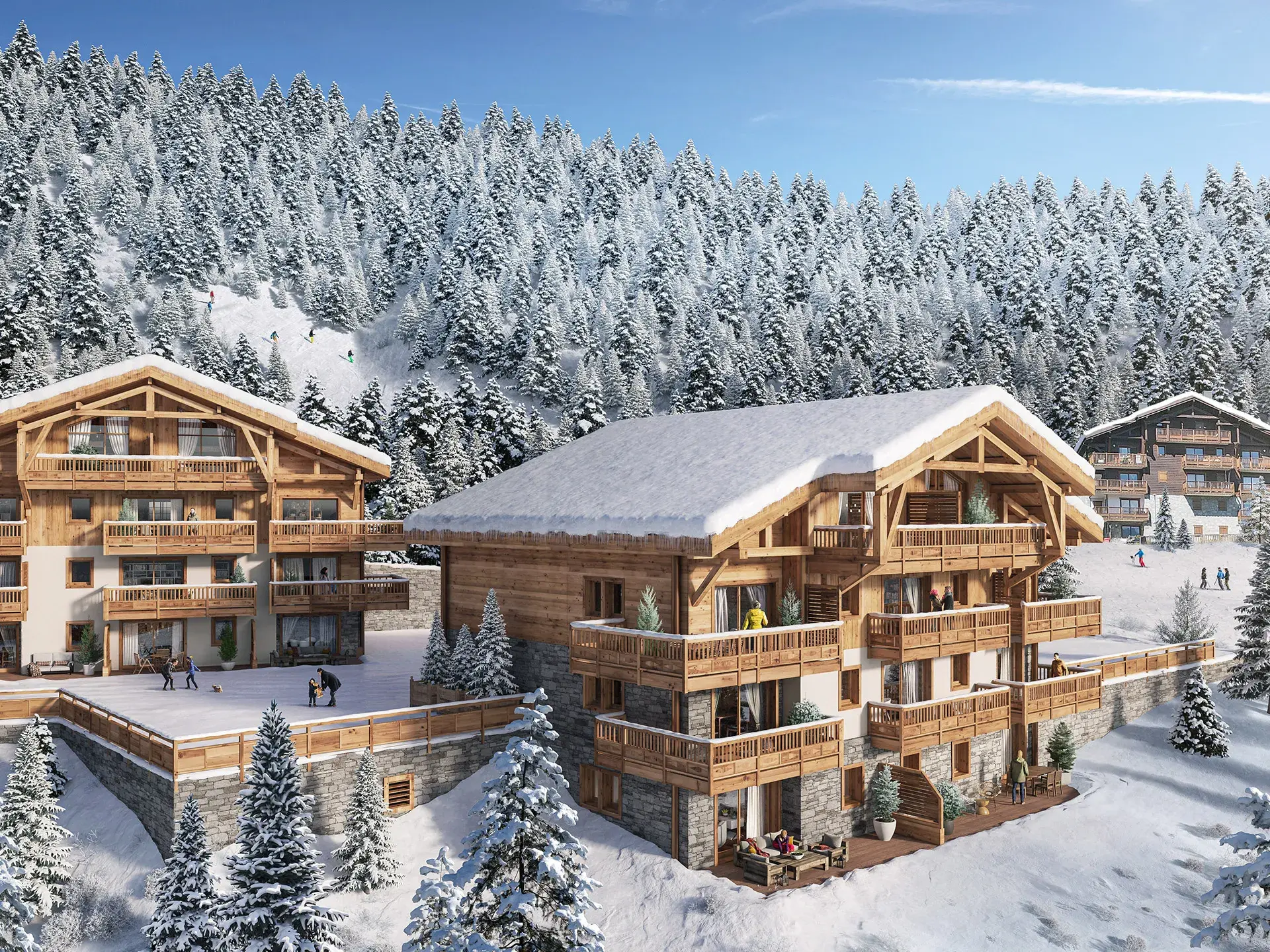
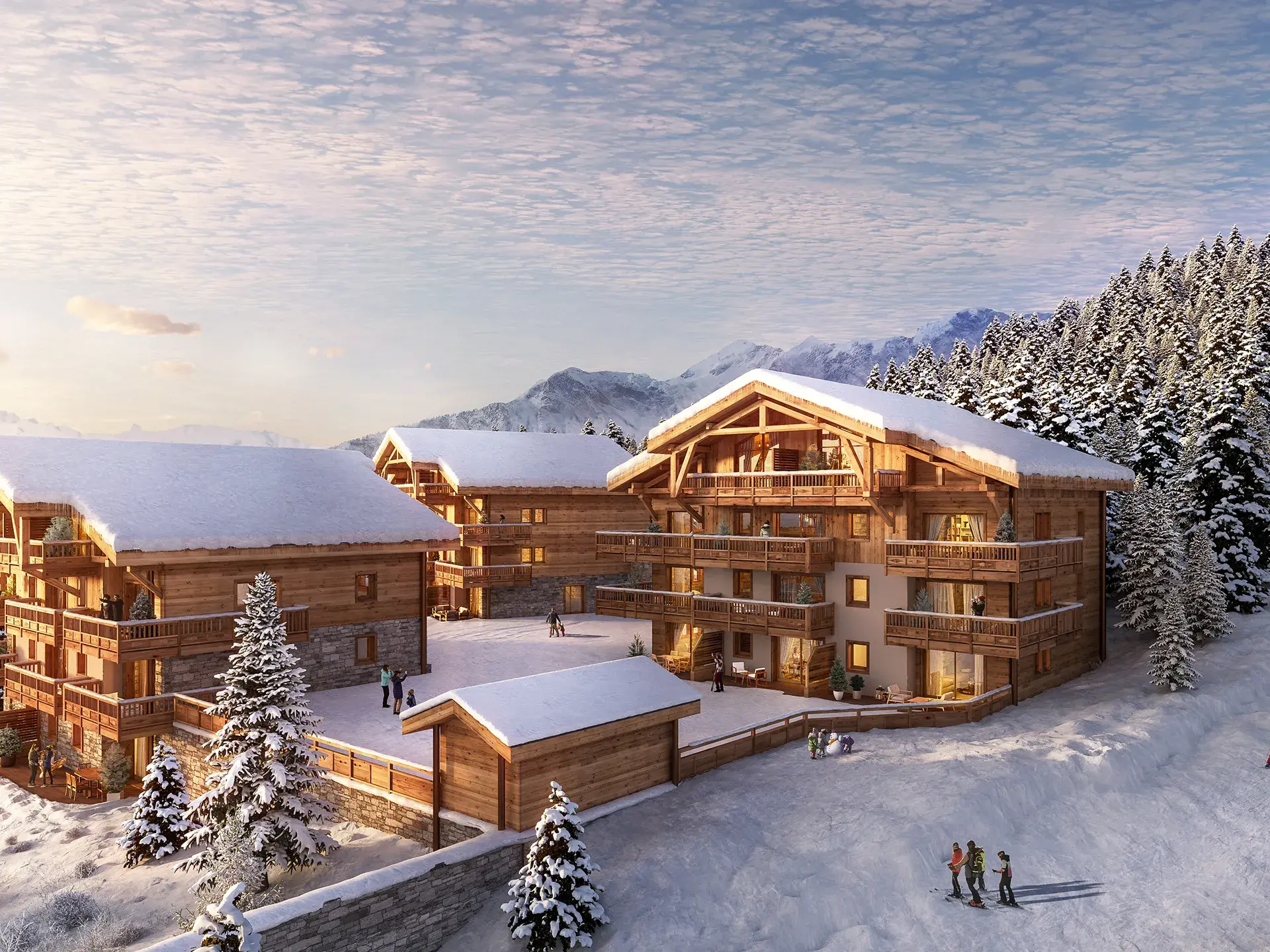

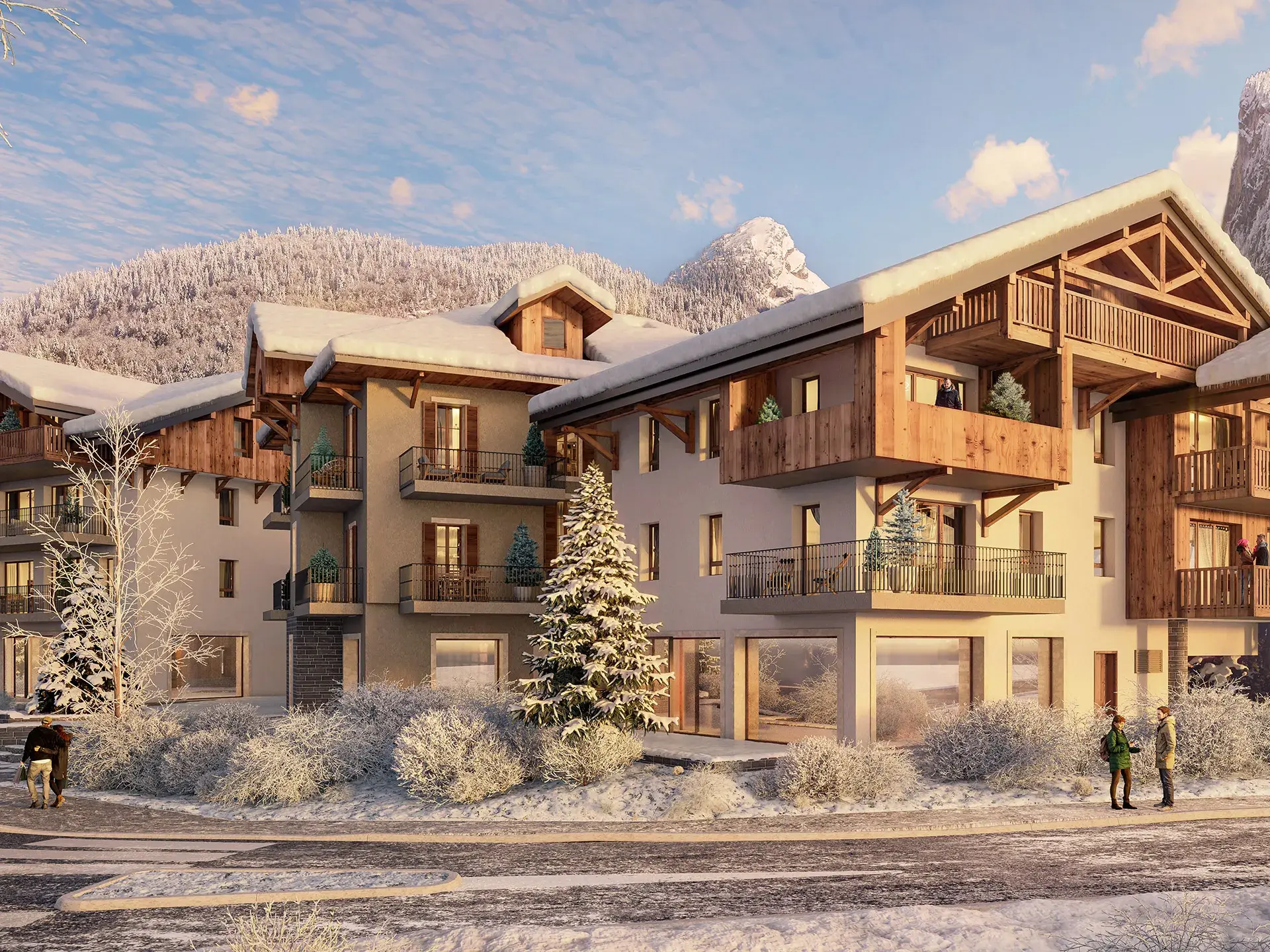
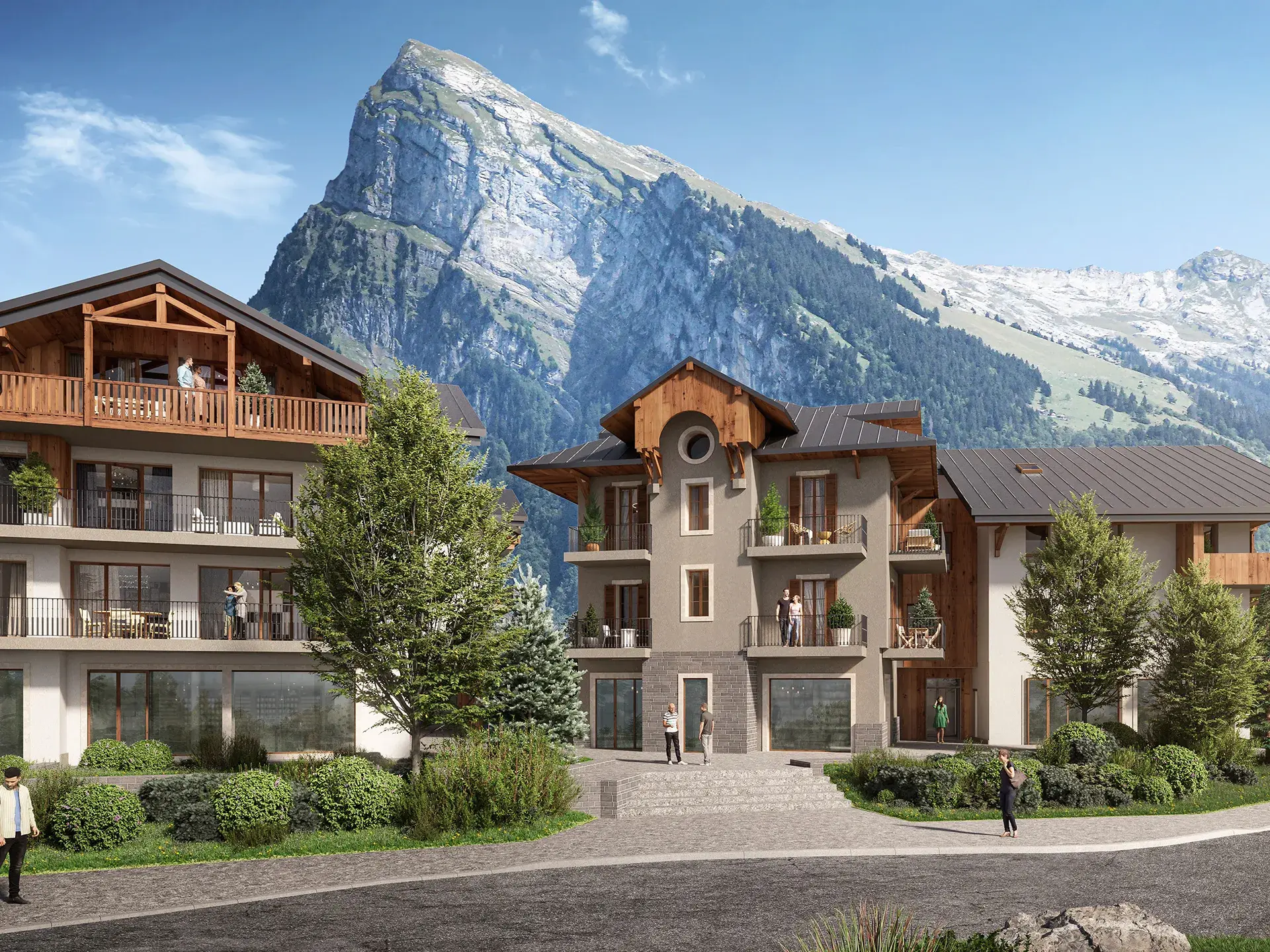
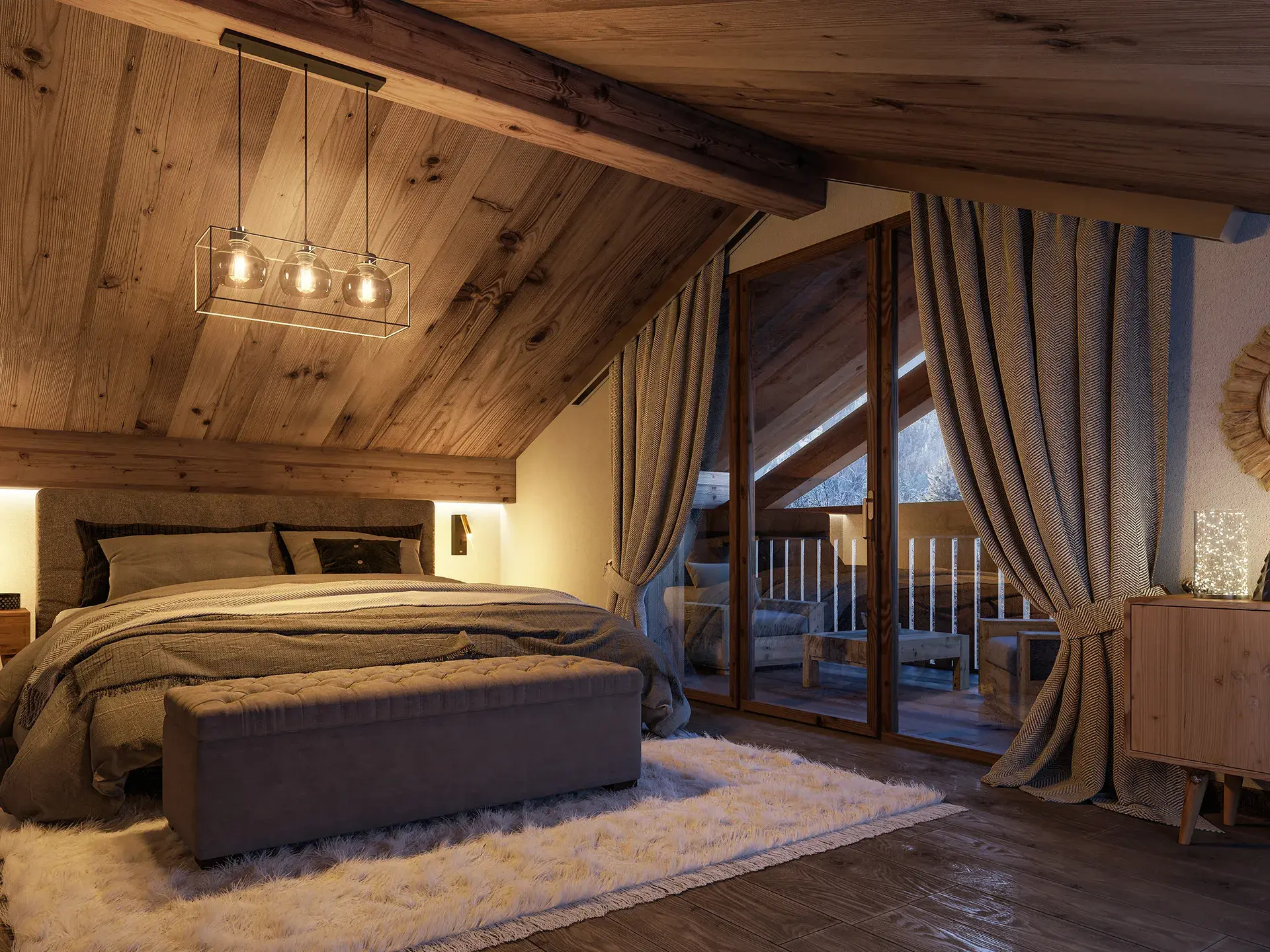
Samoëns (74)
Majestic Lodge
From 1-bedroom to 4-bedroom Duplex
From 366 600 € incl. VAT
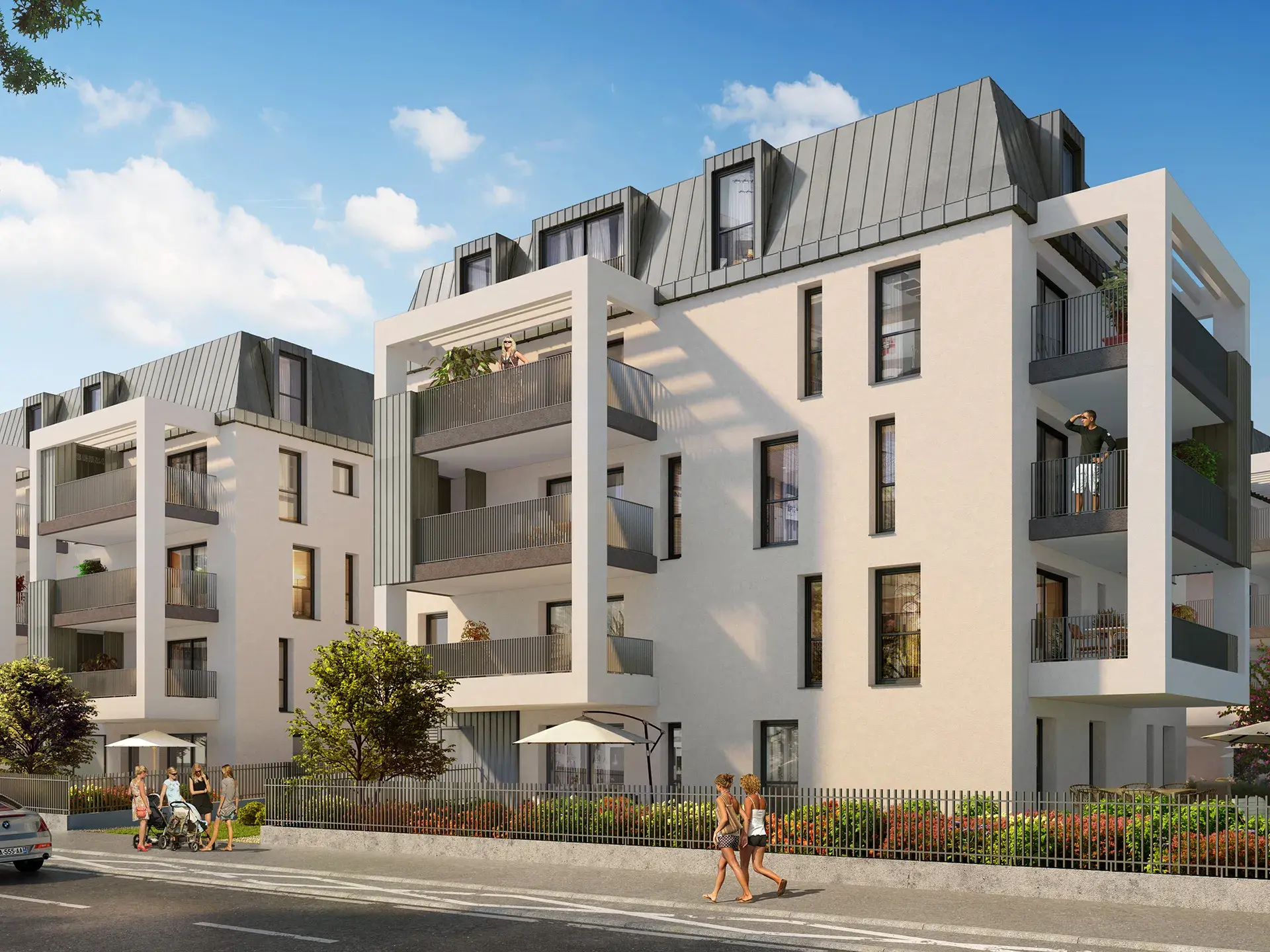
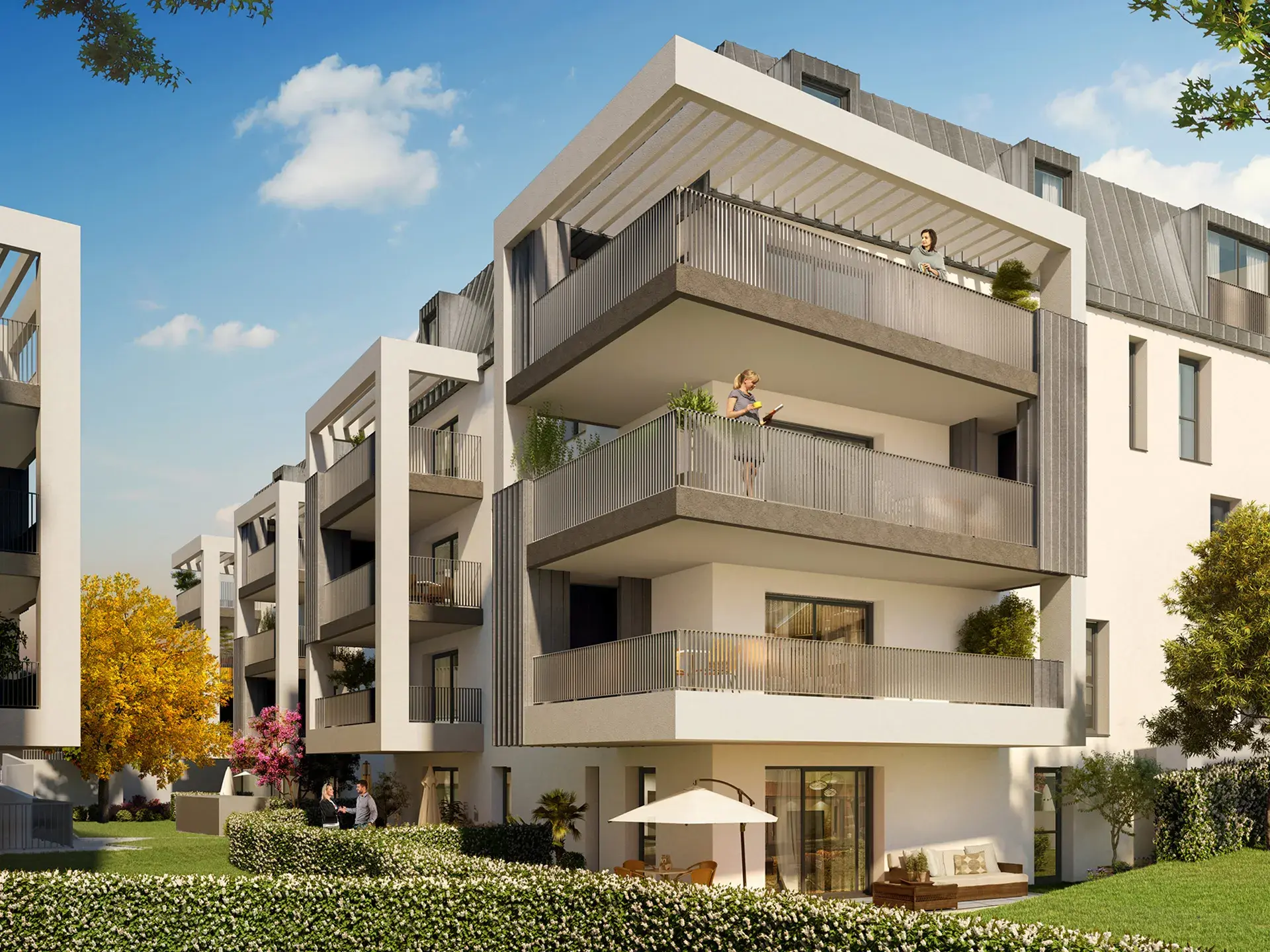

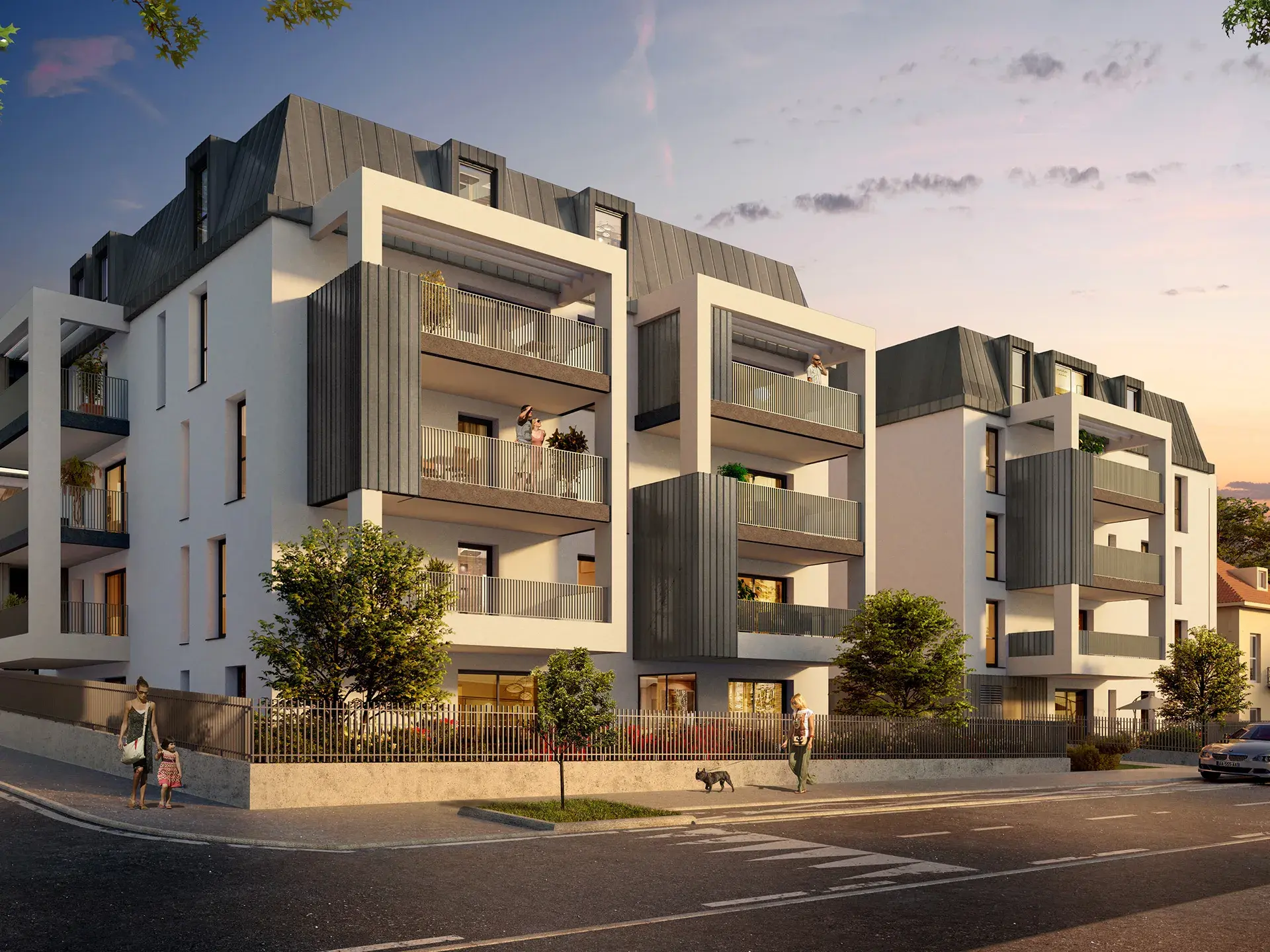
Aix-les-Bains (73)
Le Clos Marlioz
From 1-bedroom to 3-bedroom
From 290 000 € incl. VAT
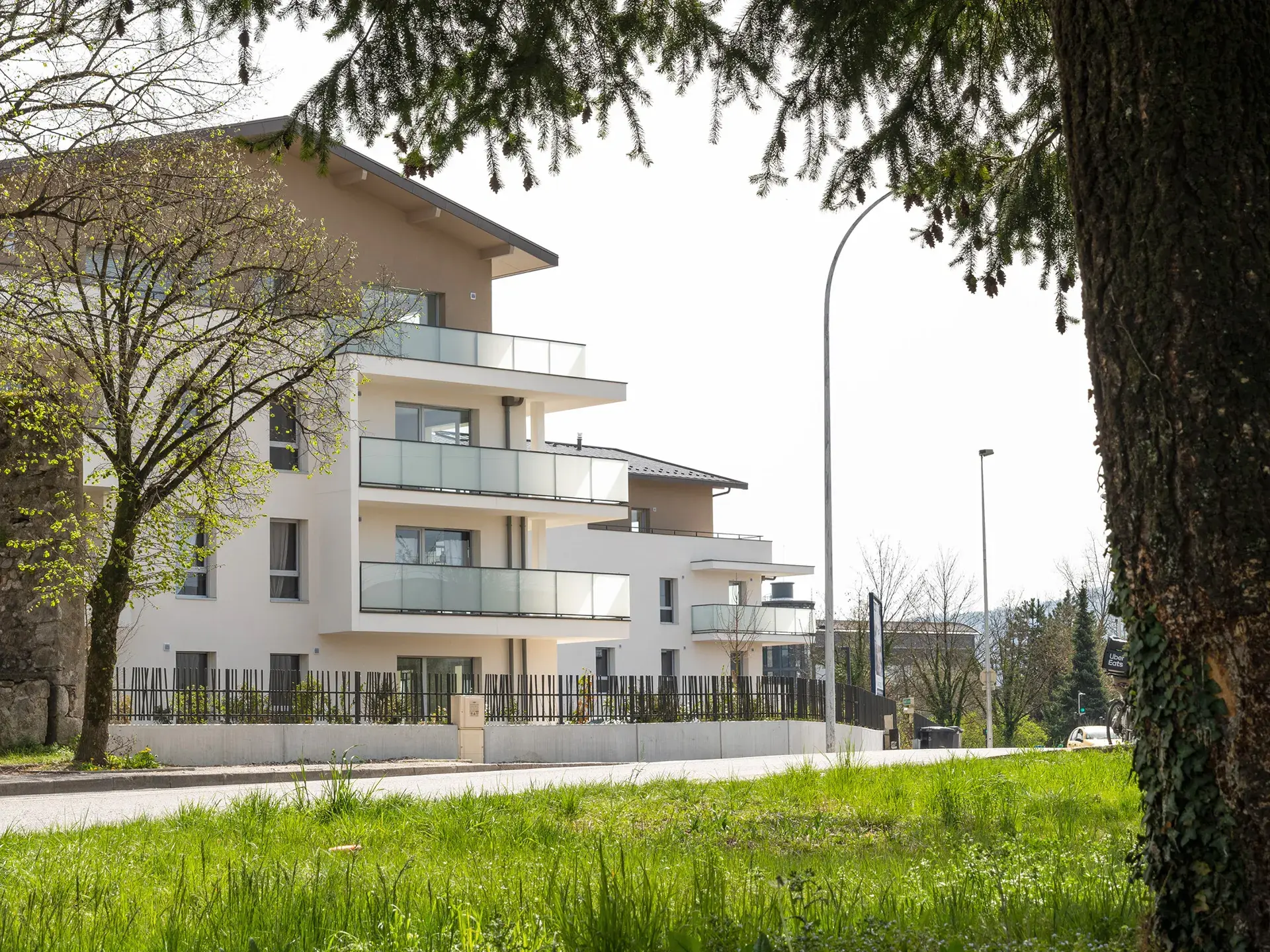



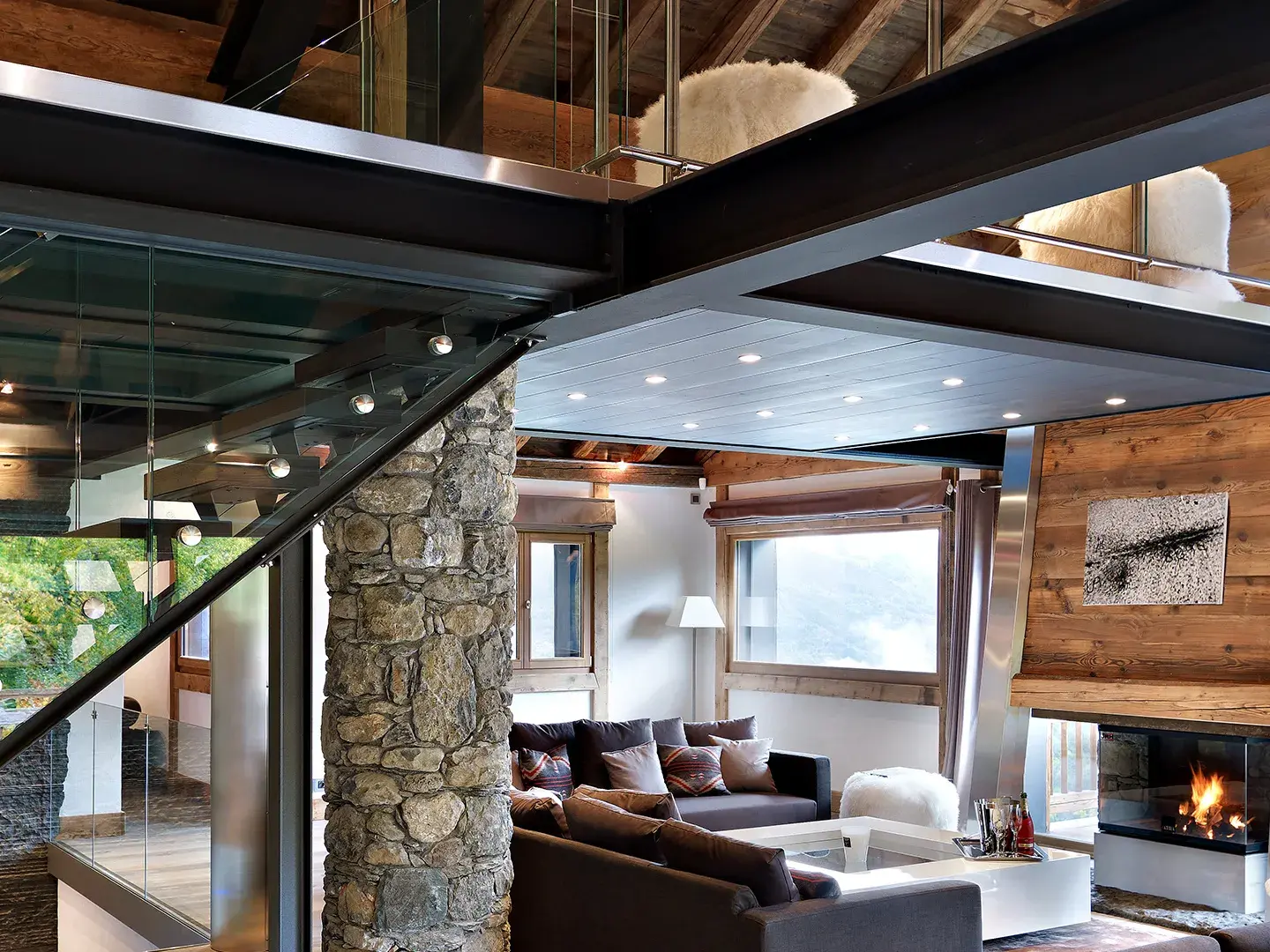
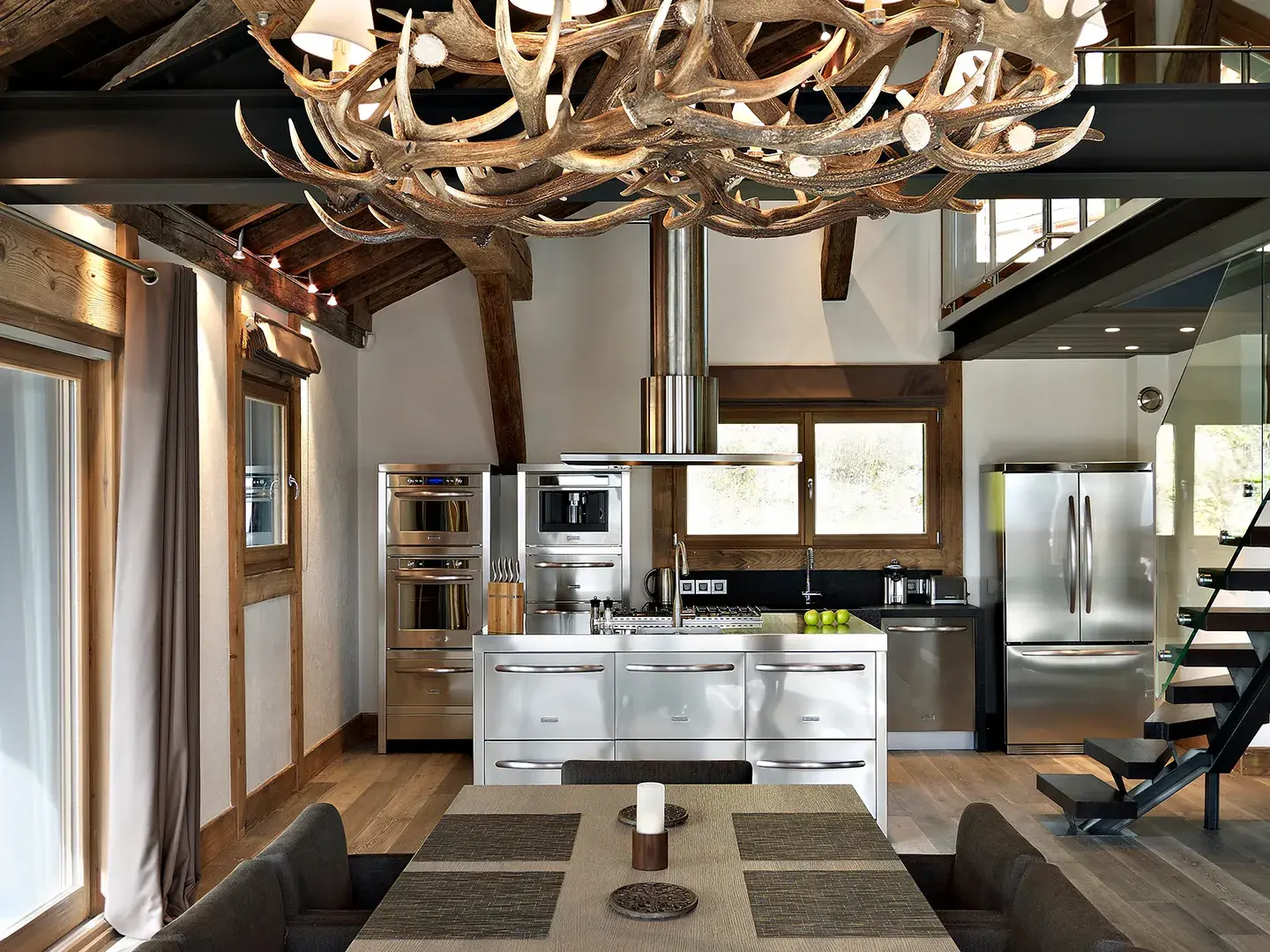
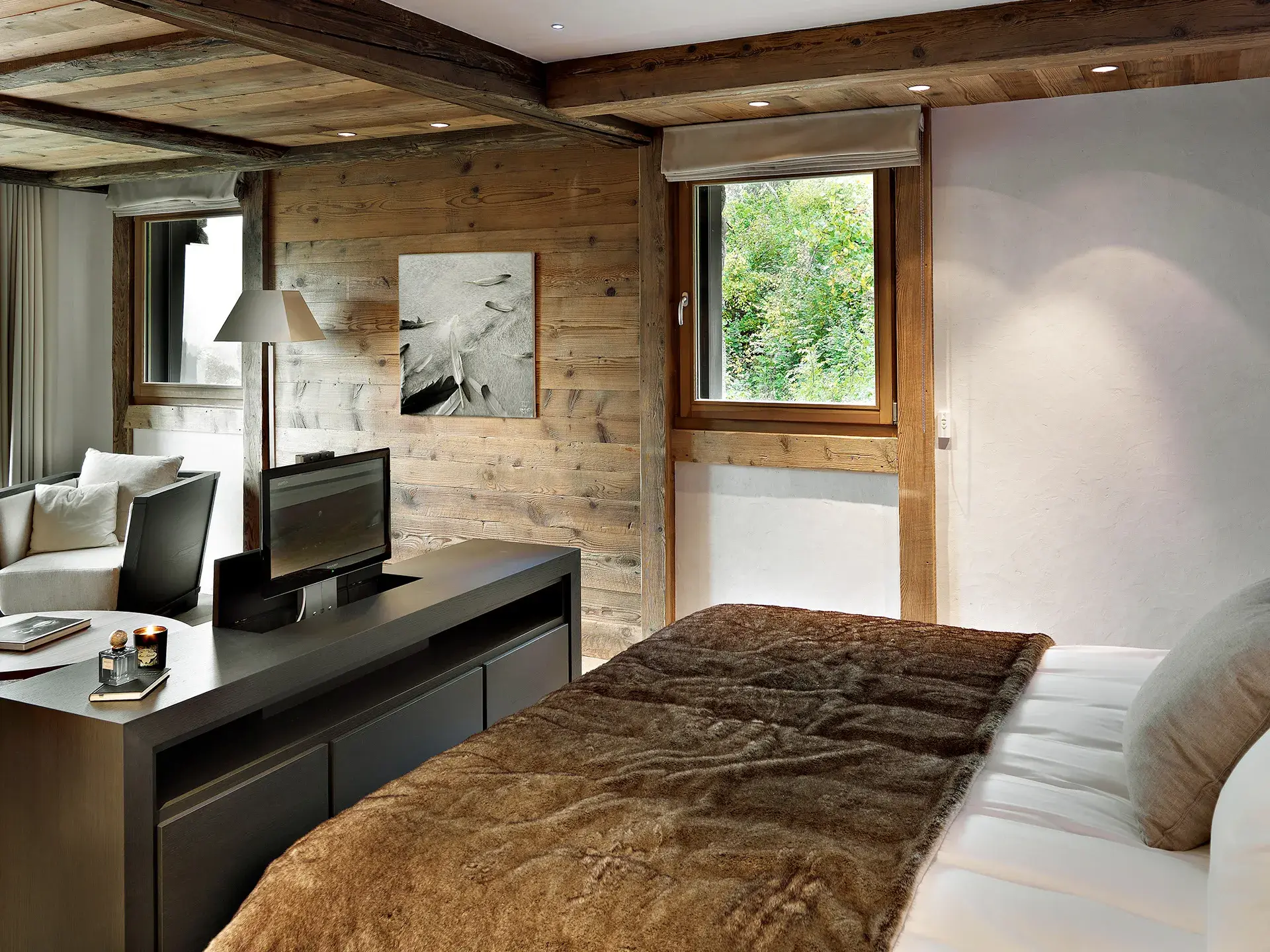
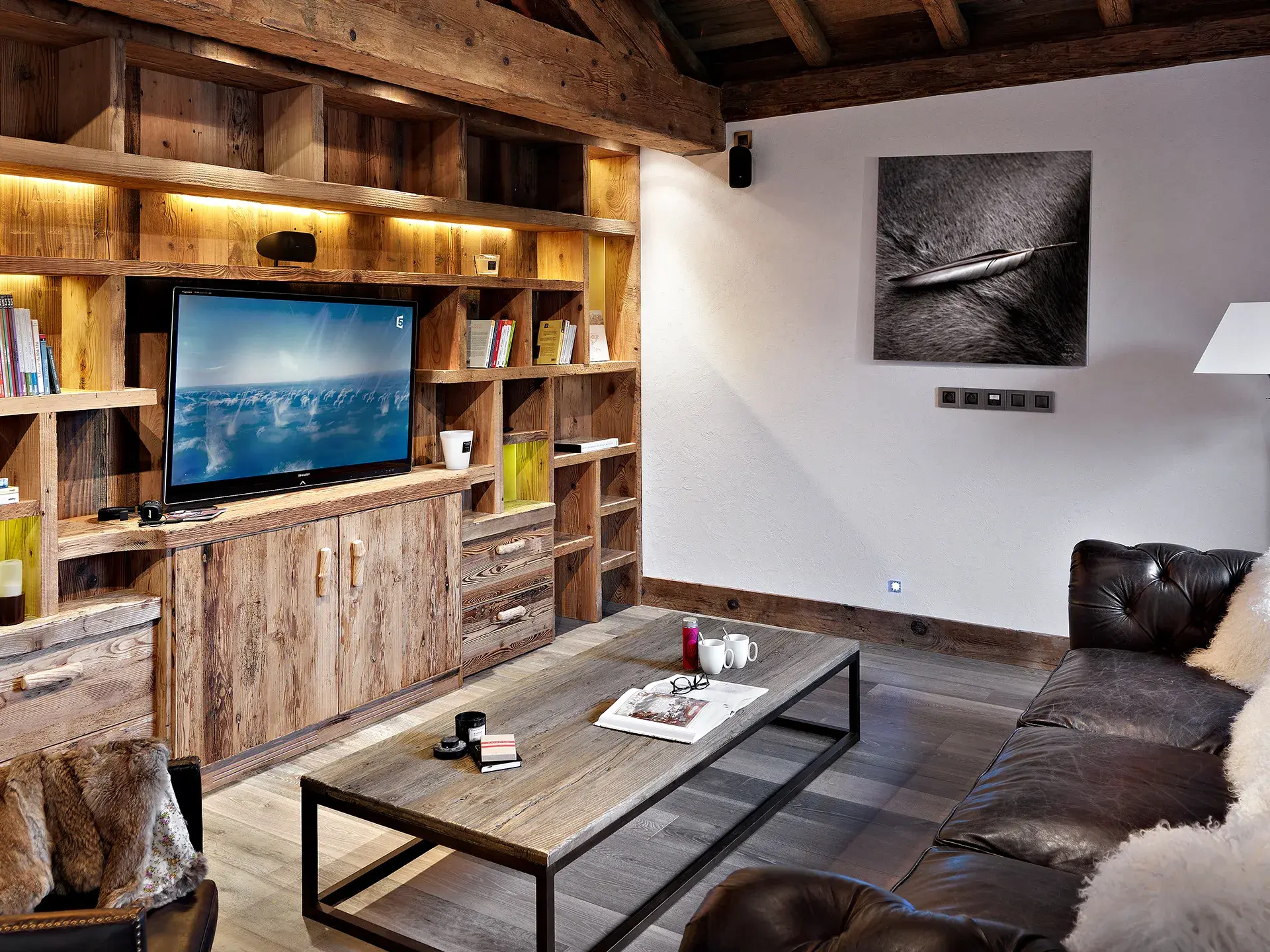
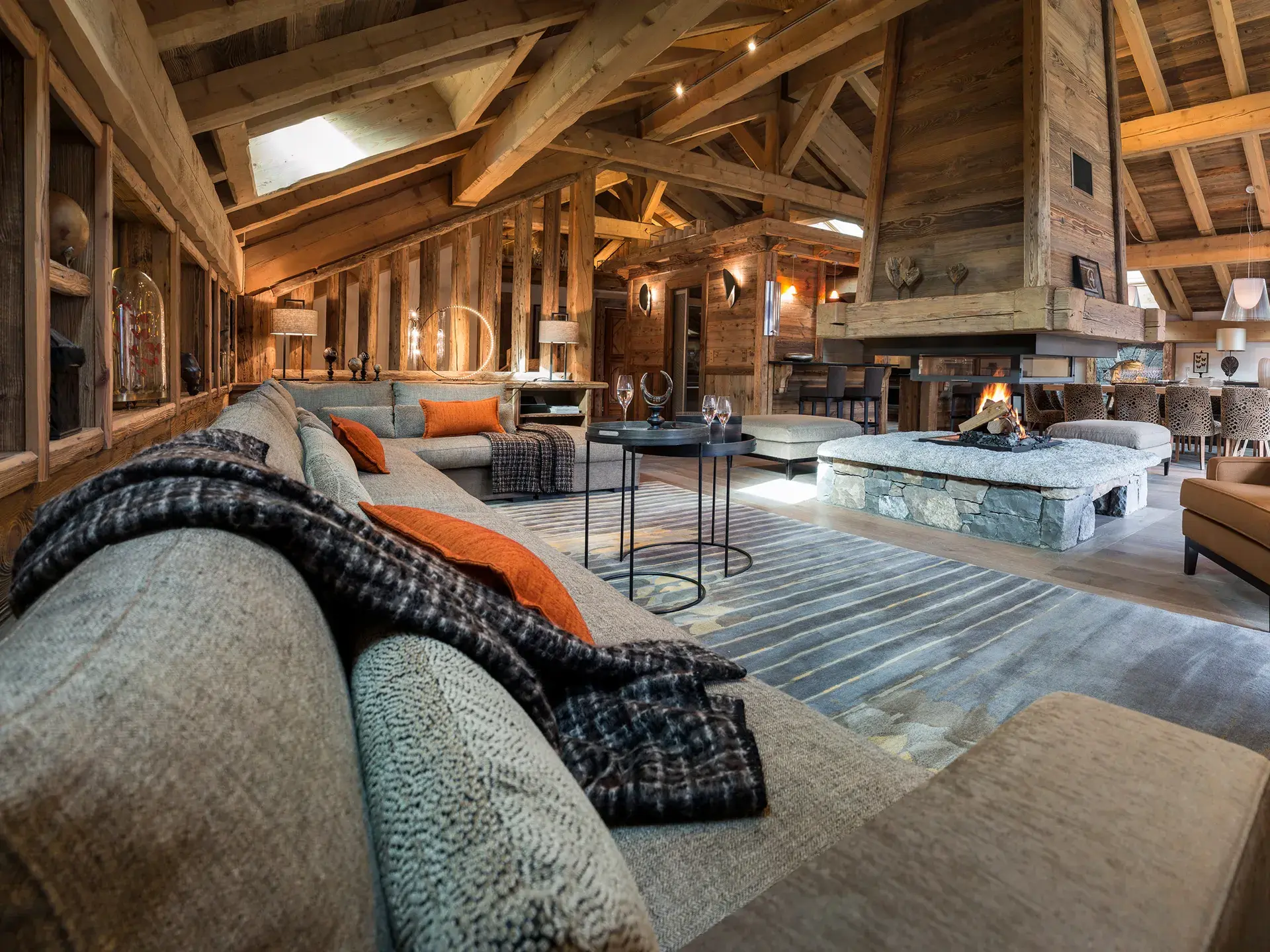



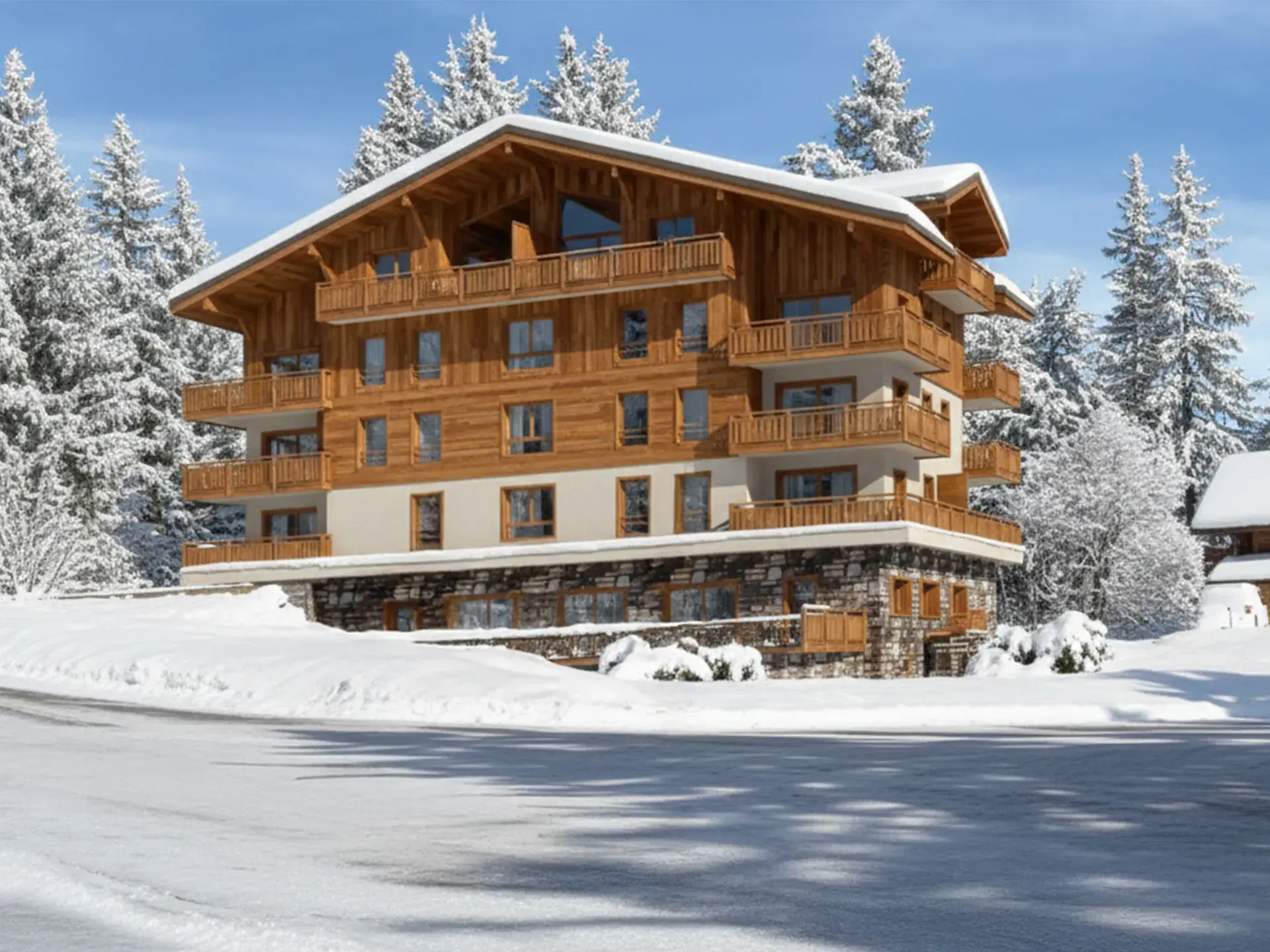

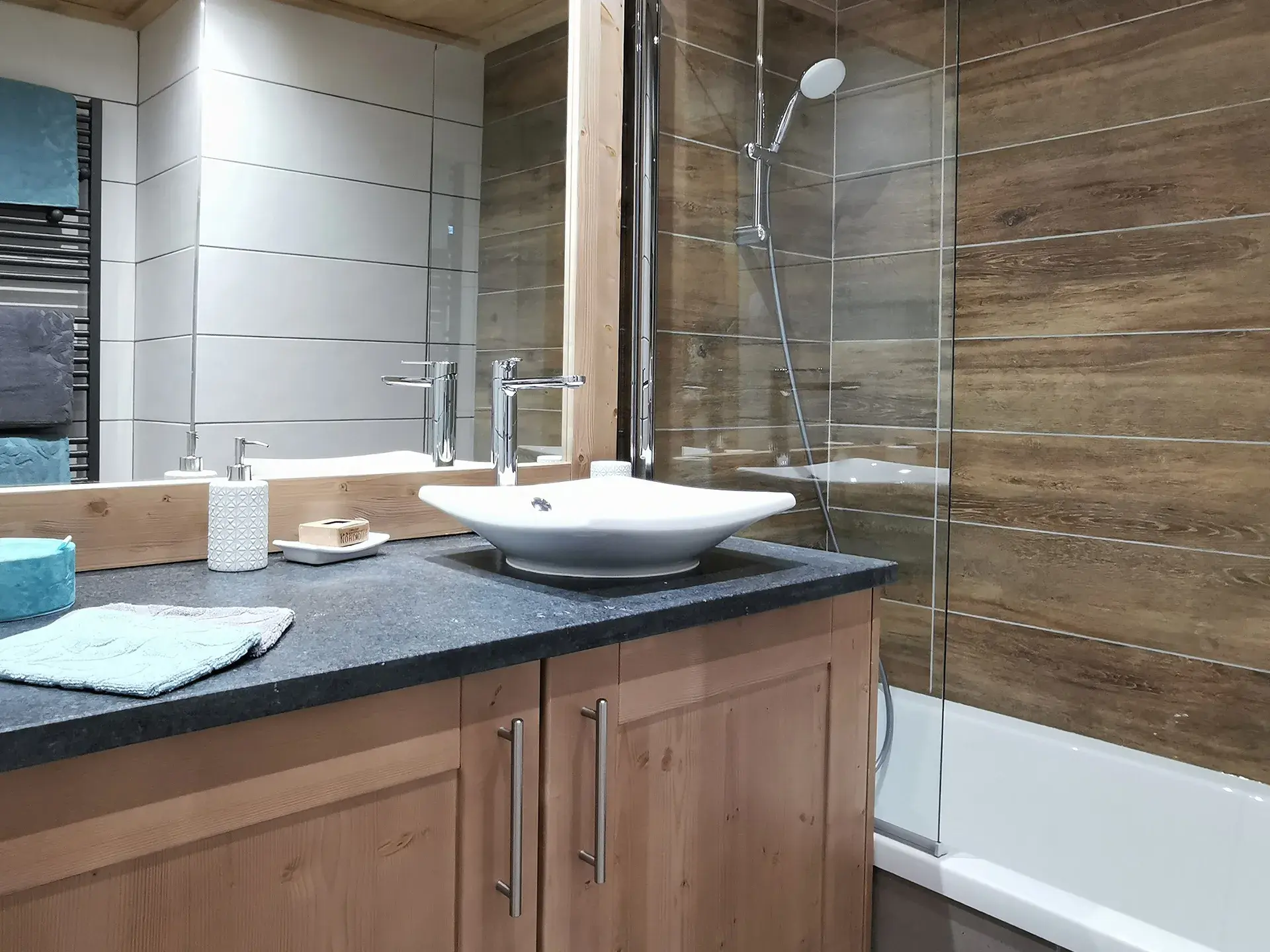
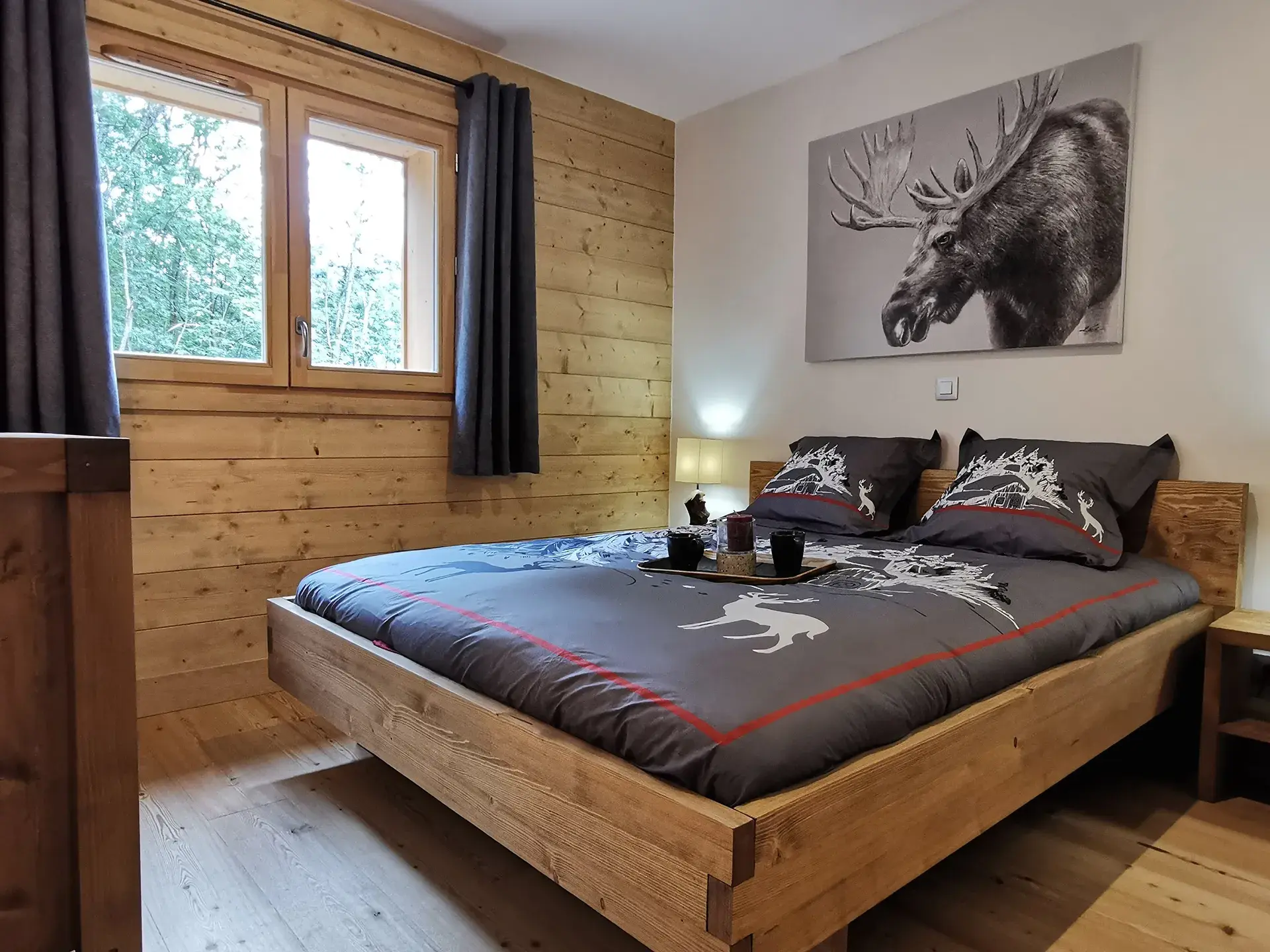
Les Saisies (73)
Chalet Caribou
From 2-bedroom to 4-bedroom
From 515 000 € incl. VAT









